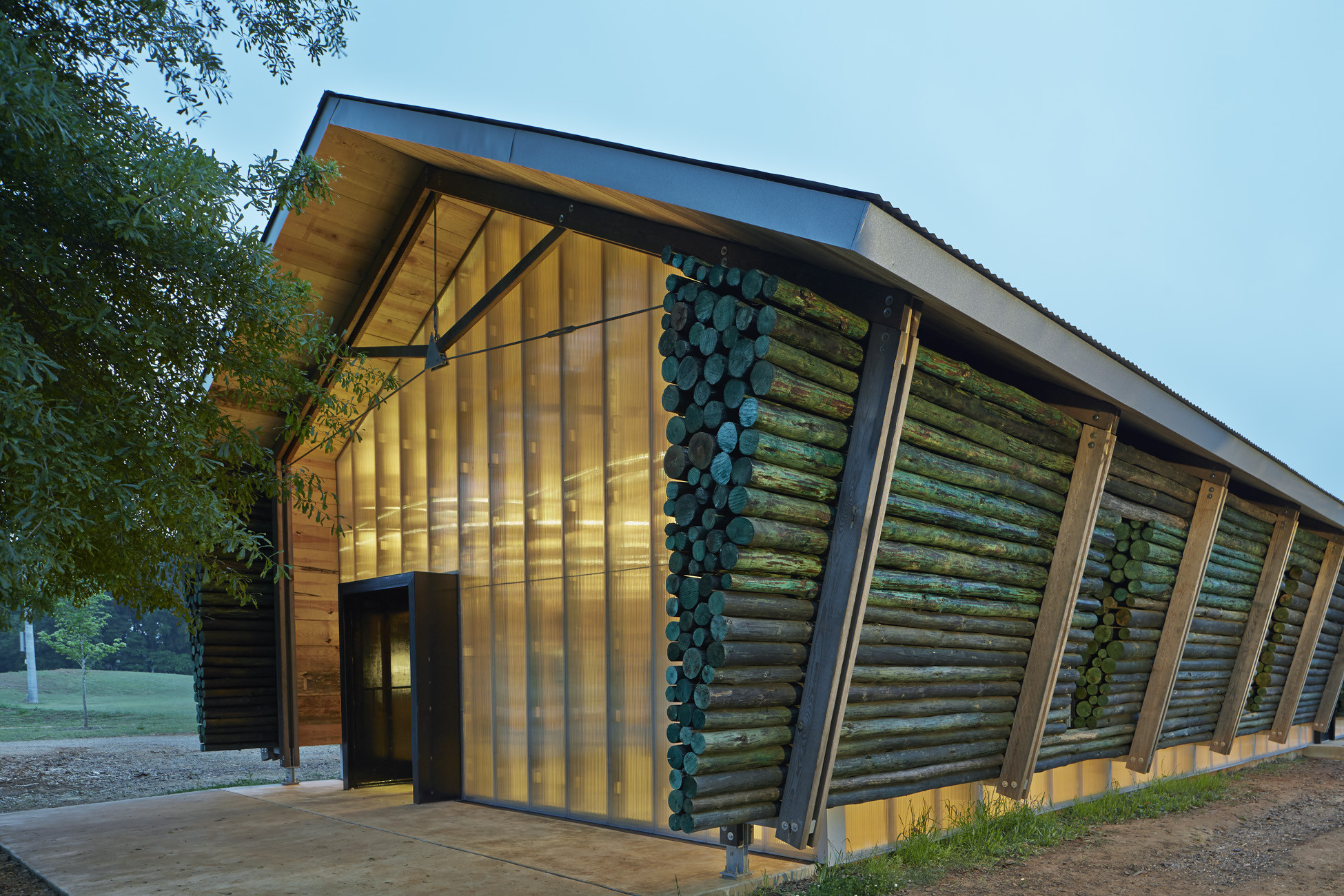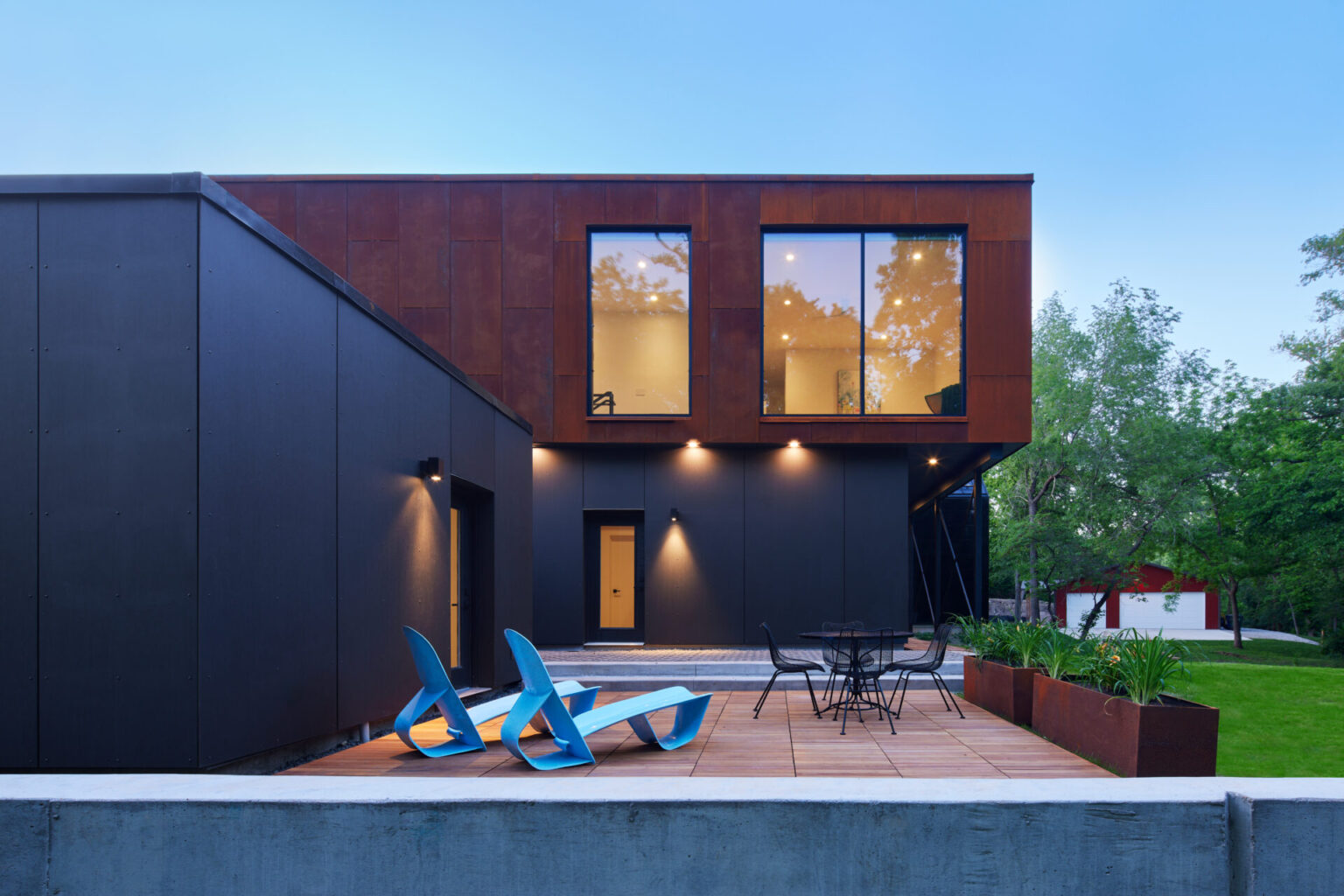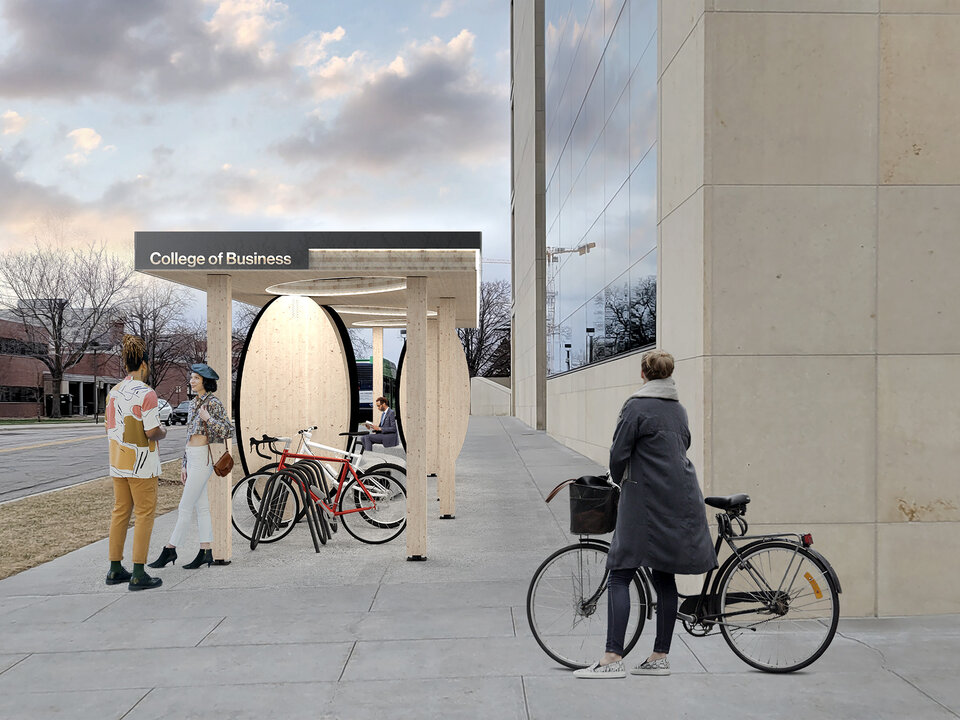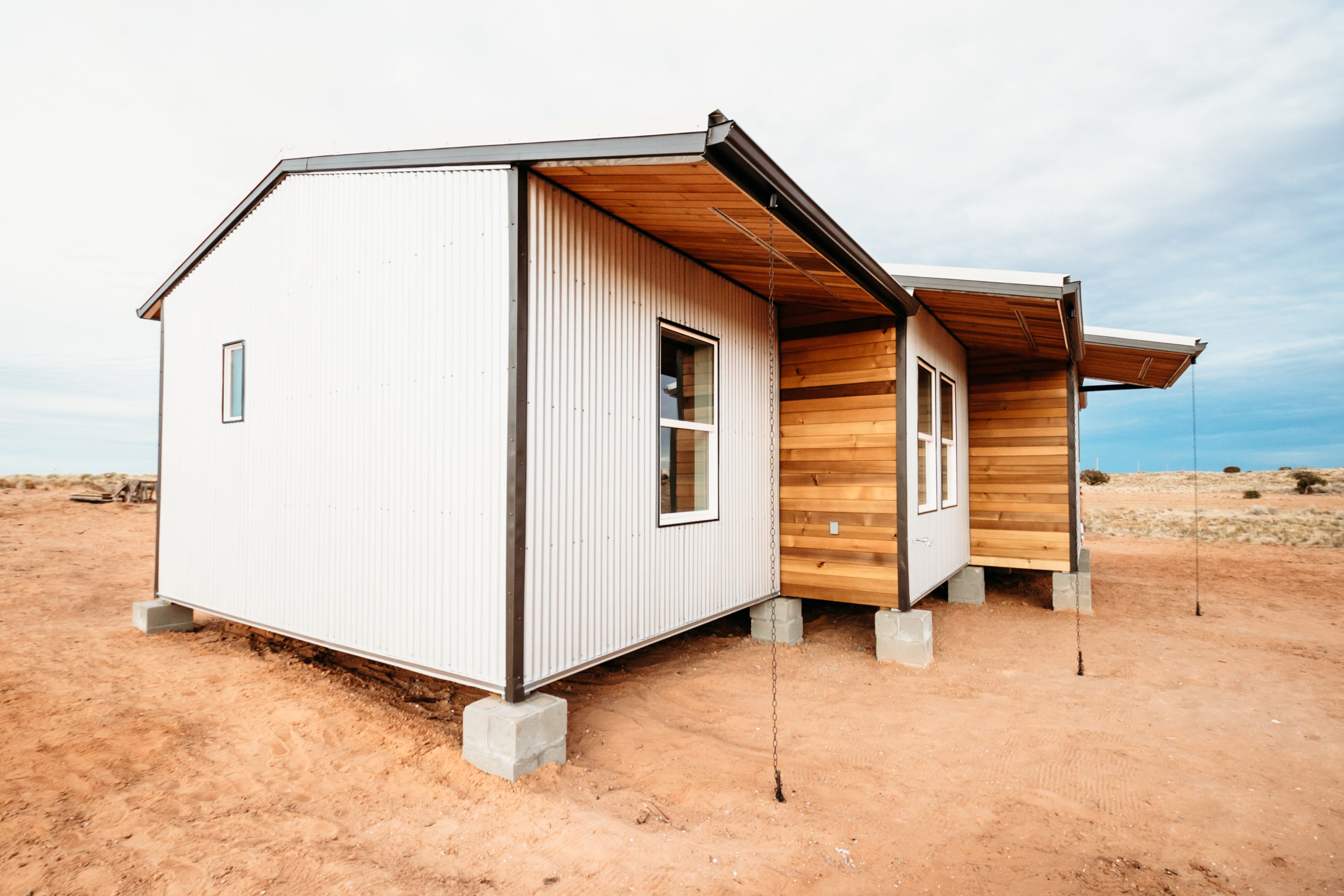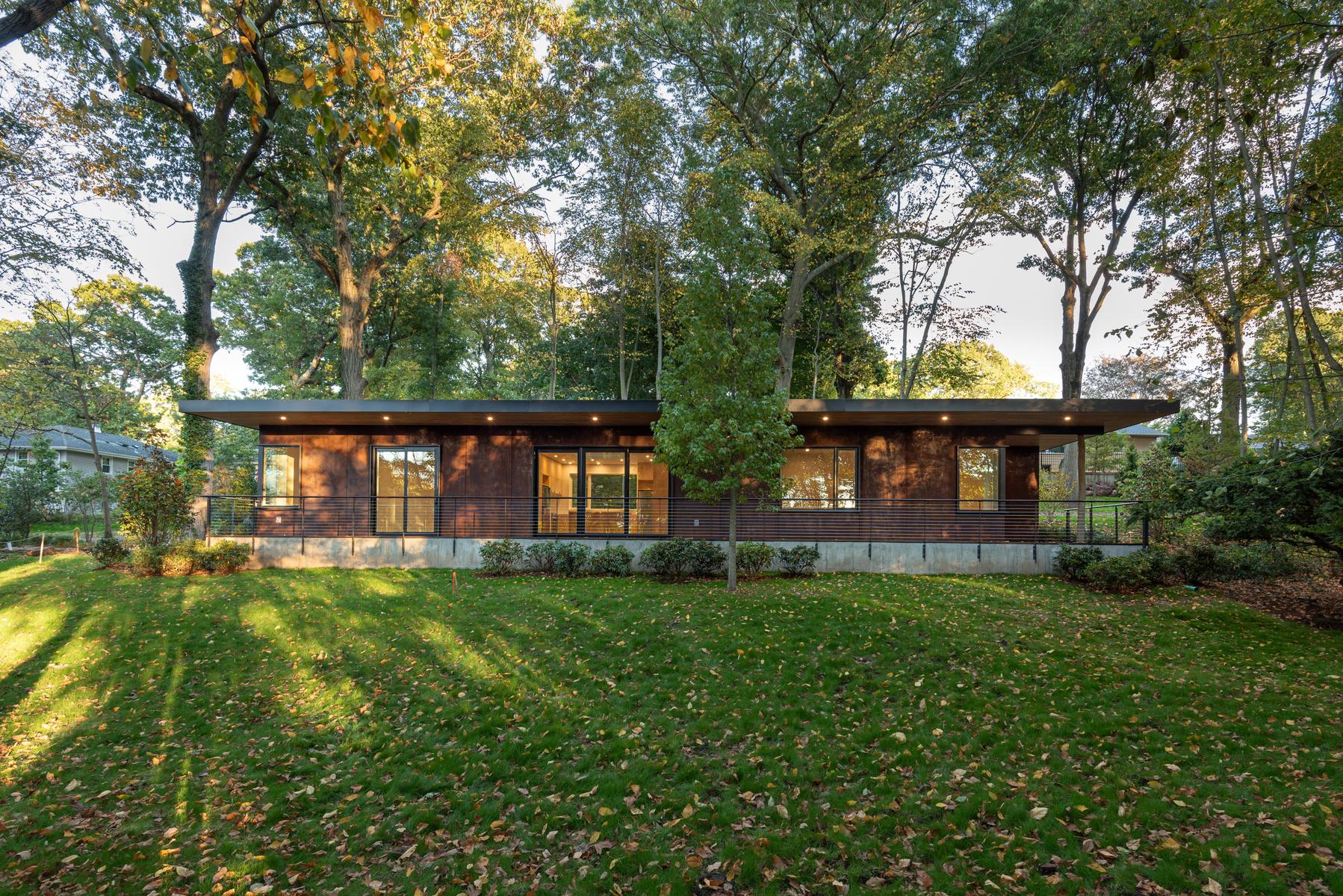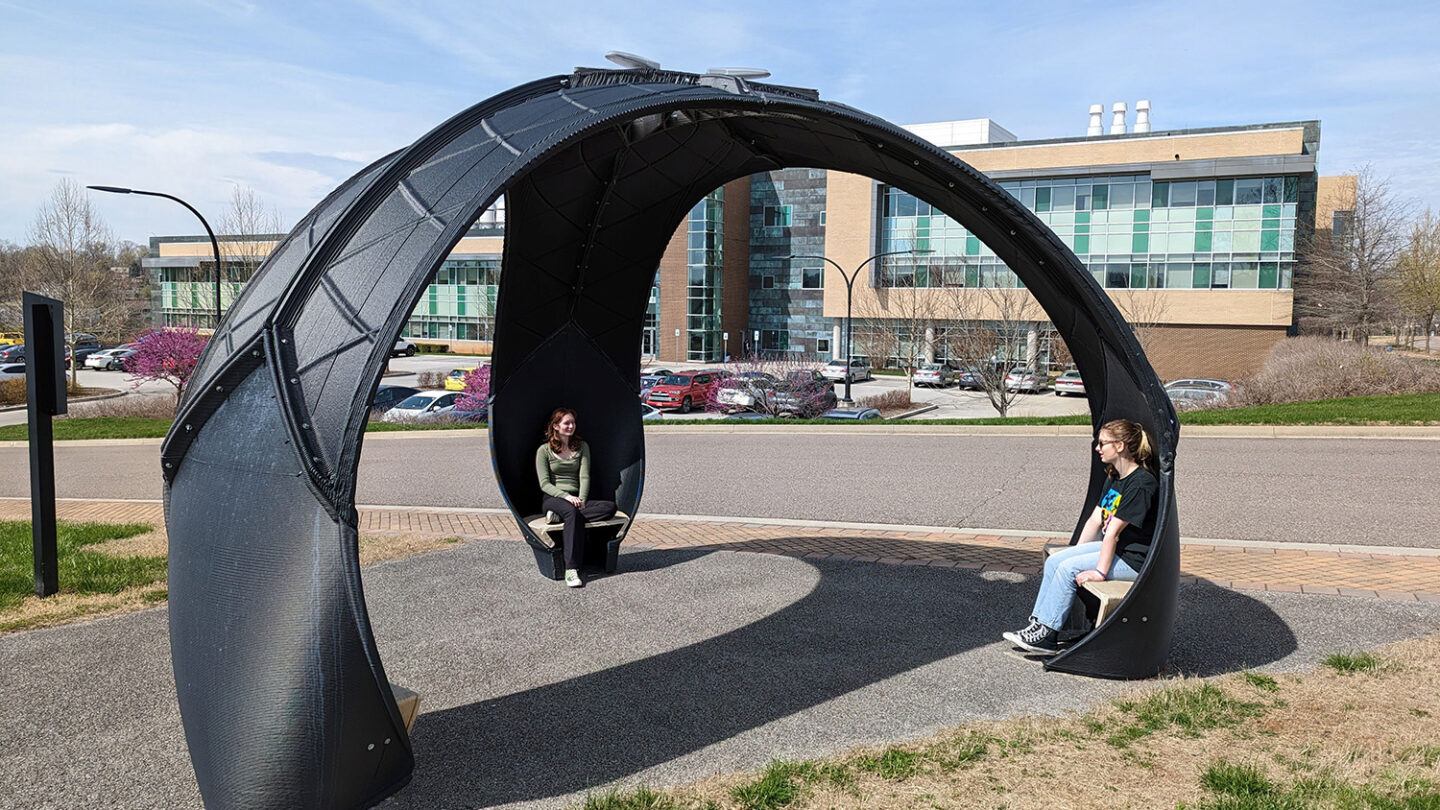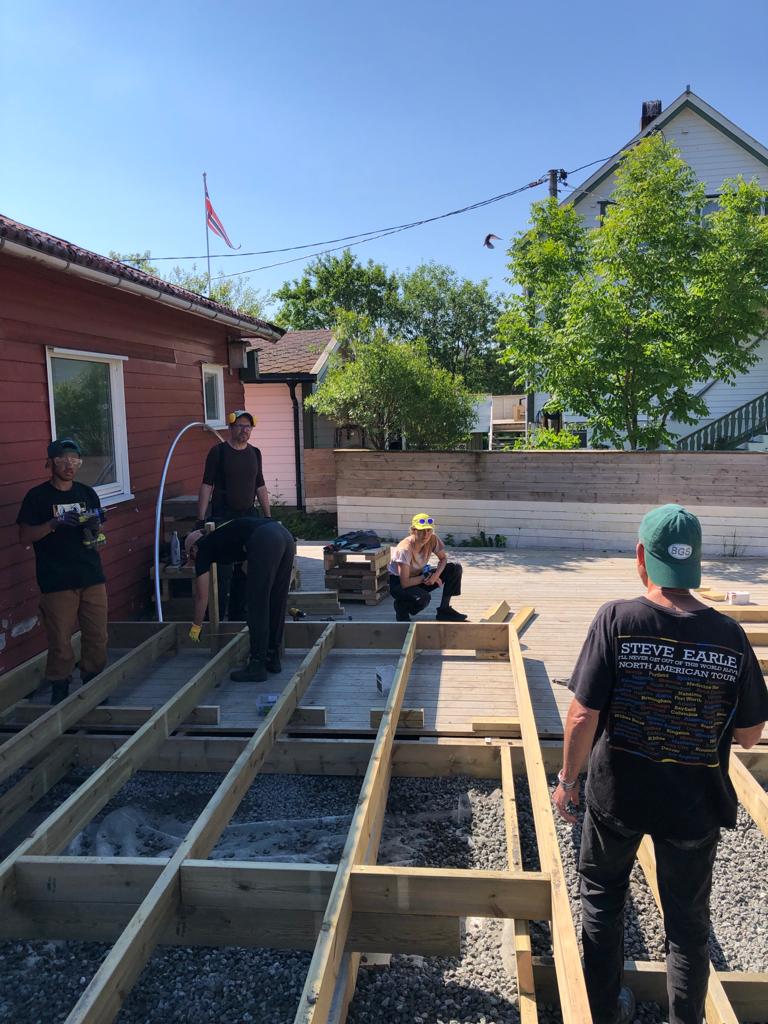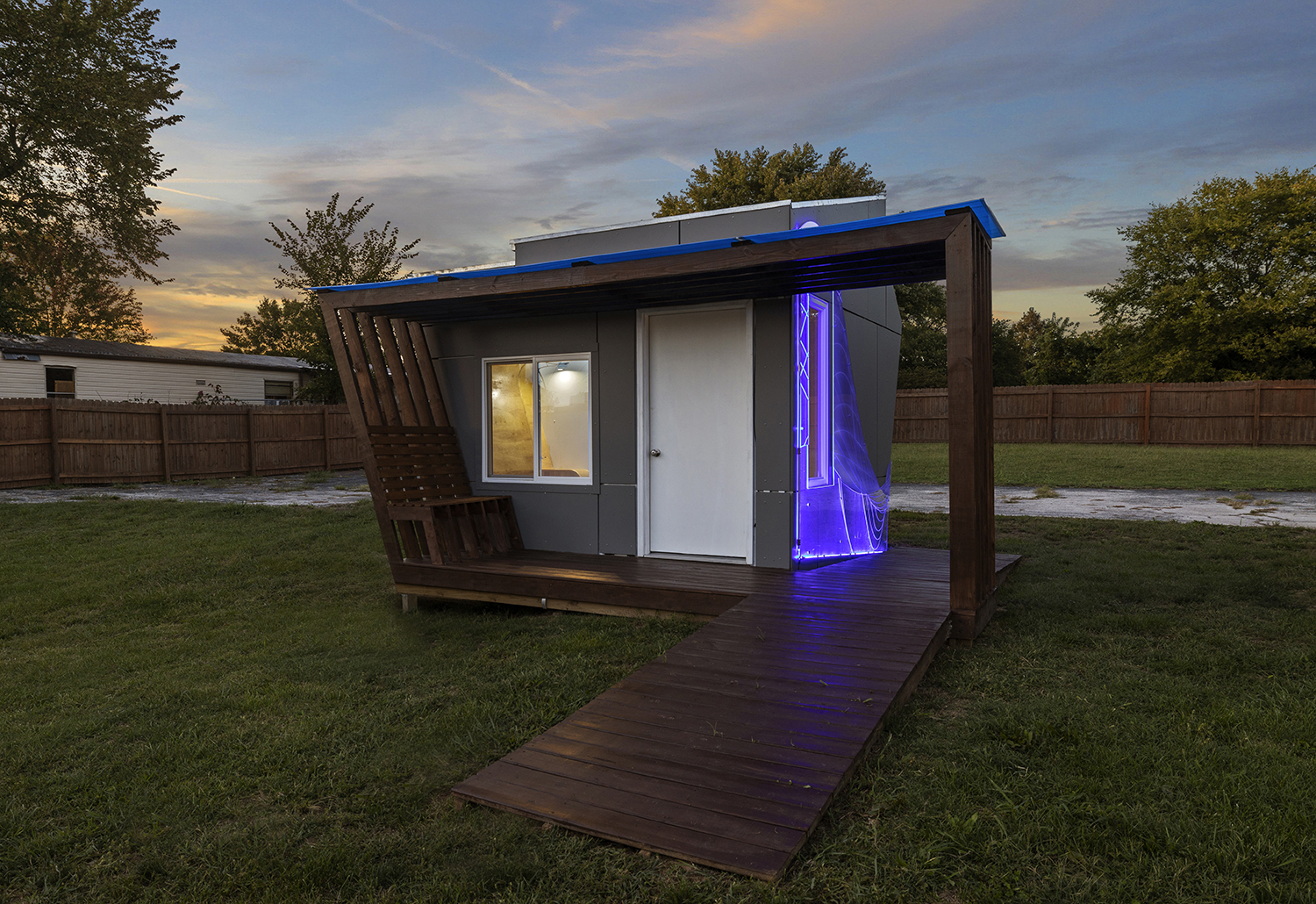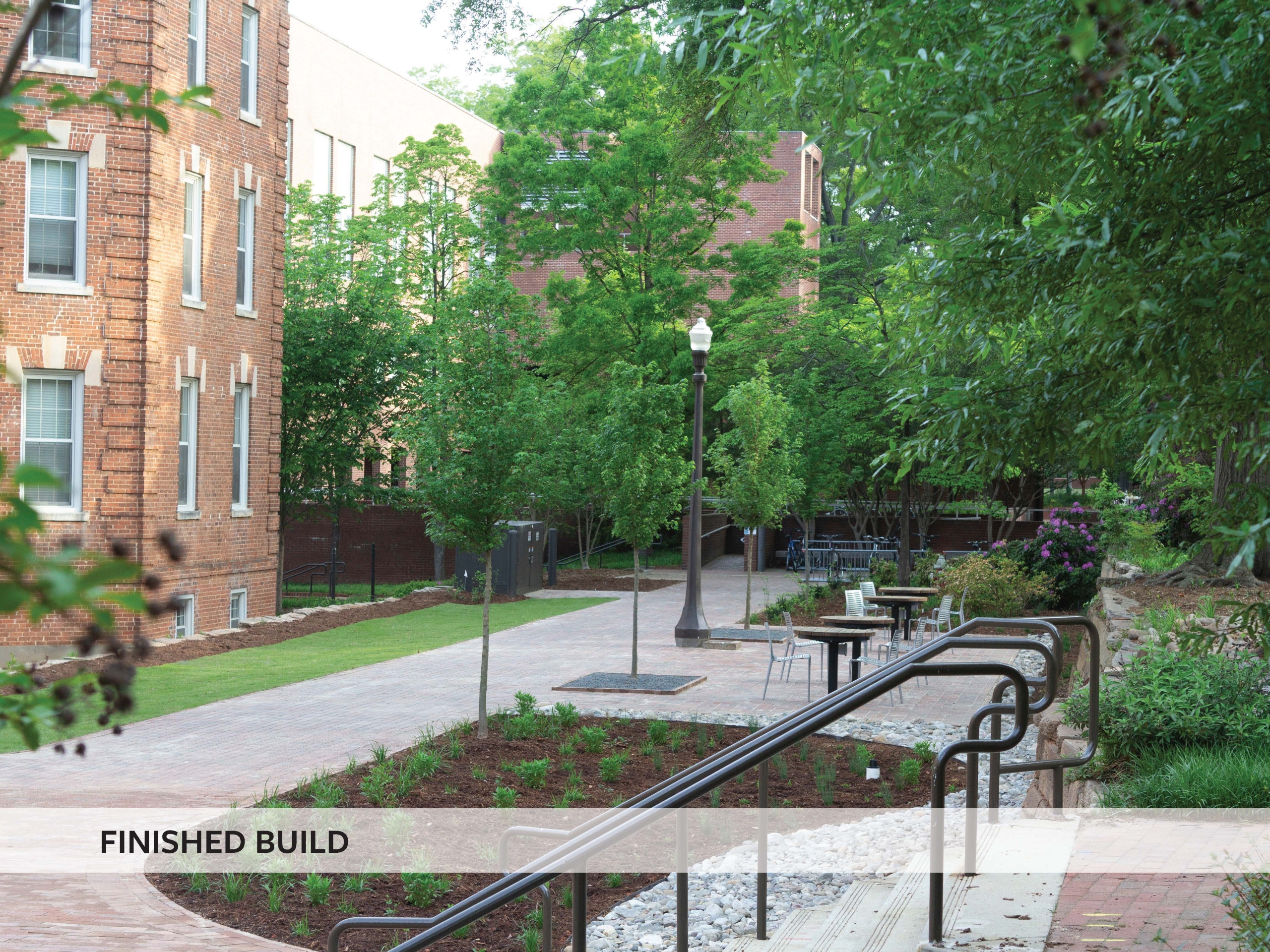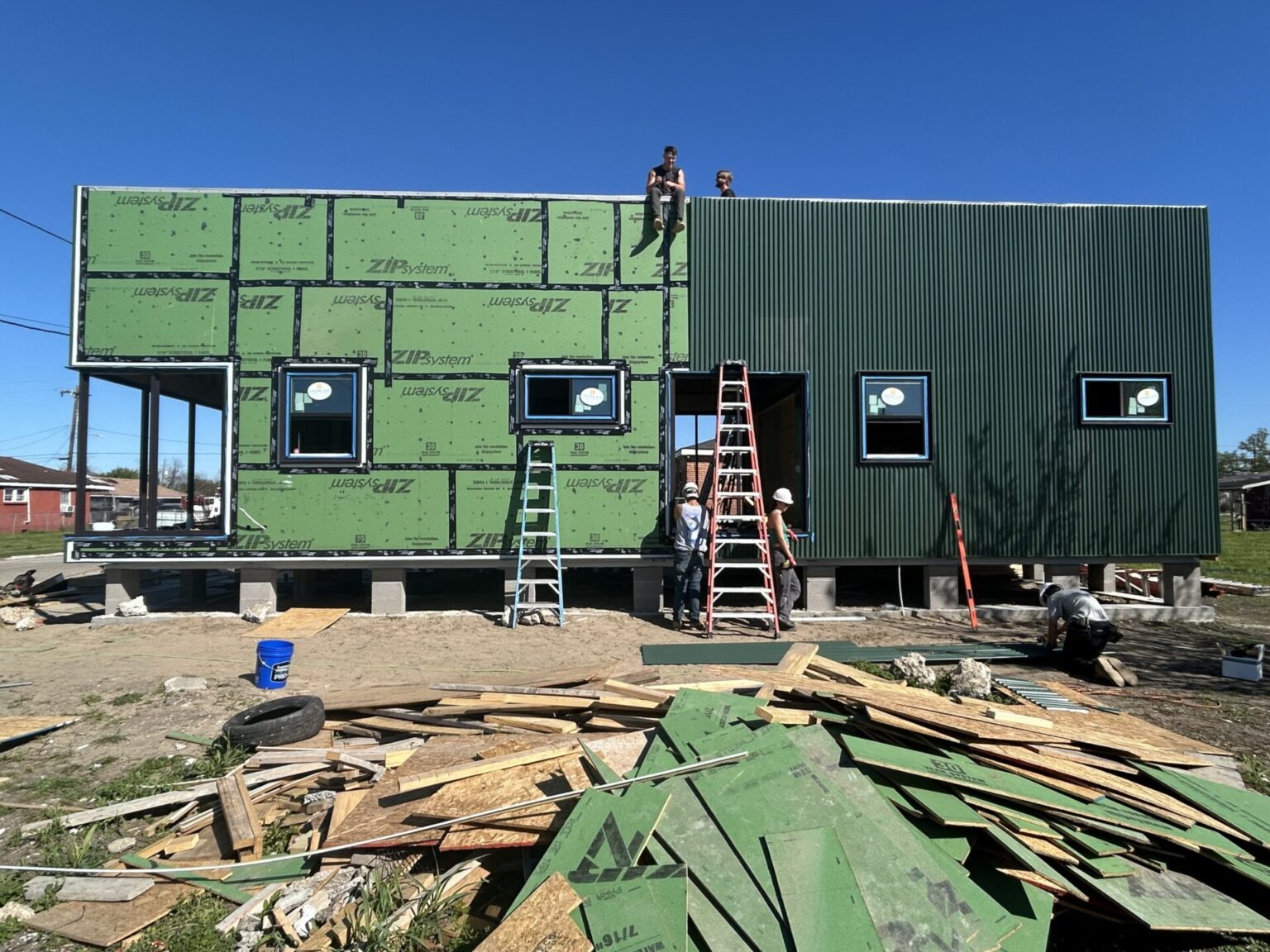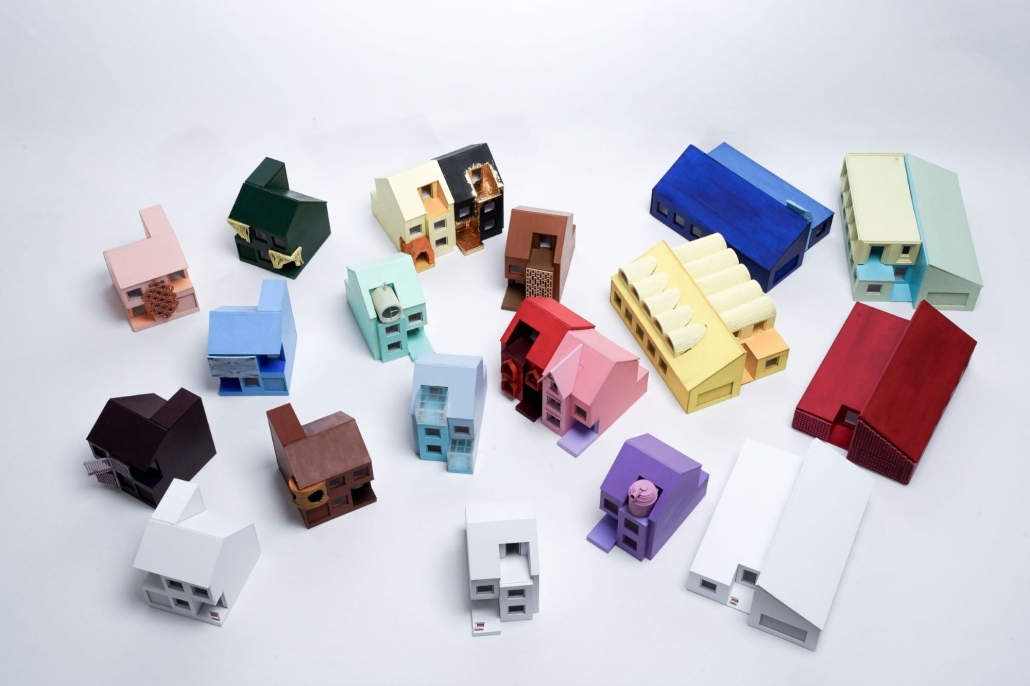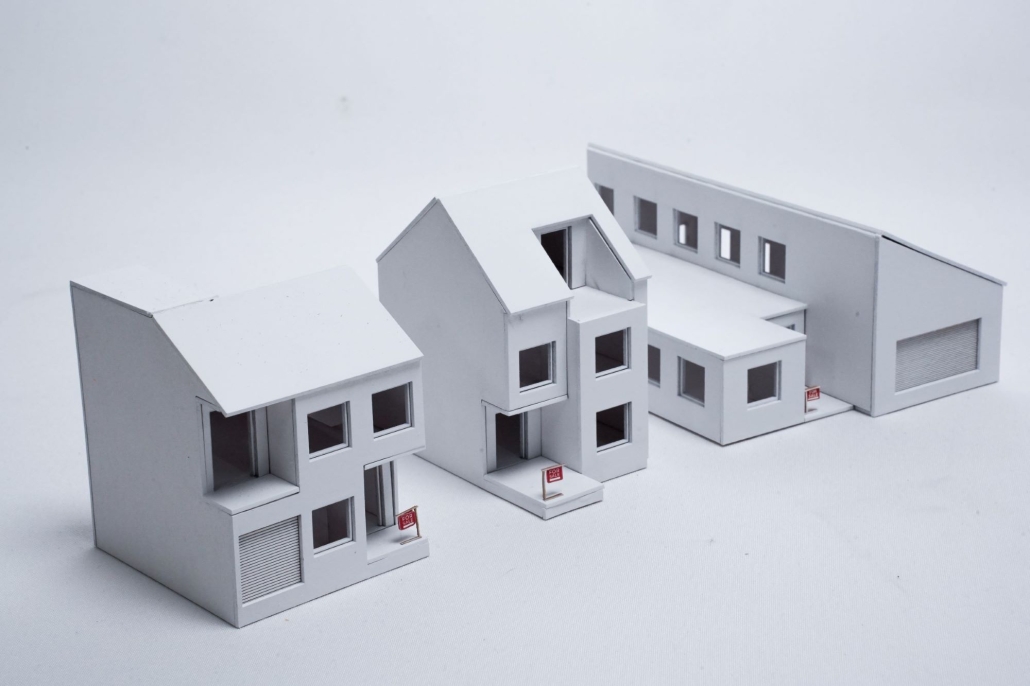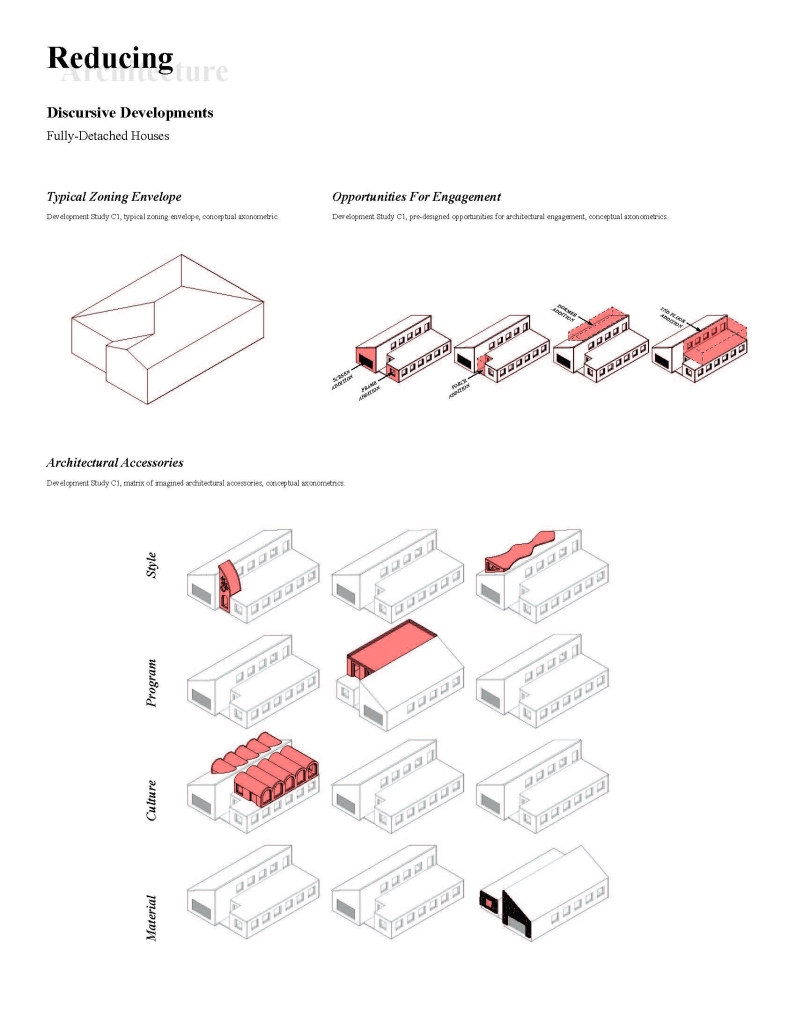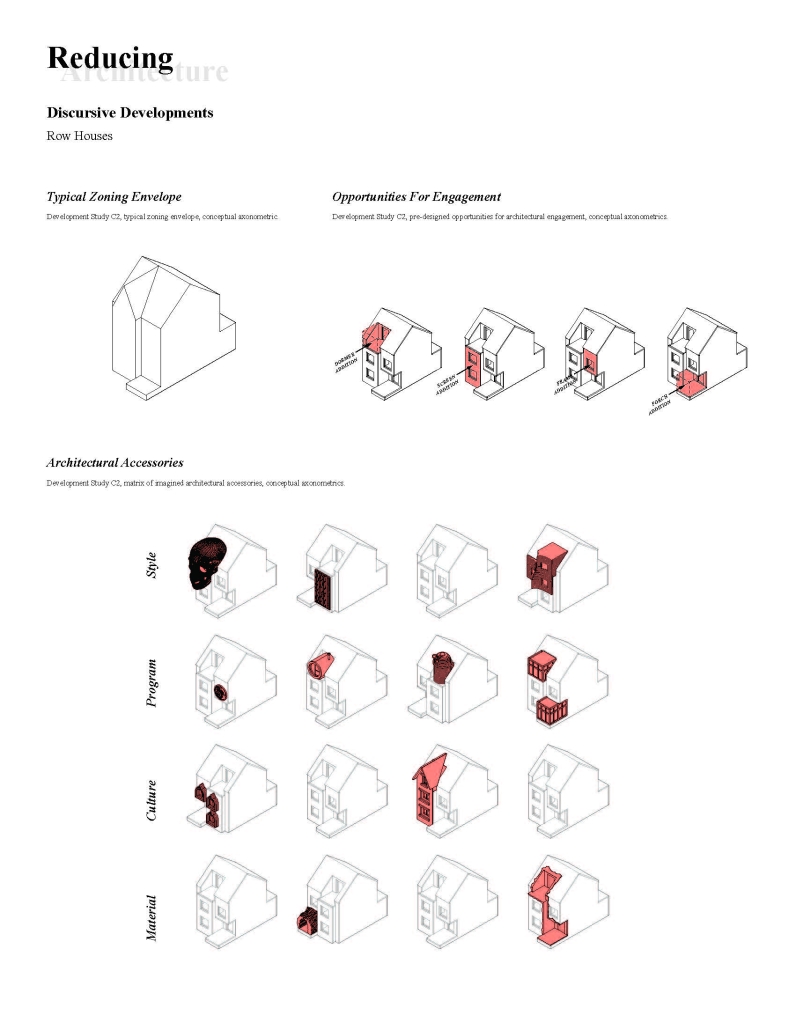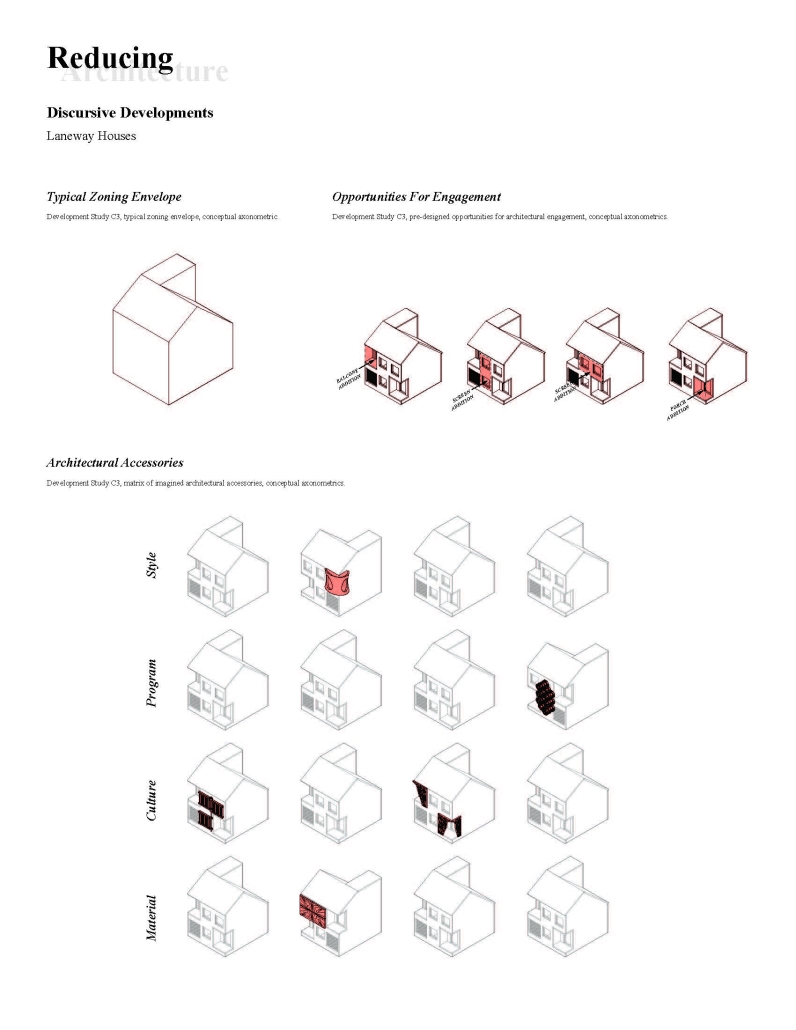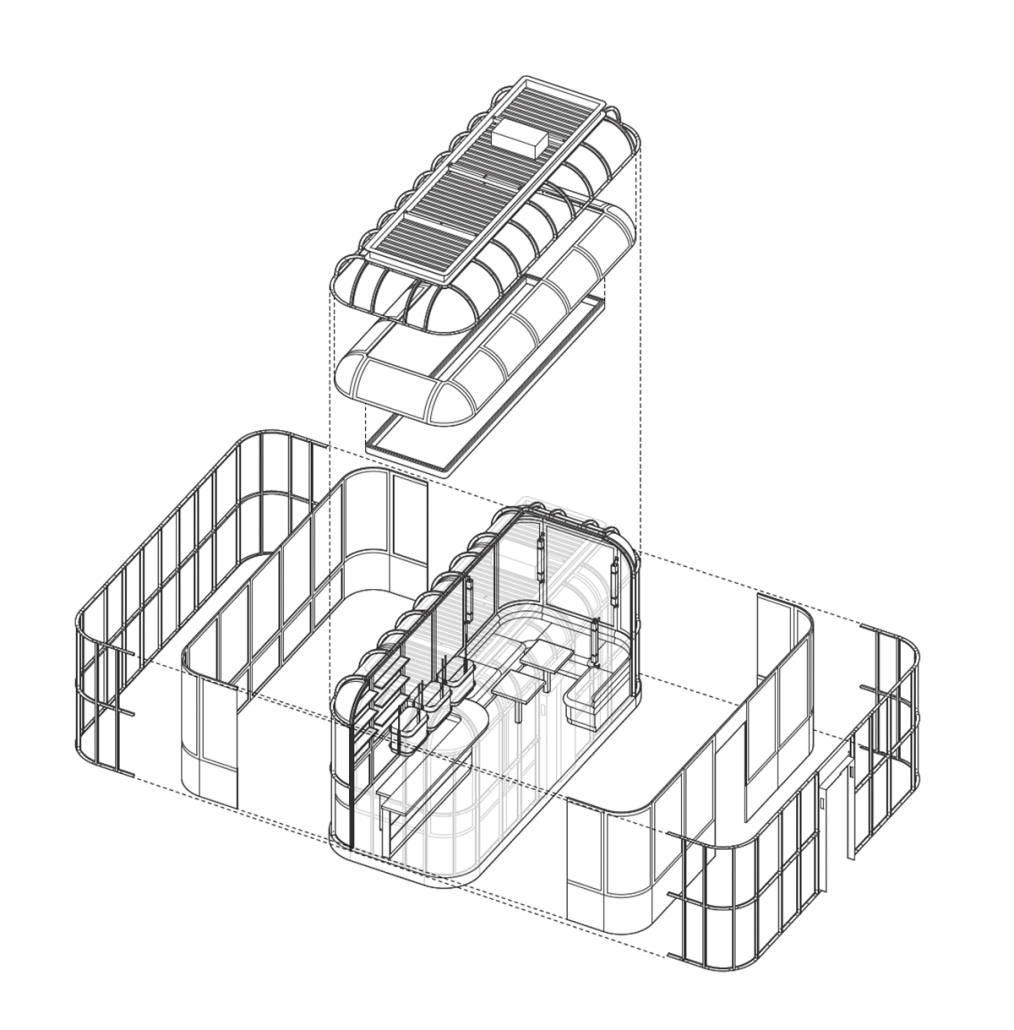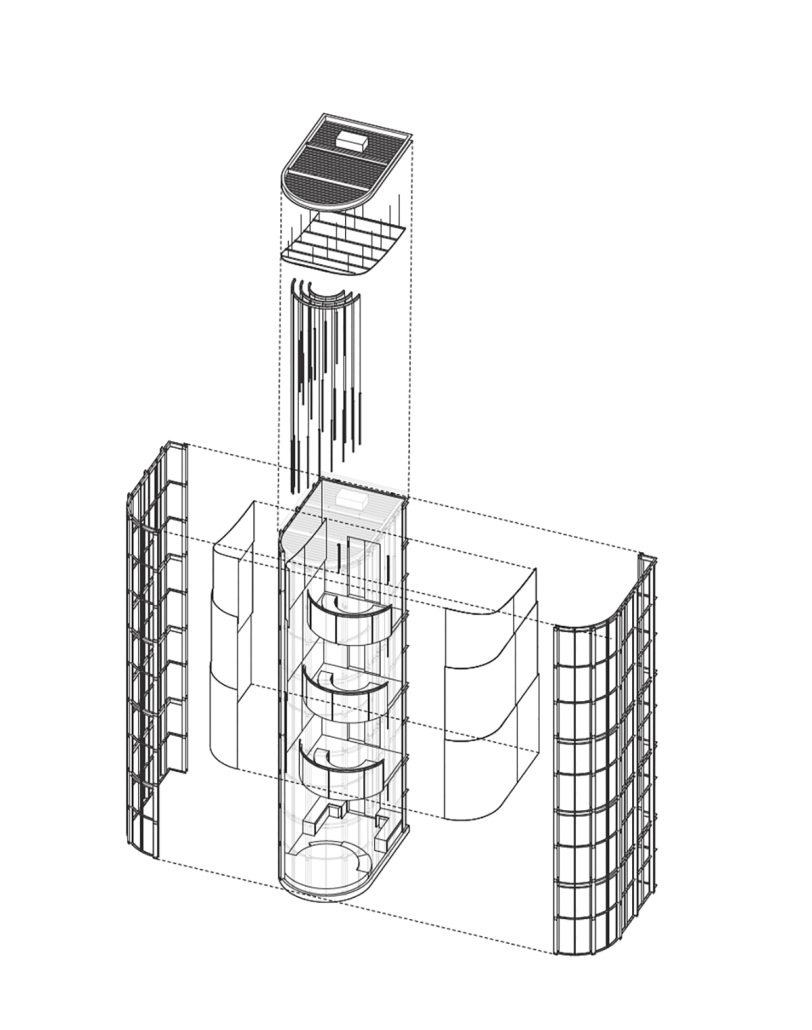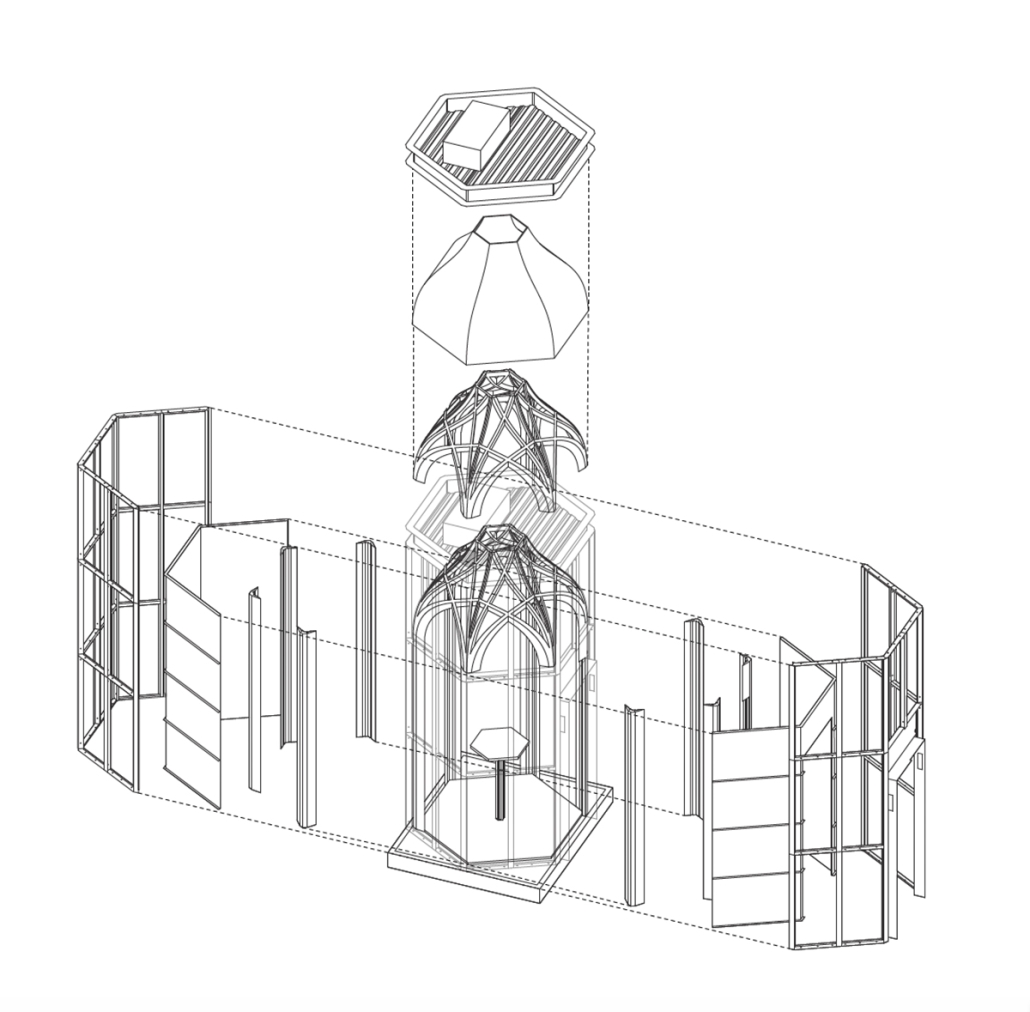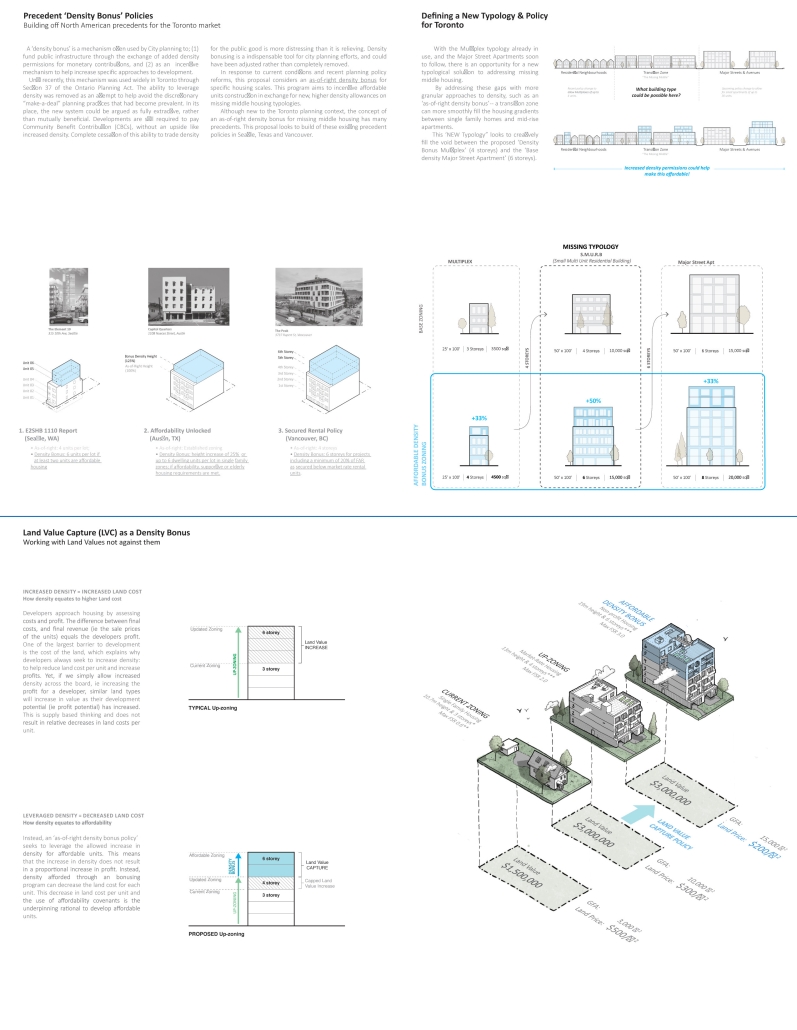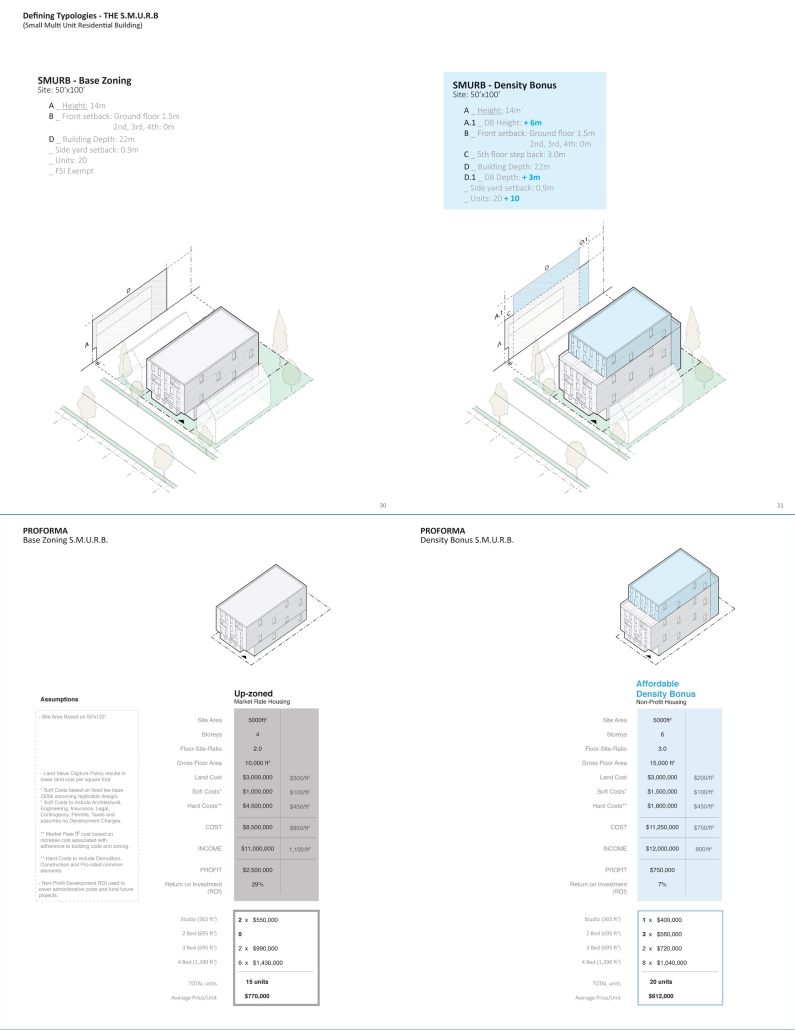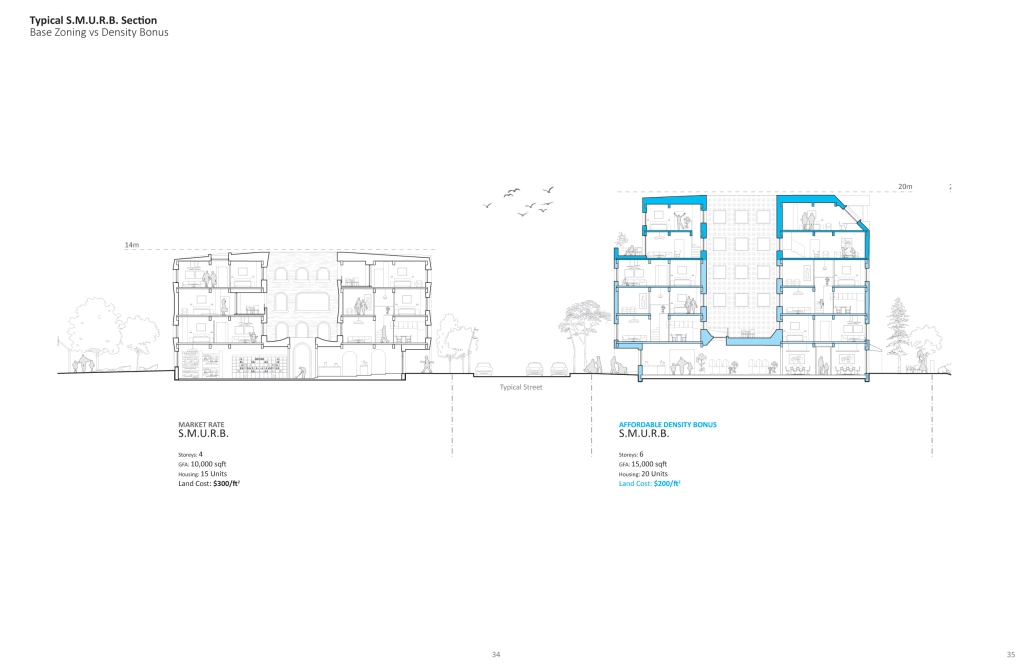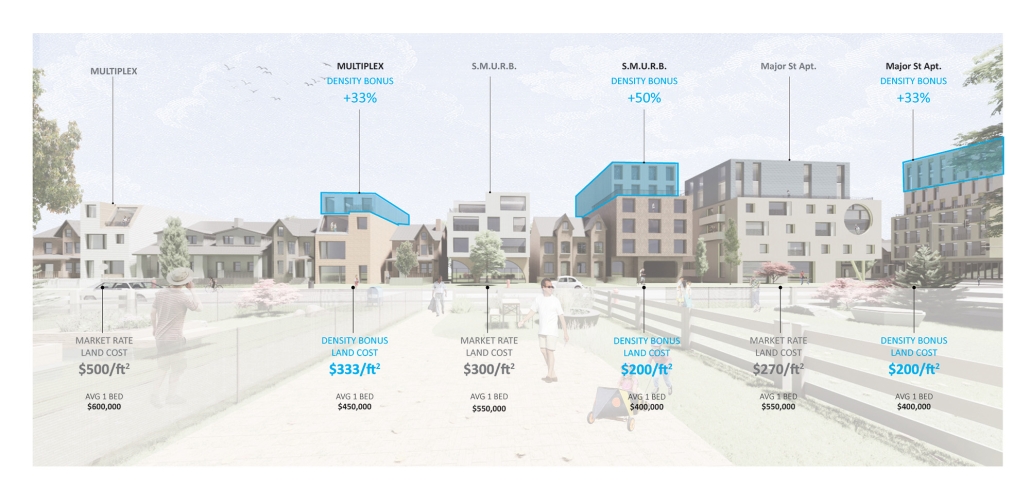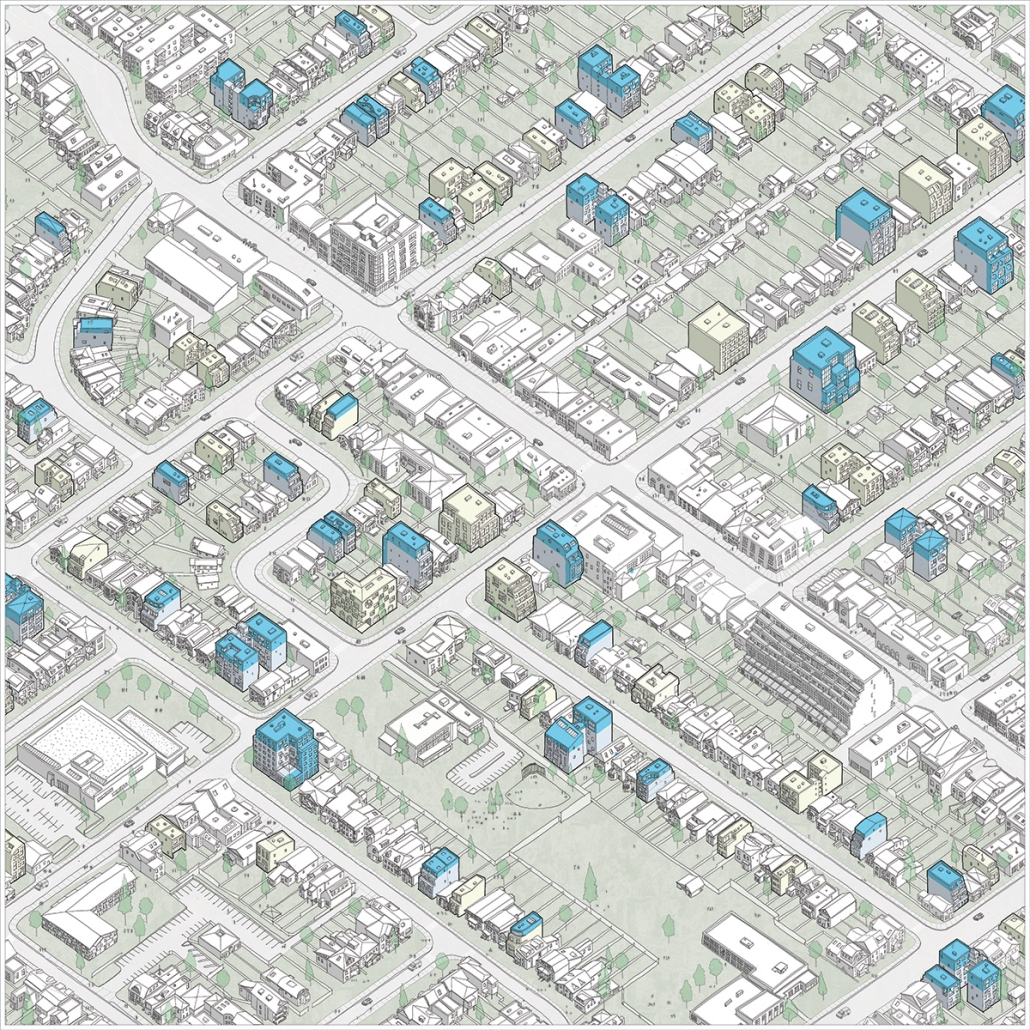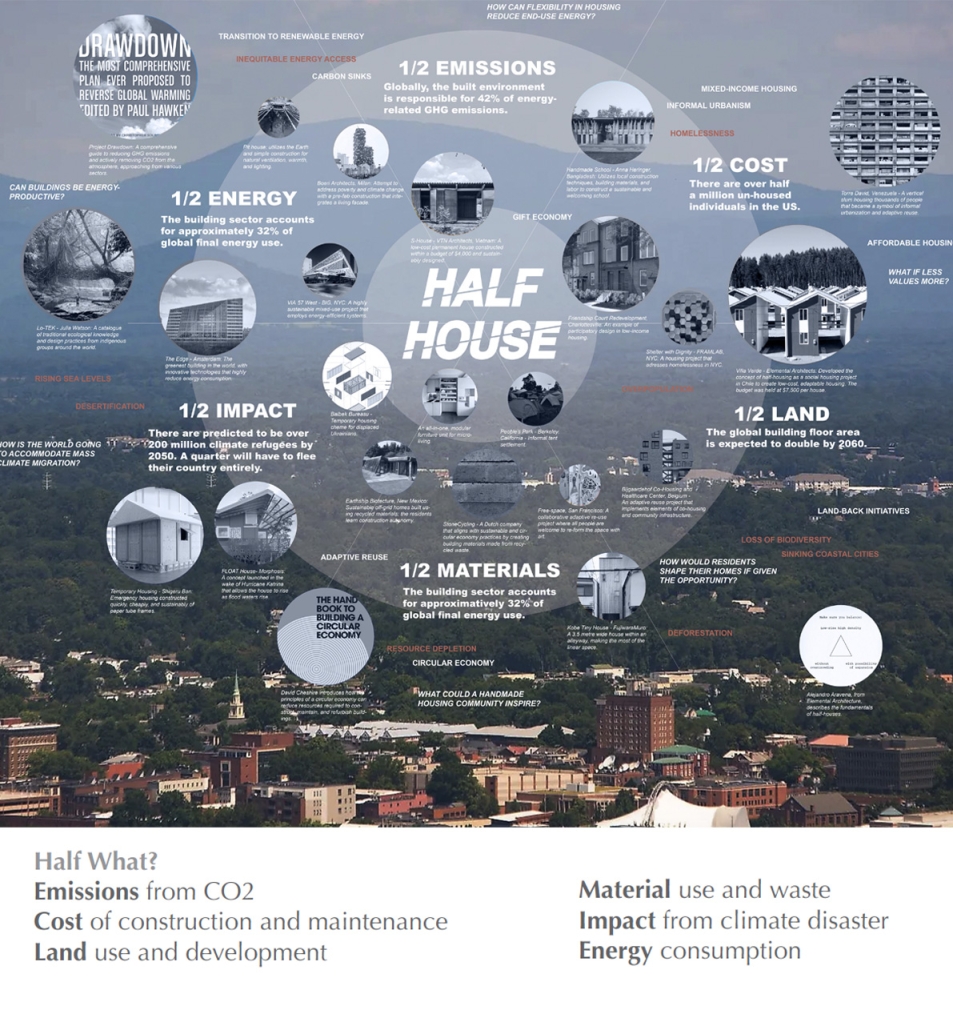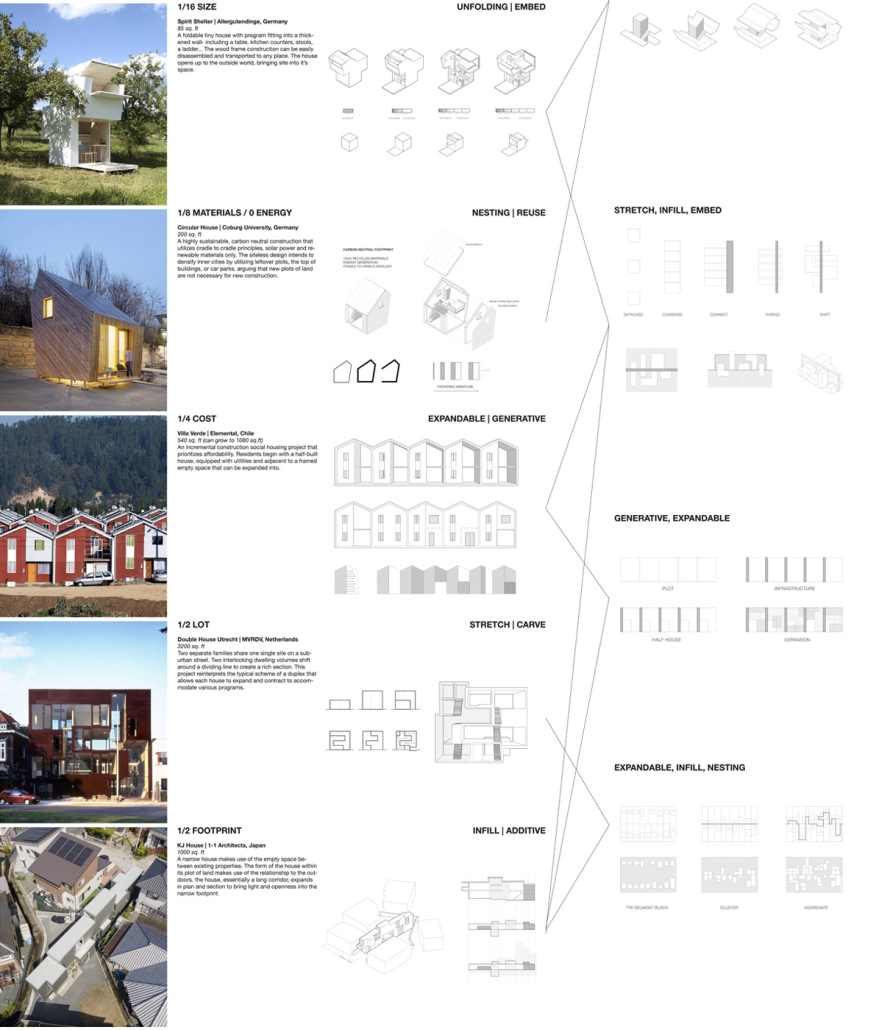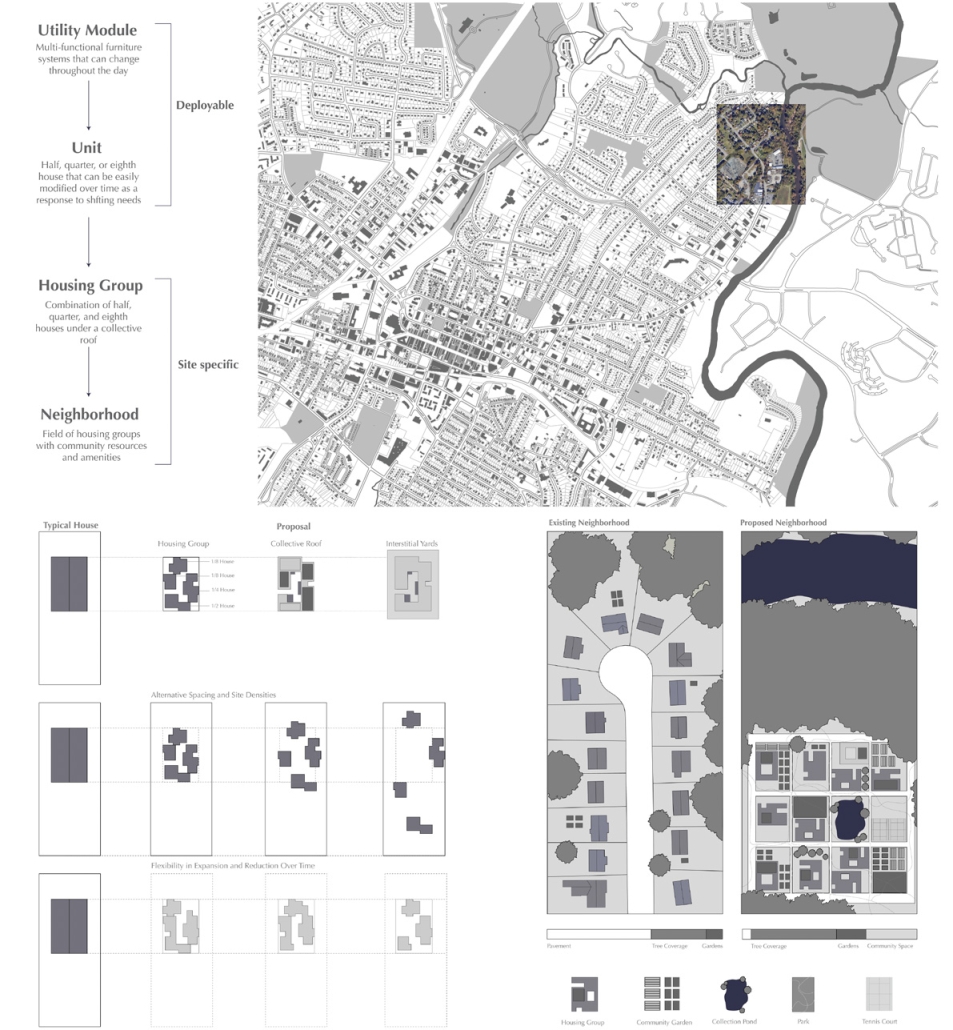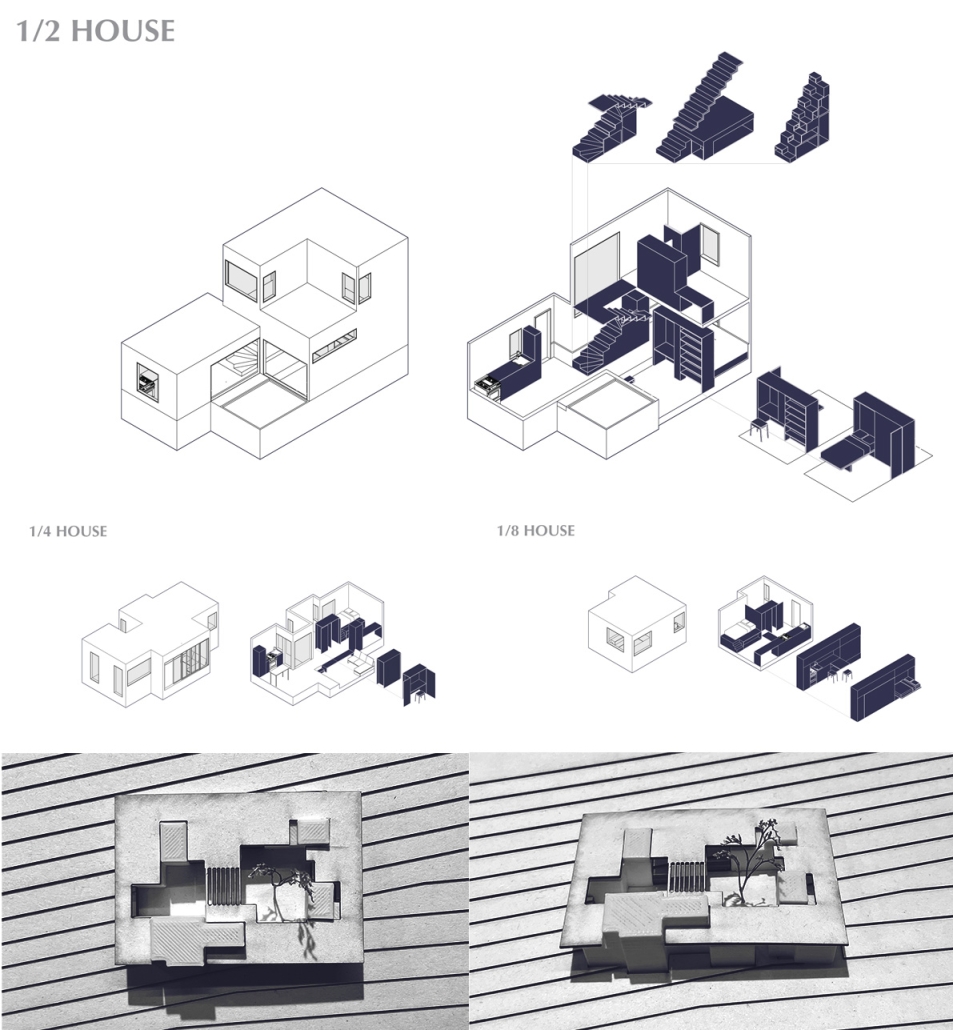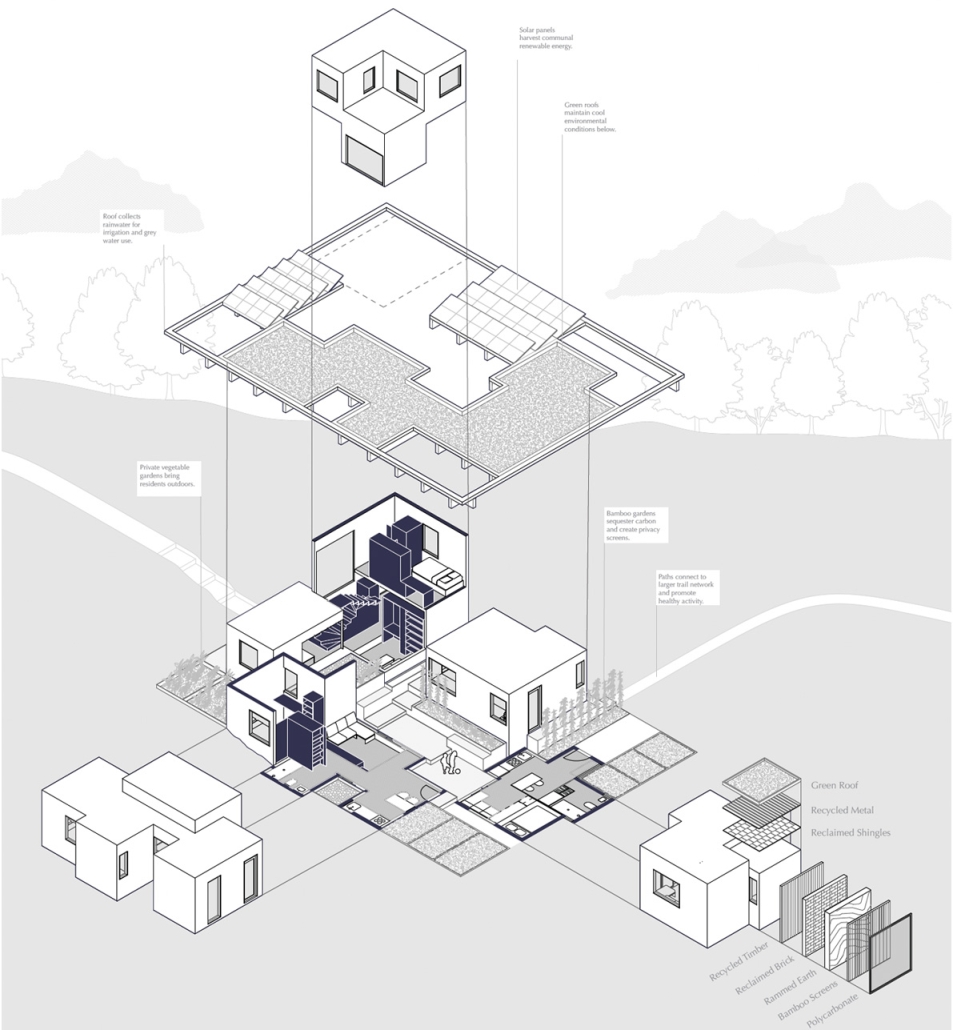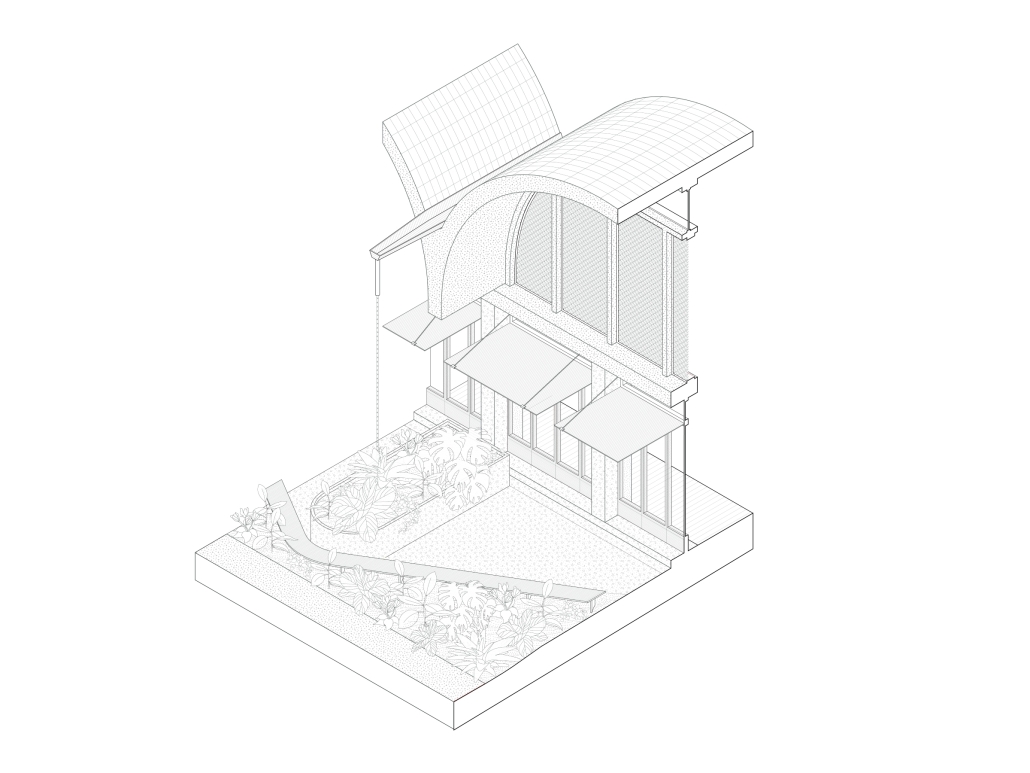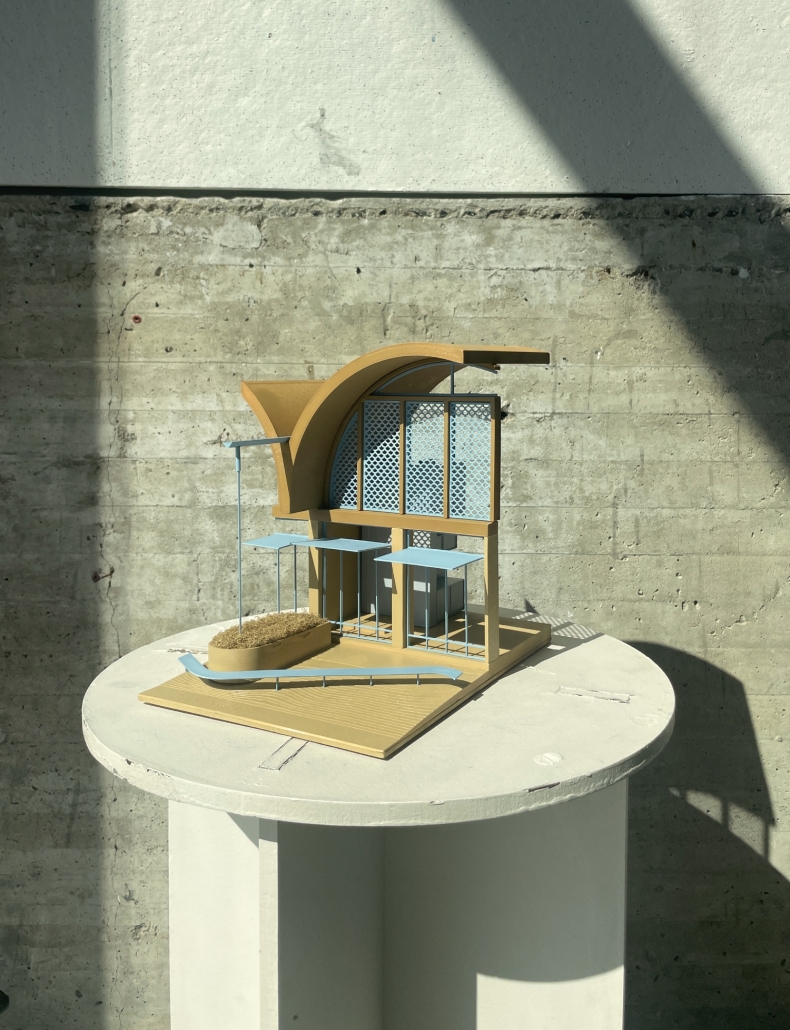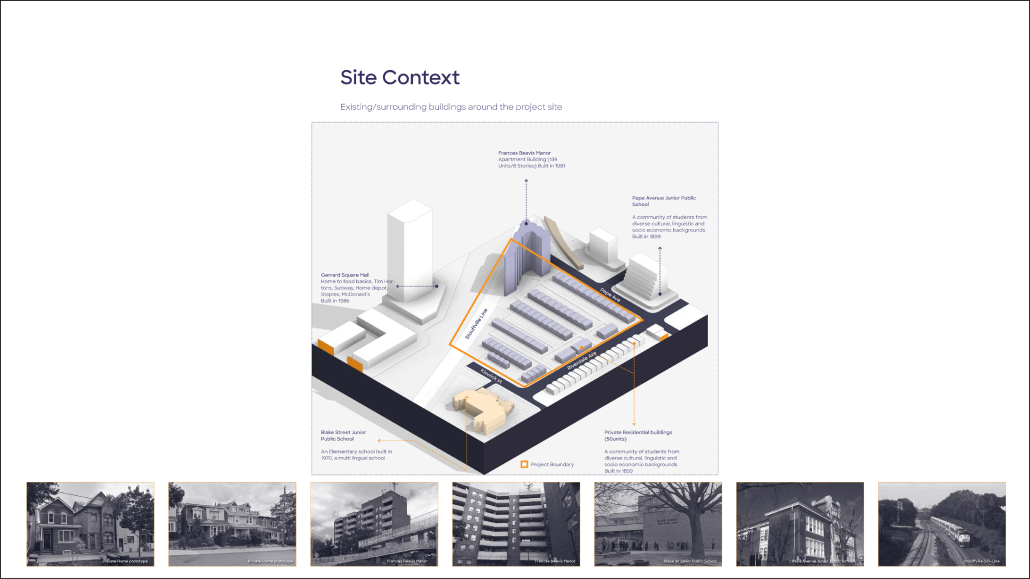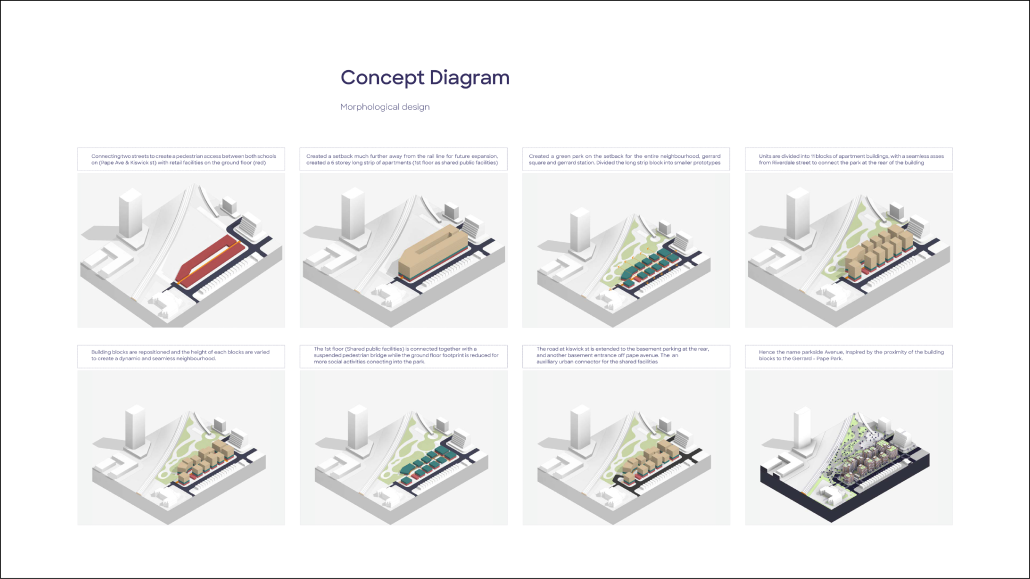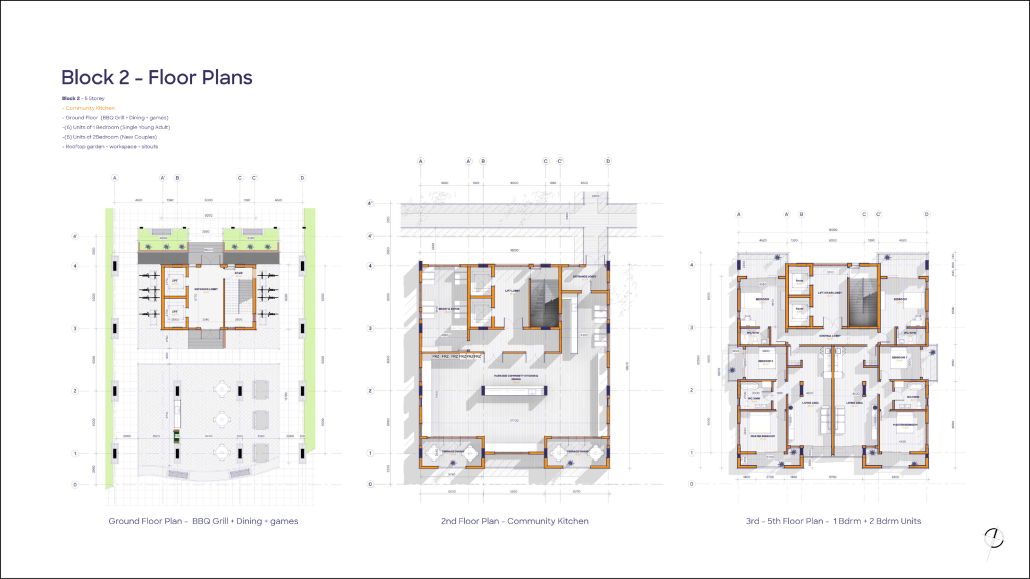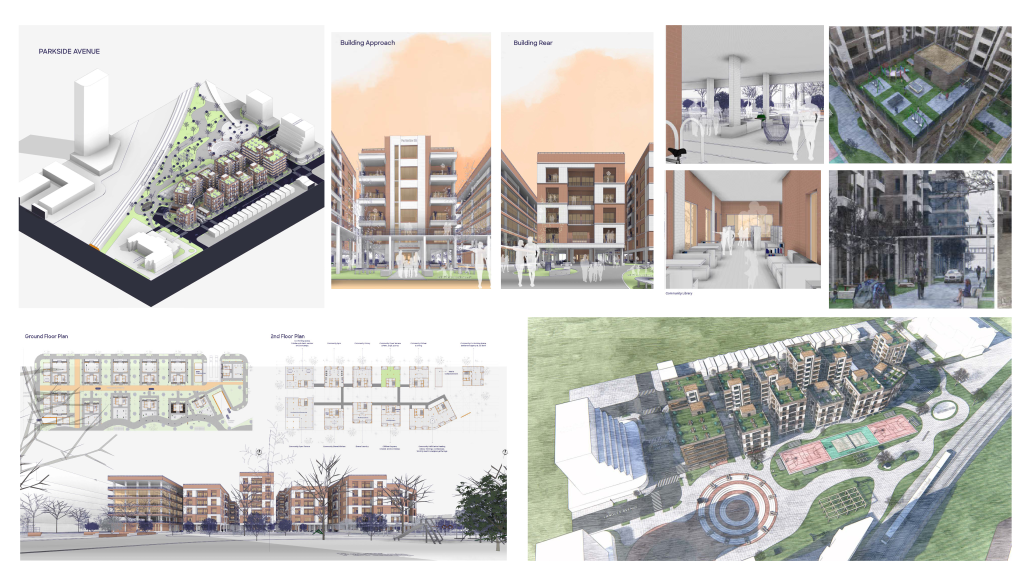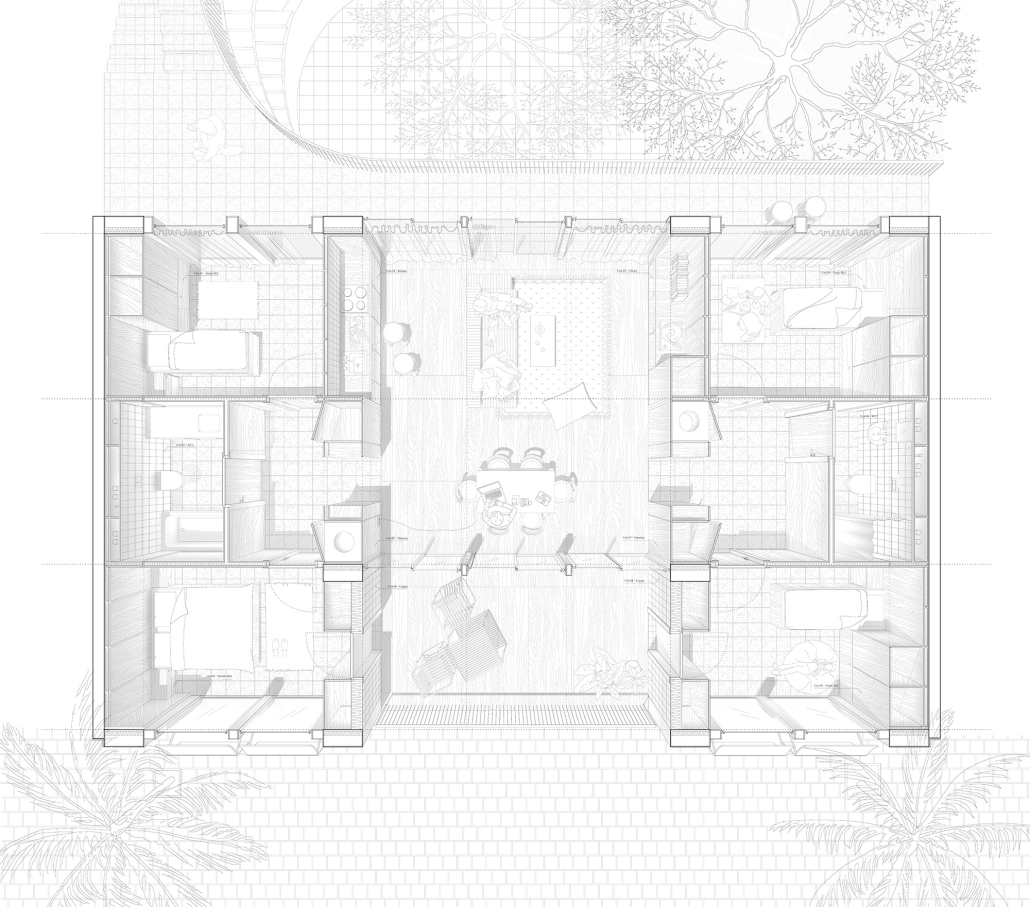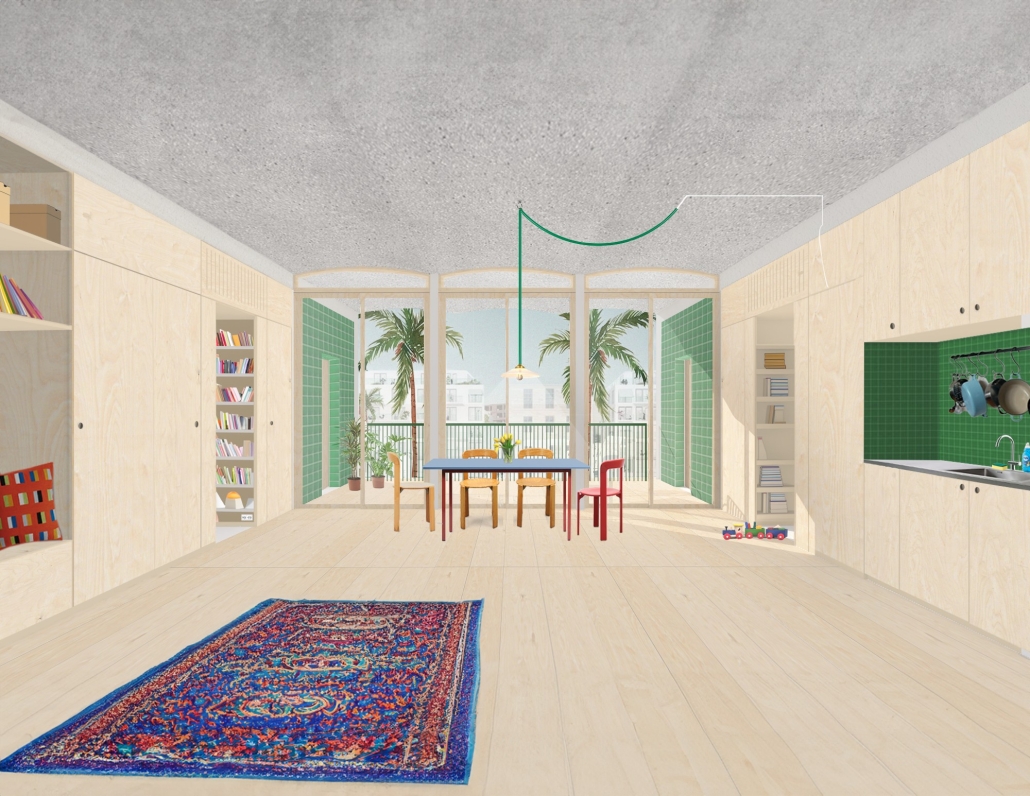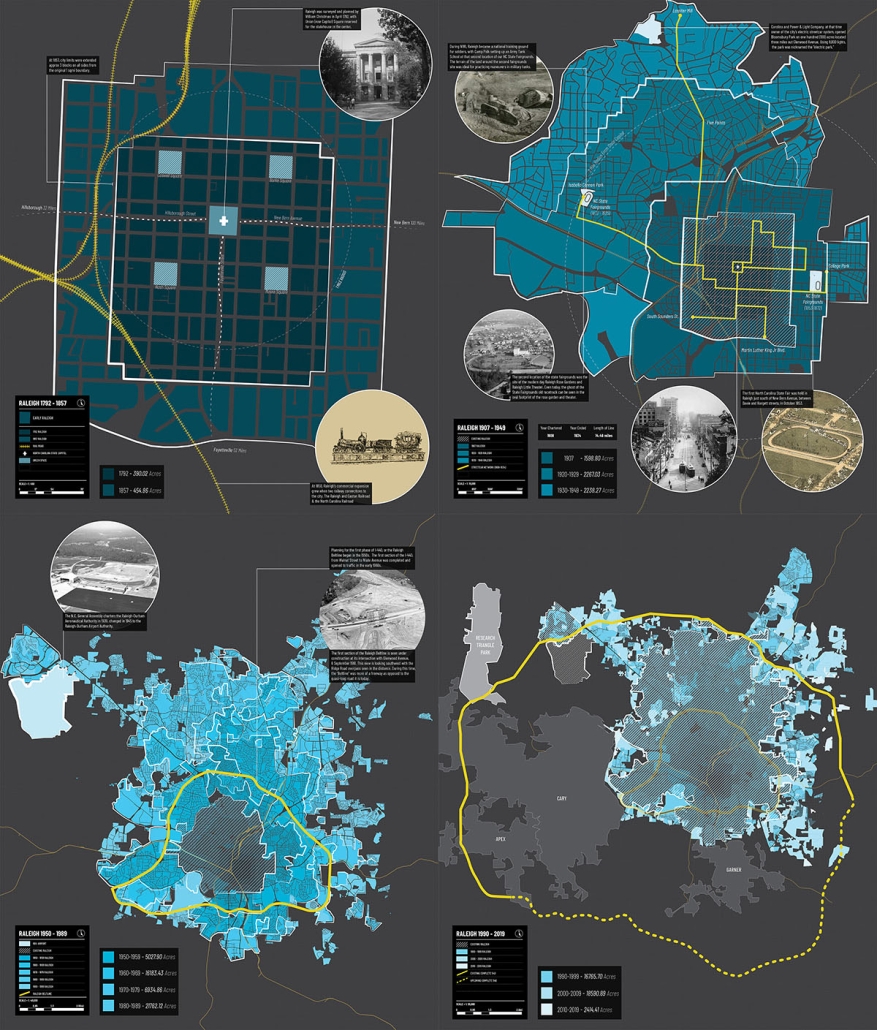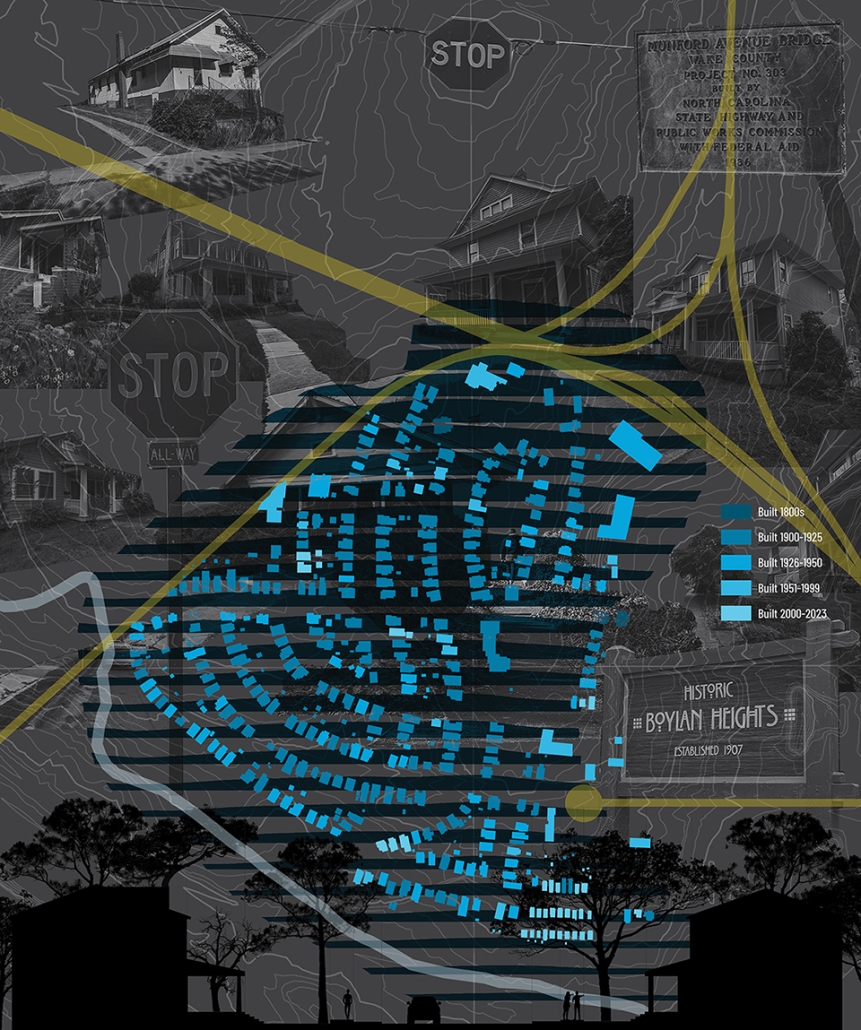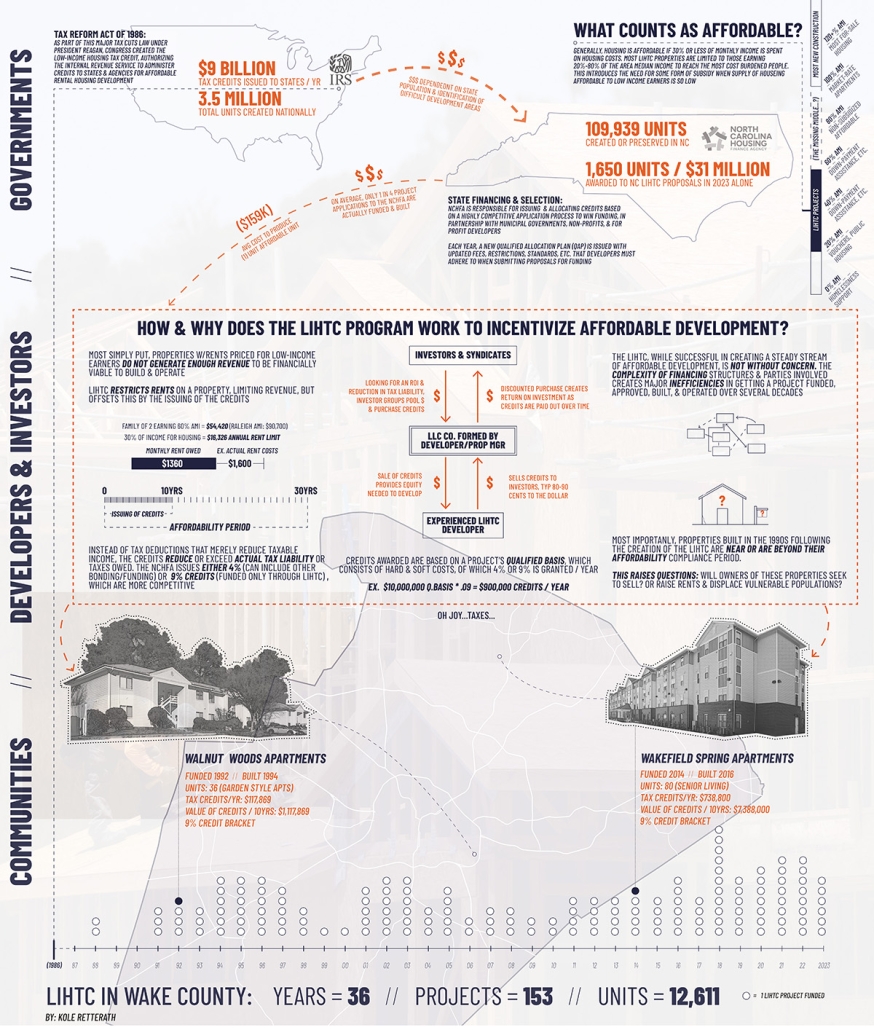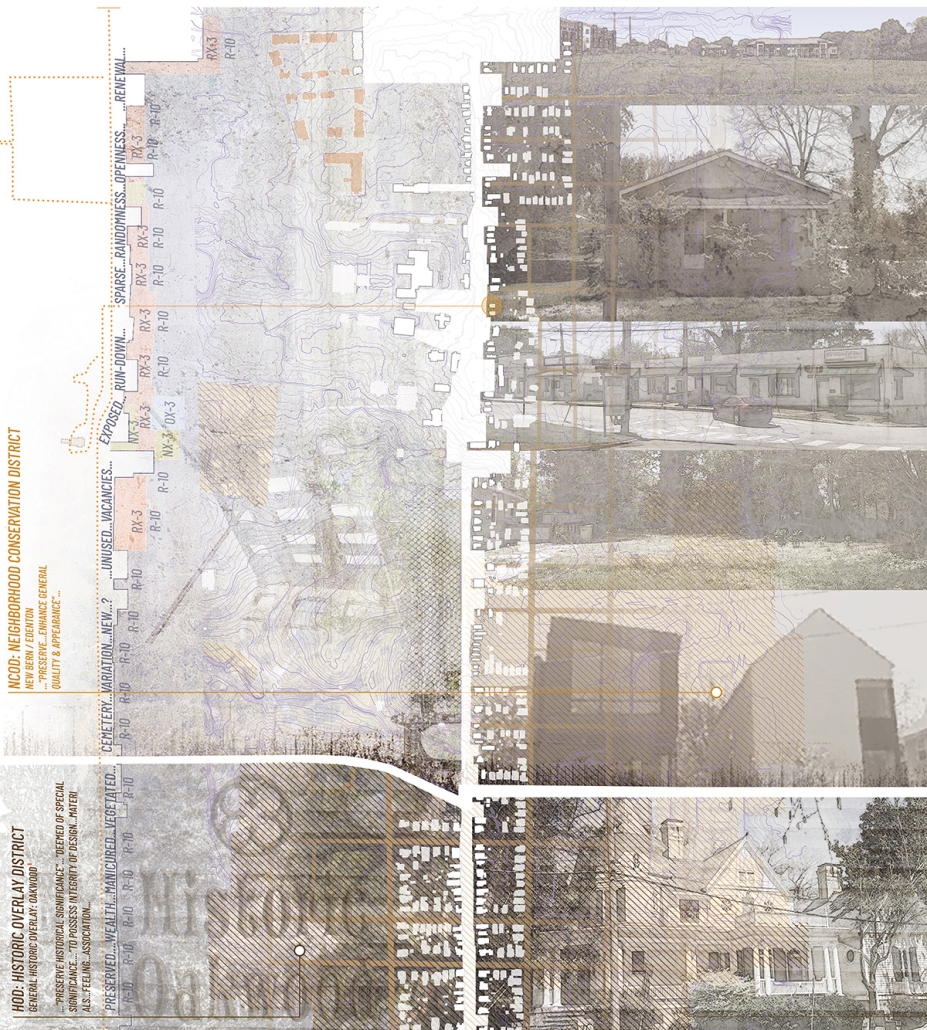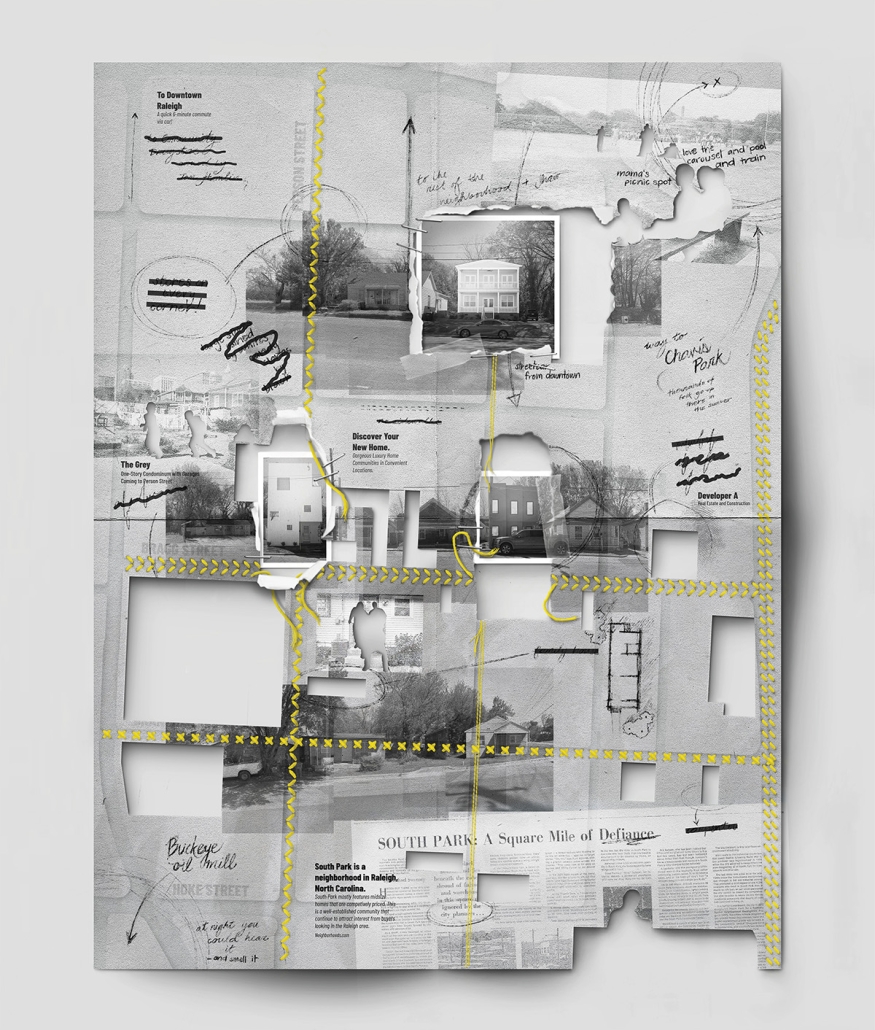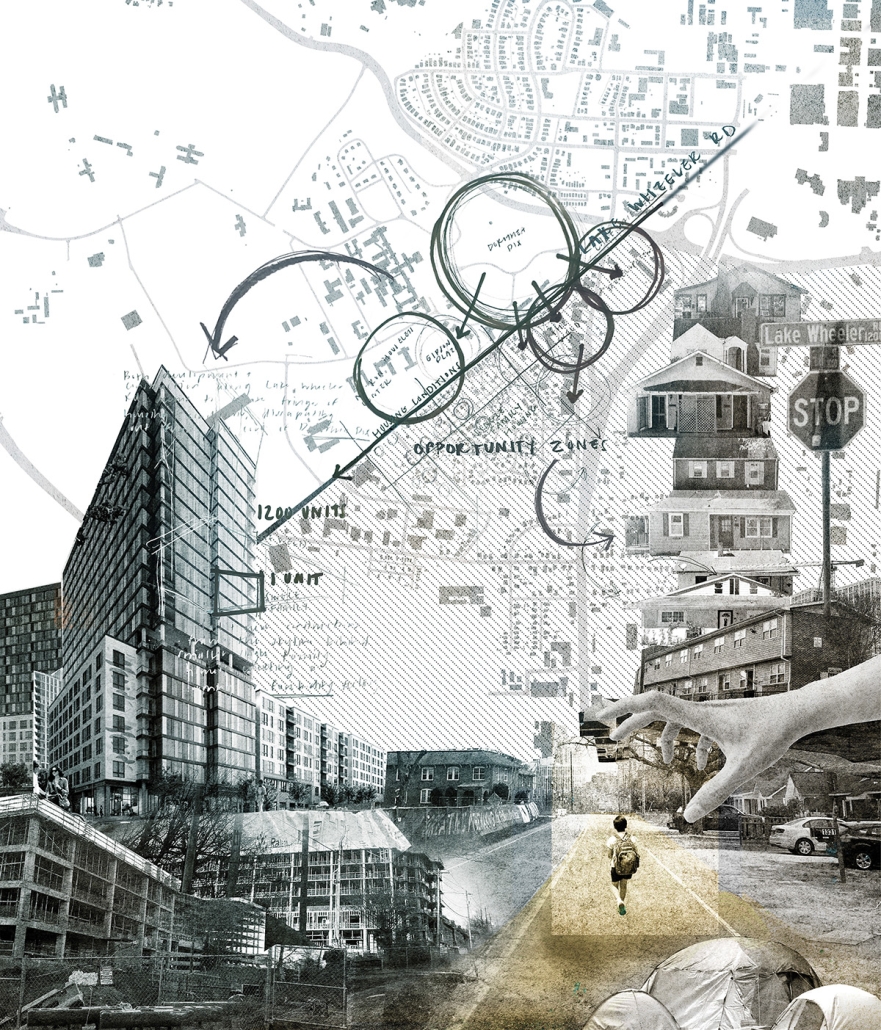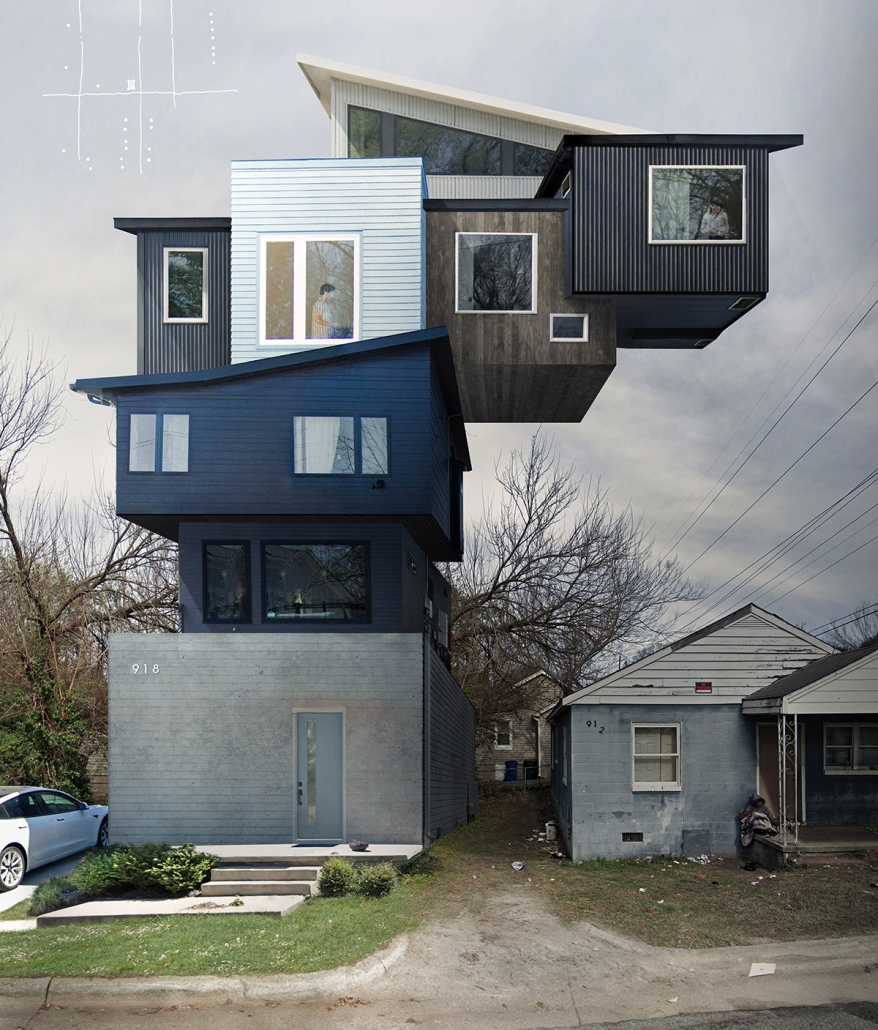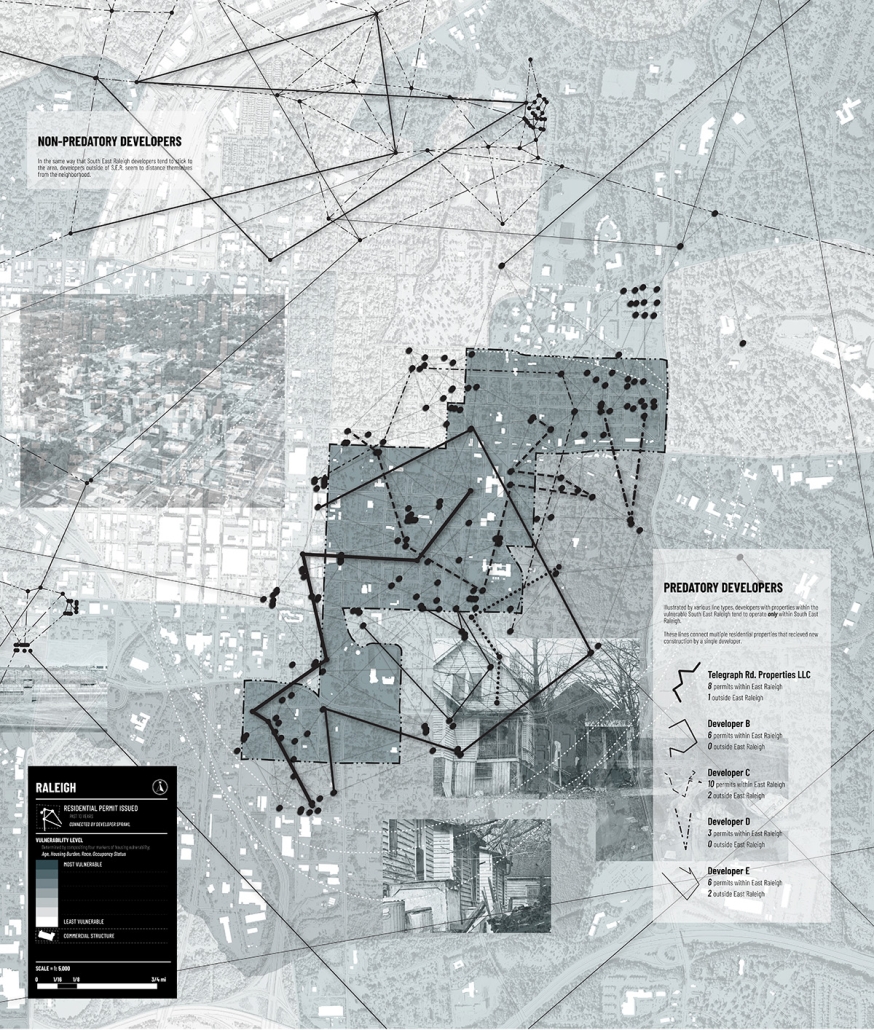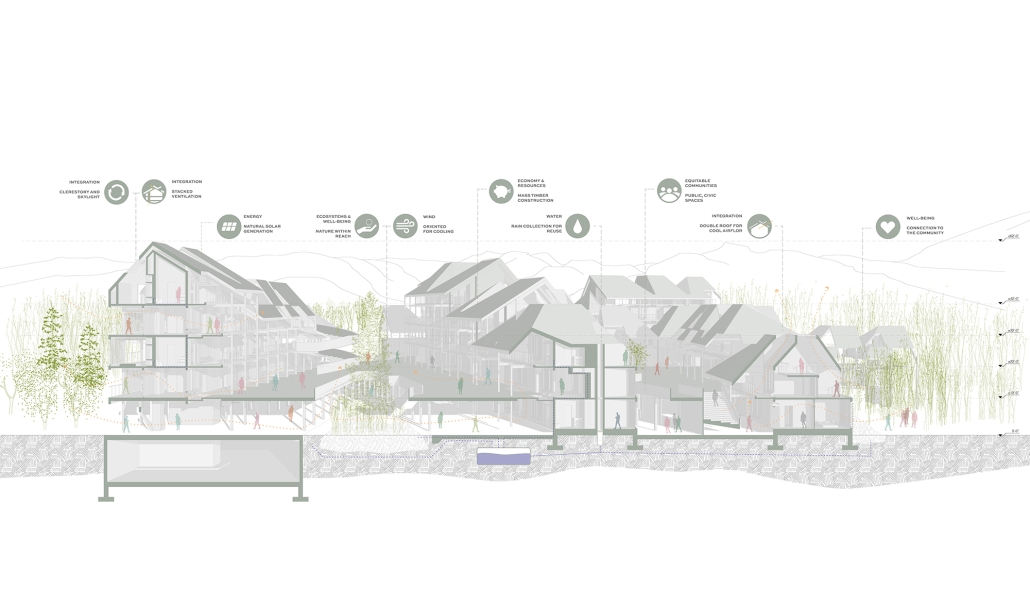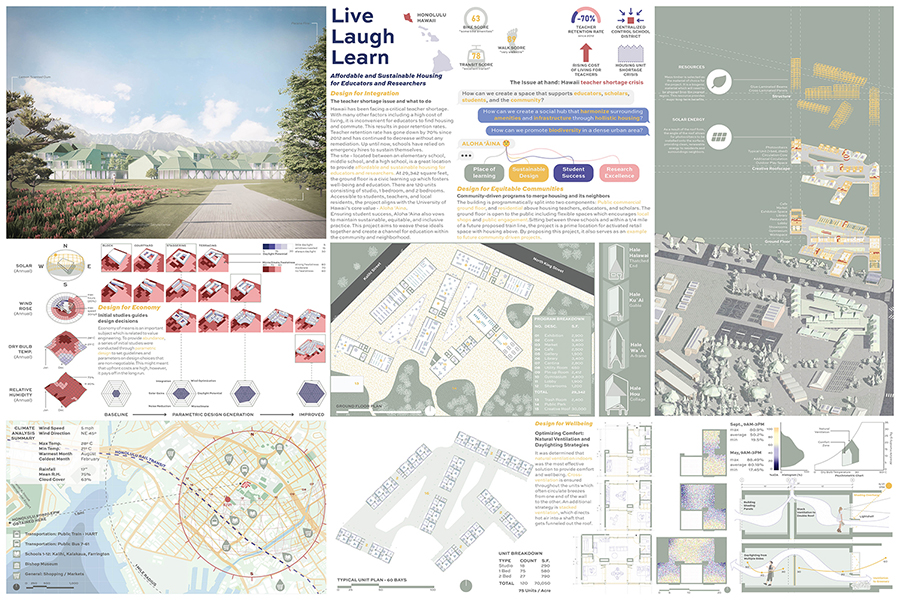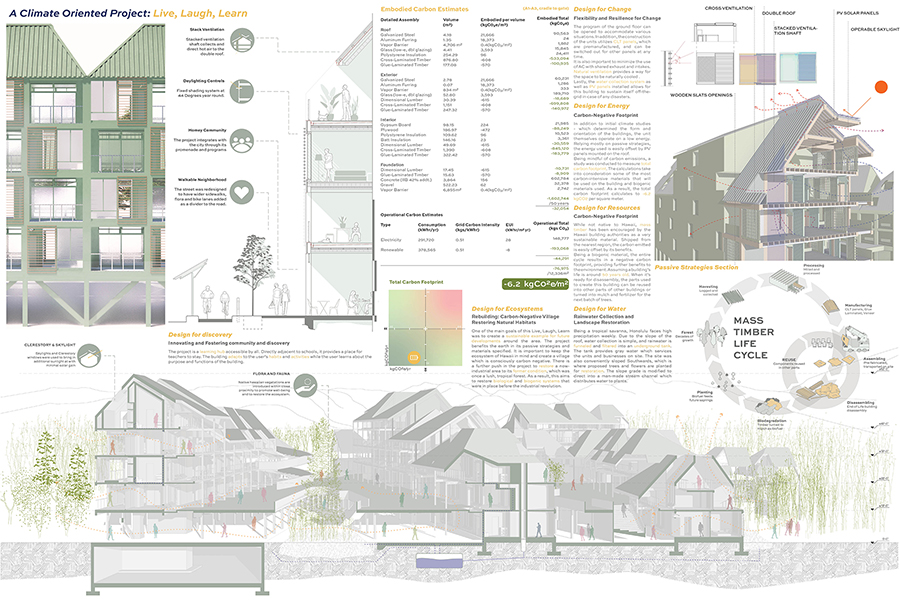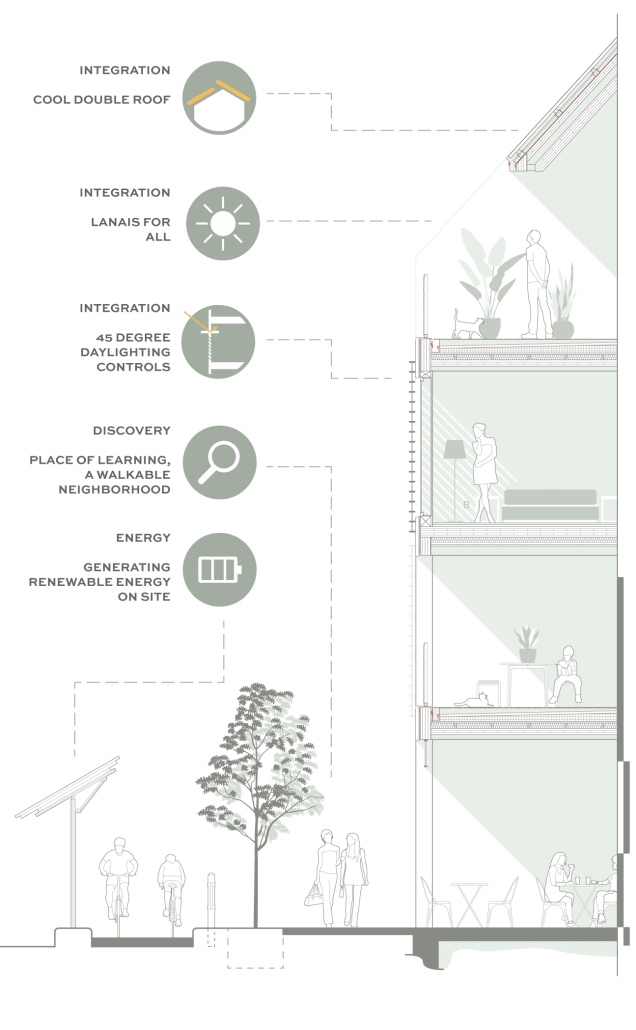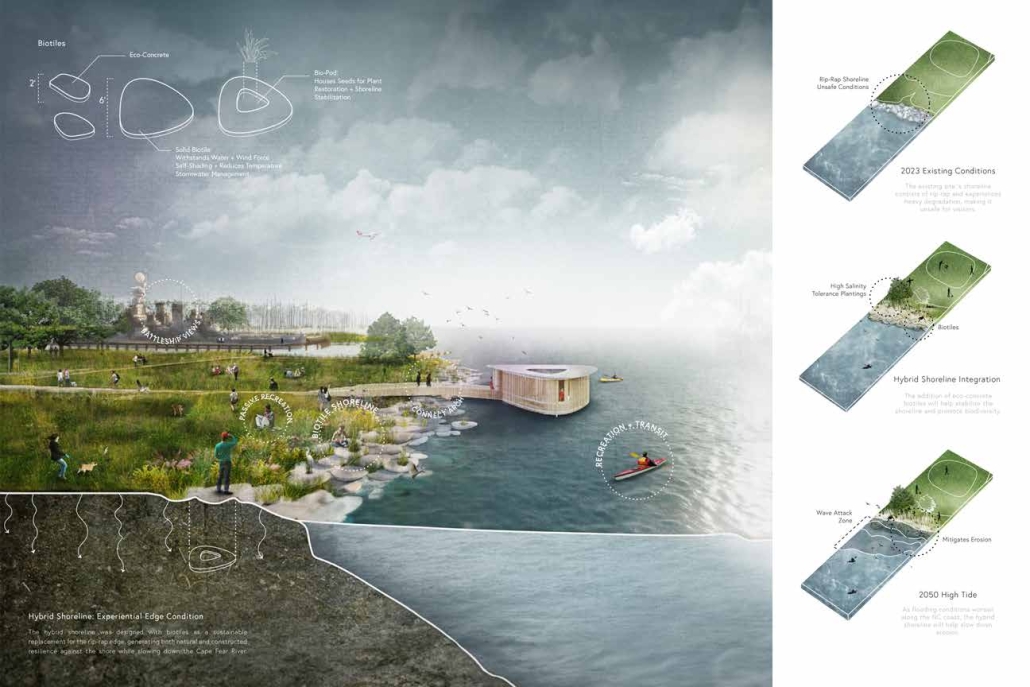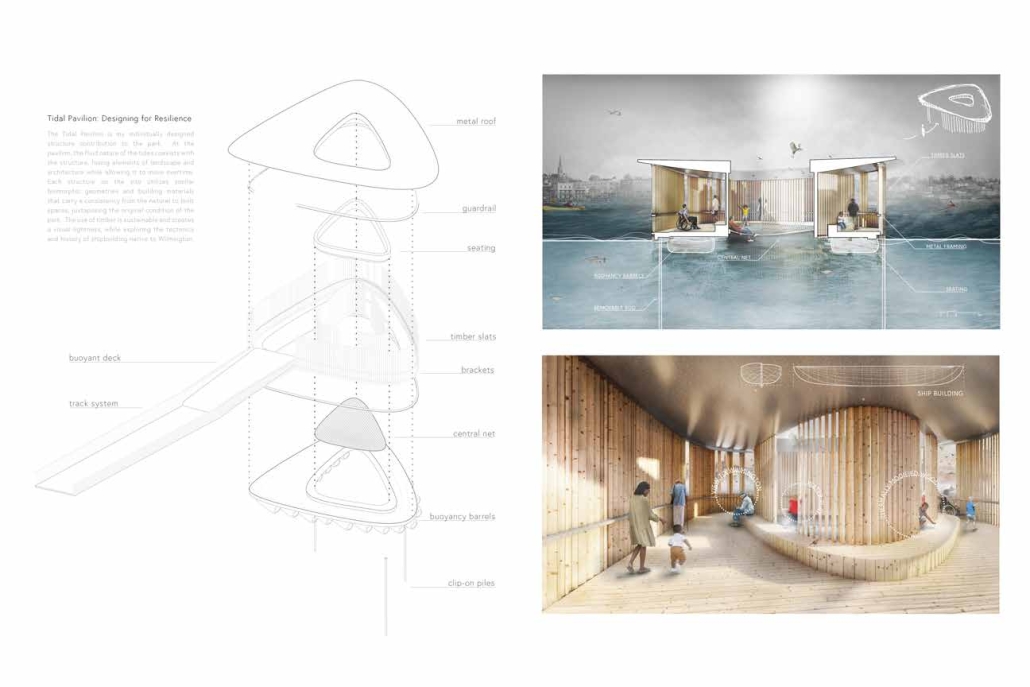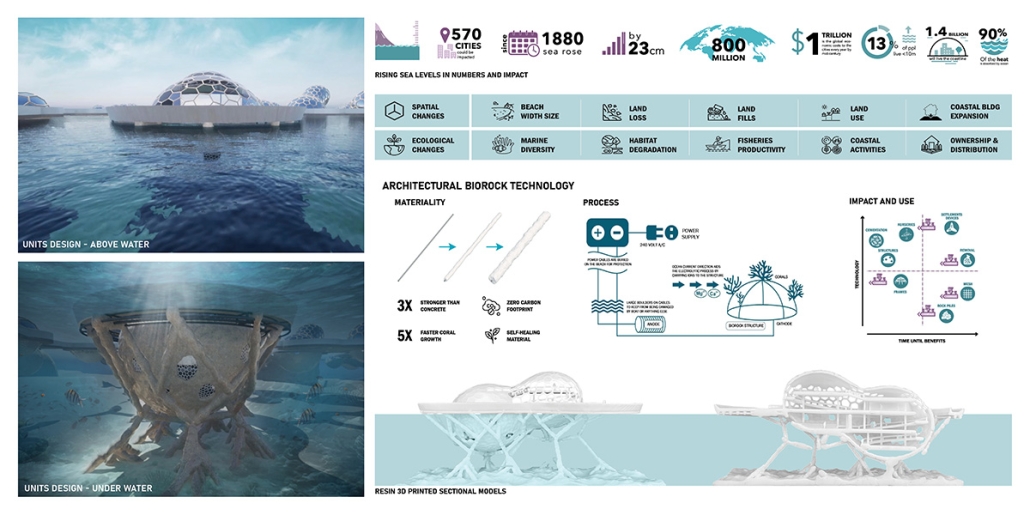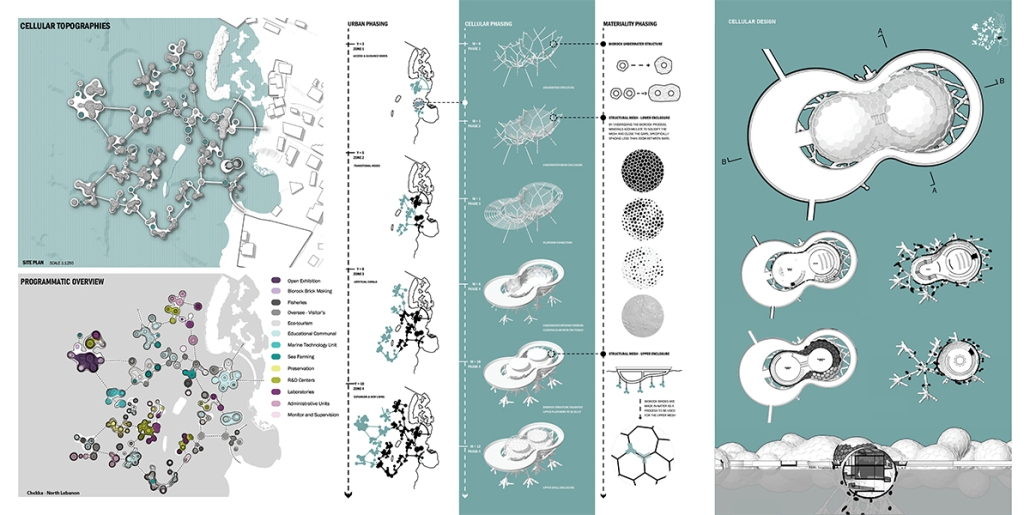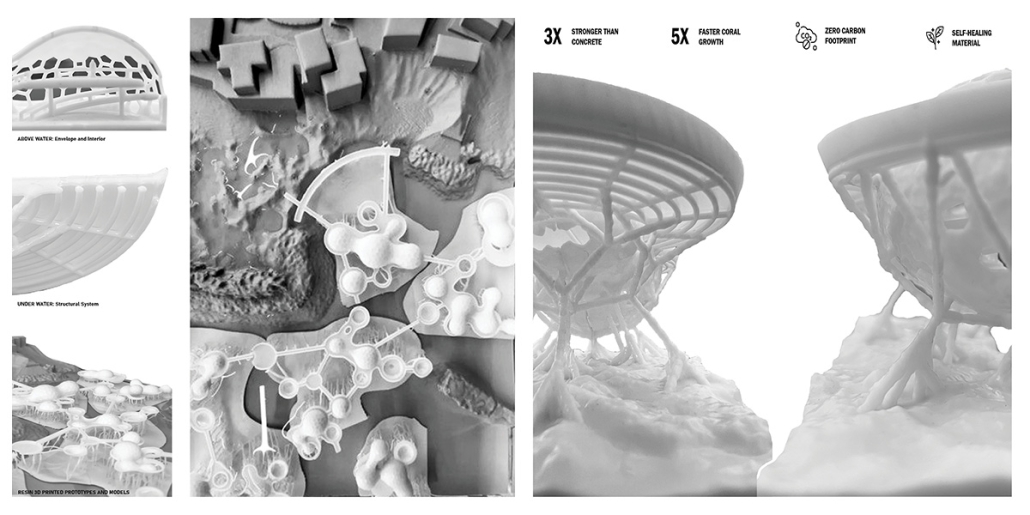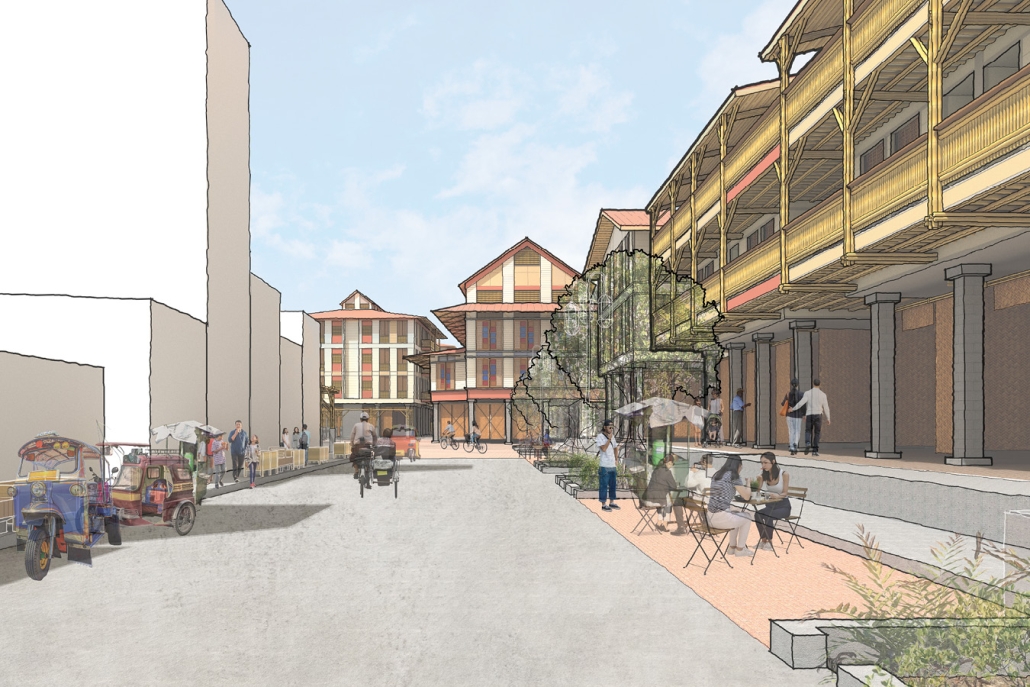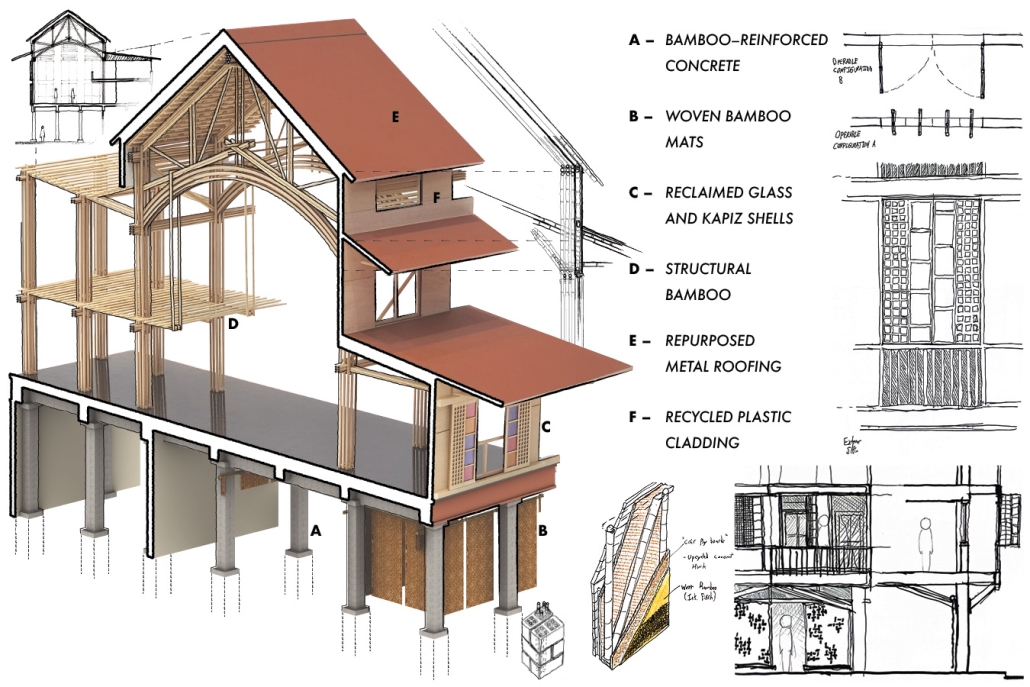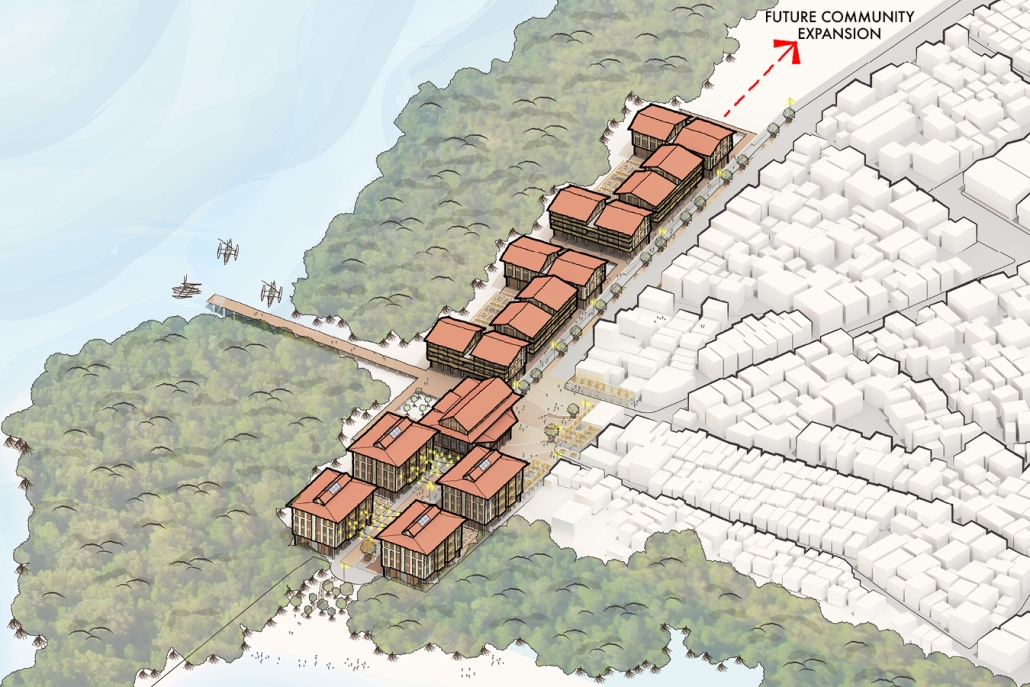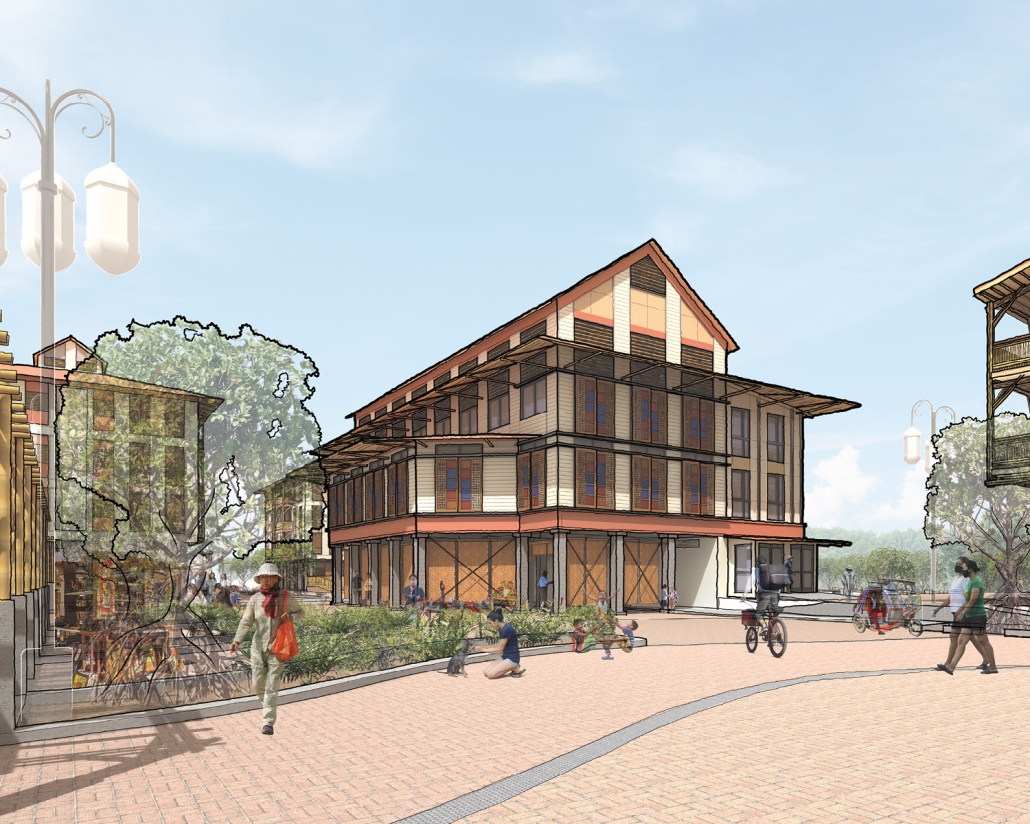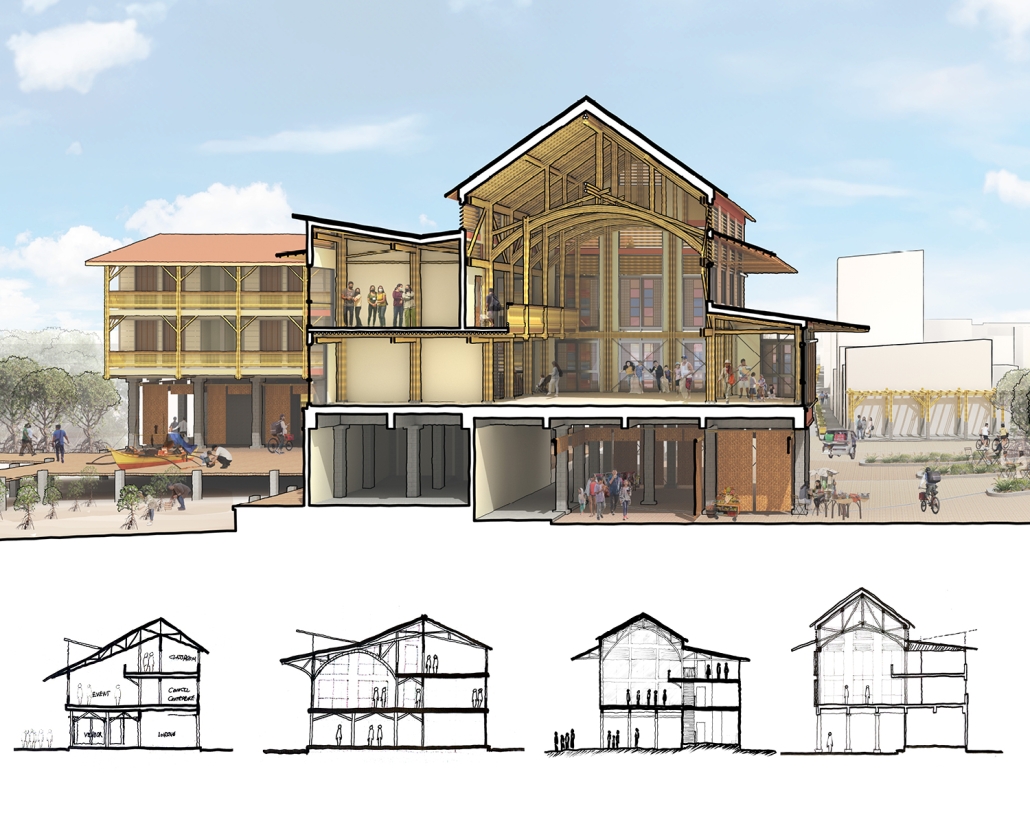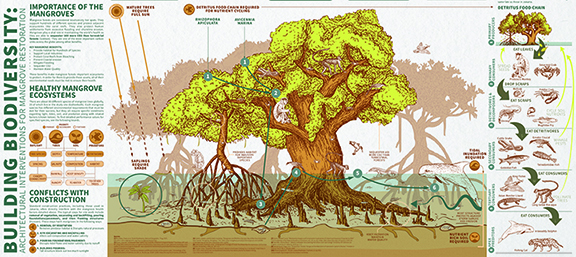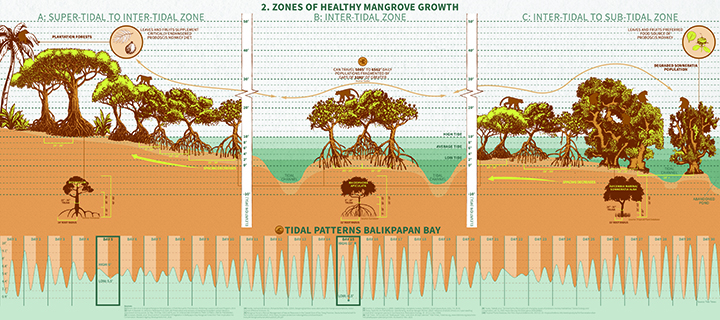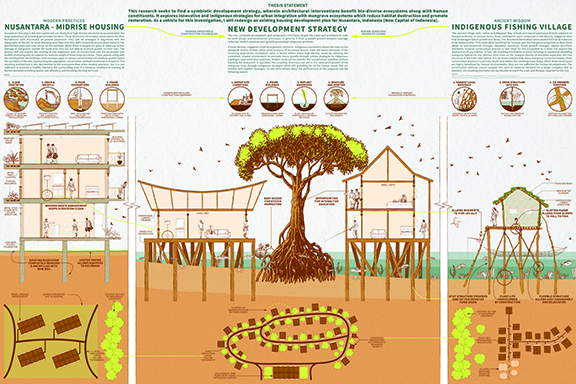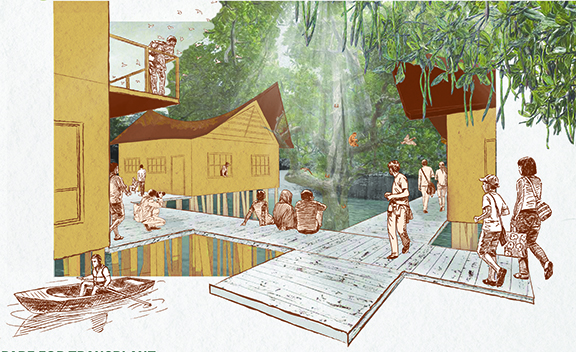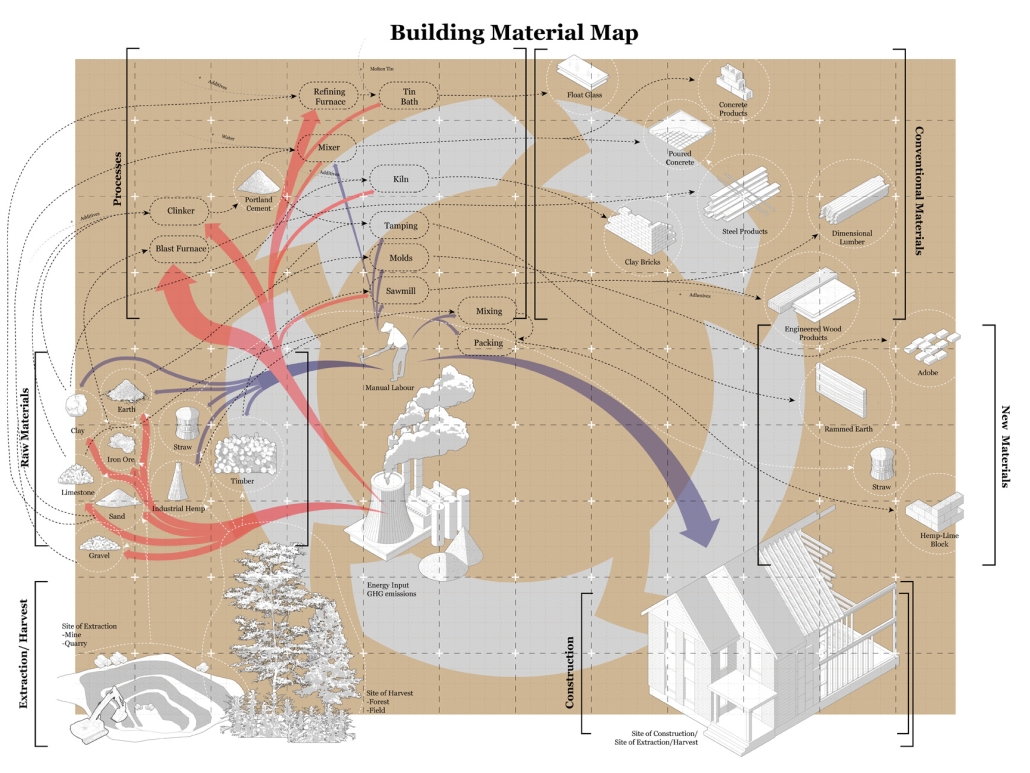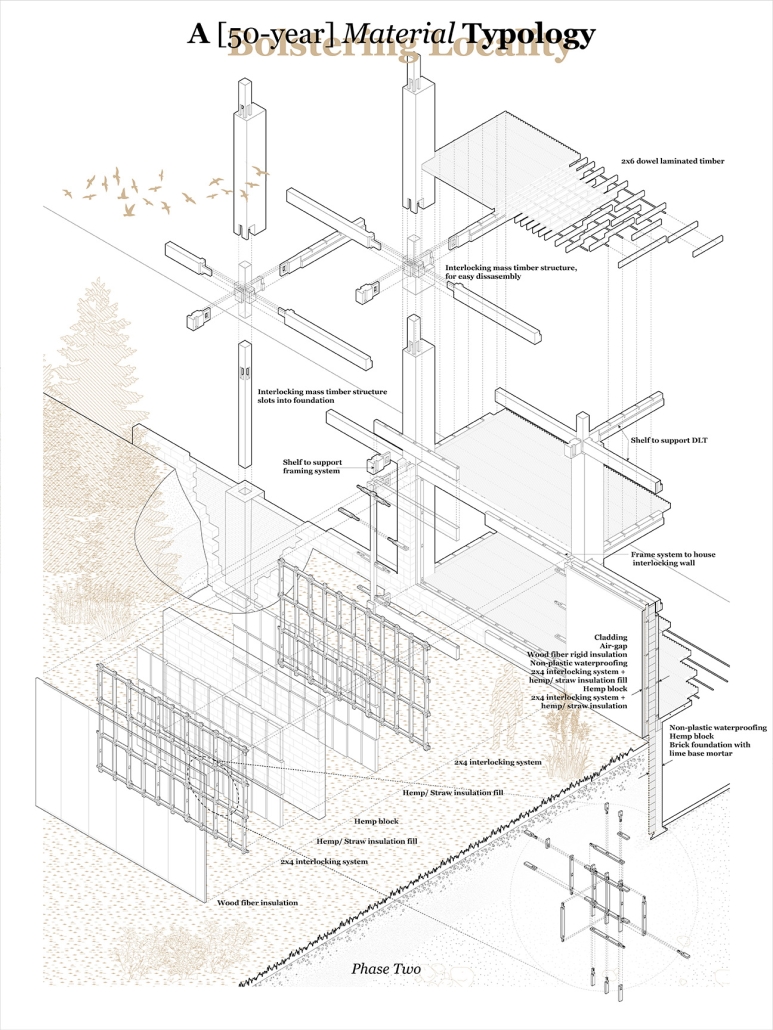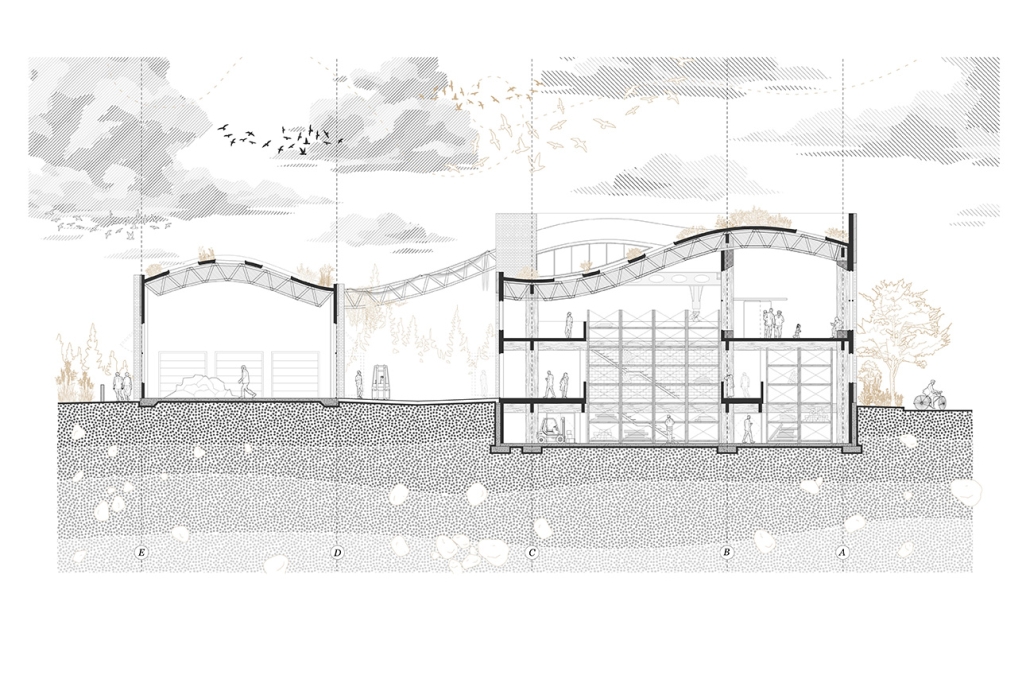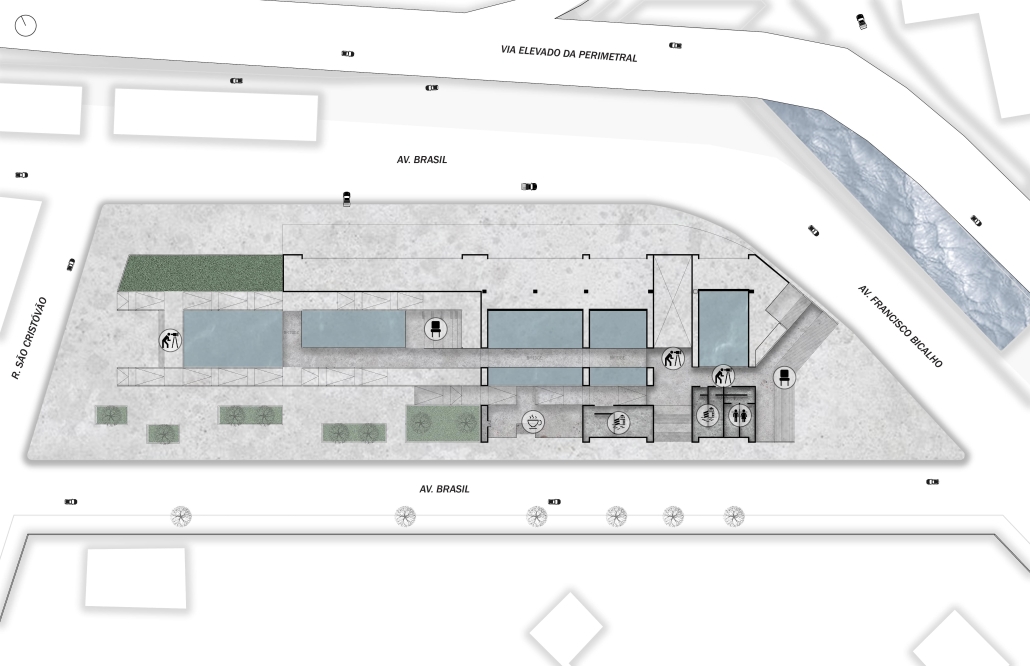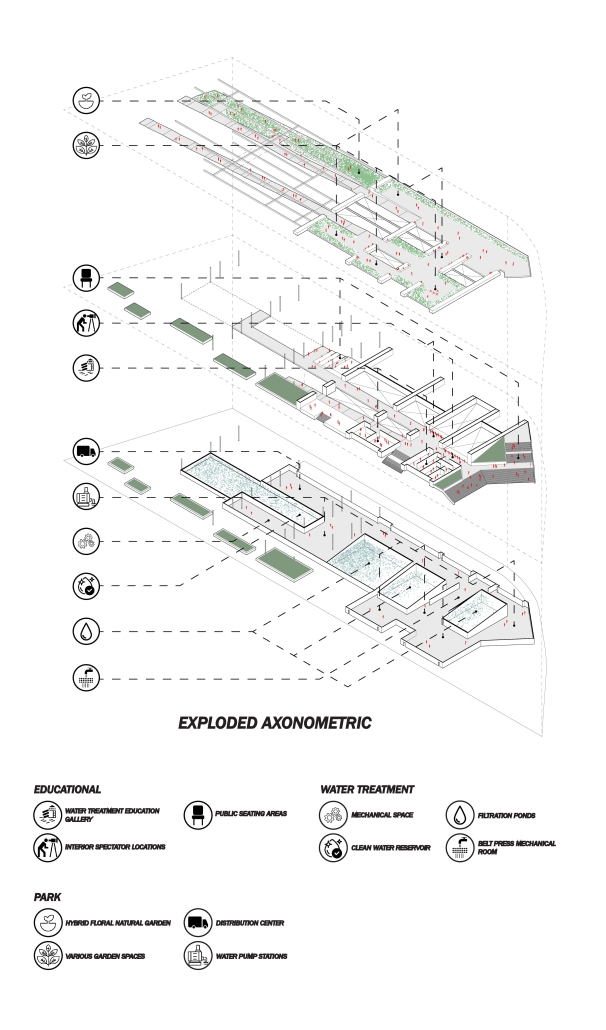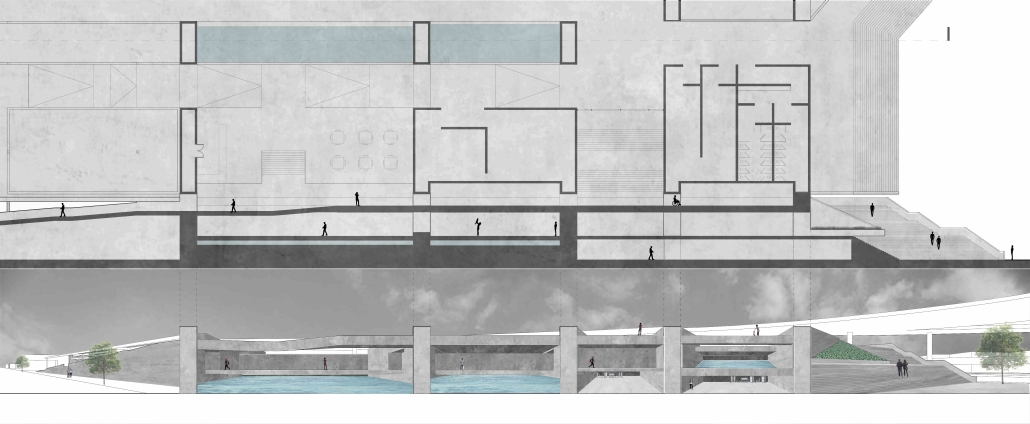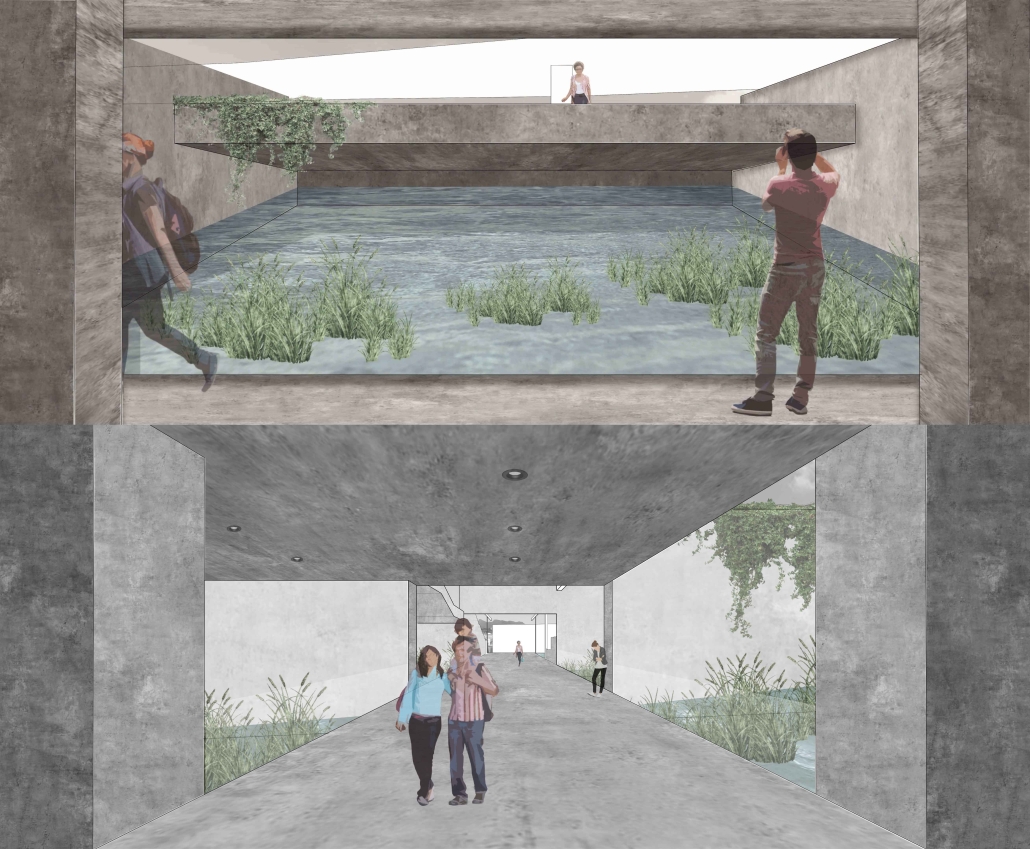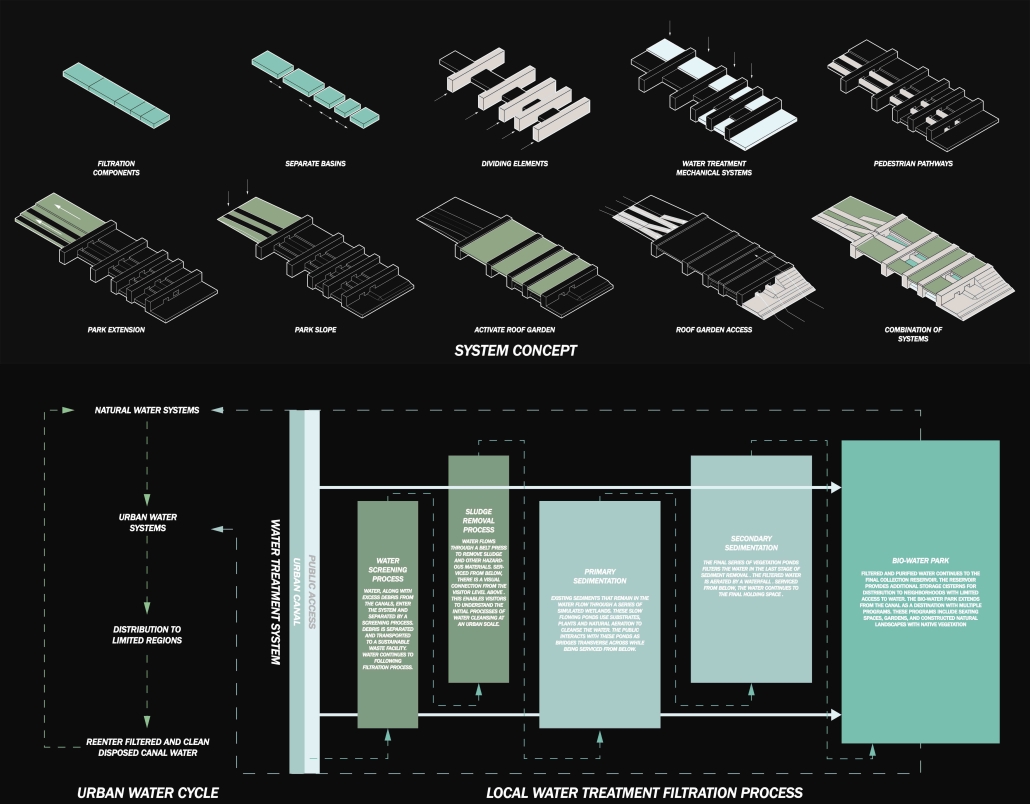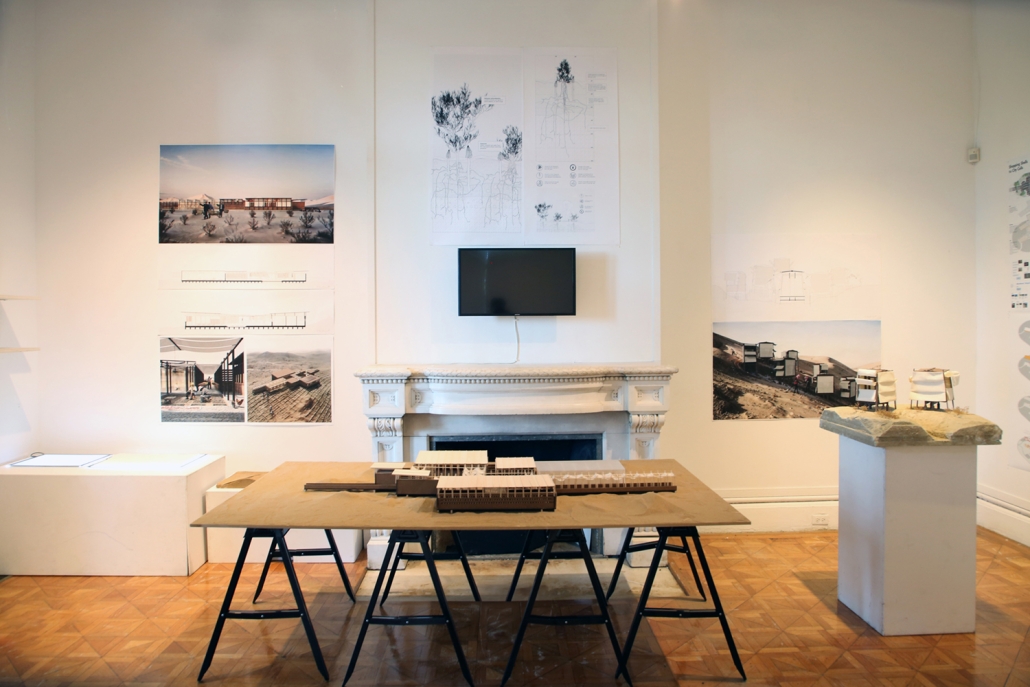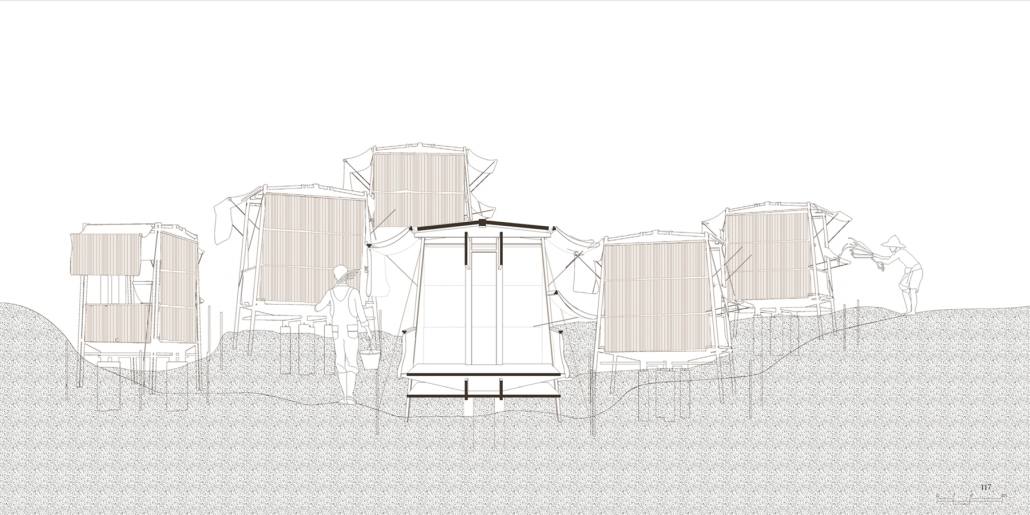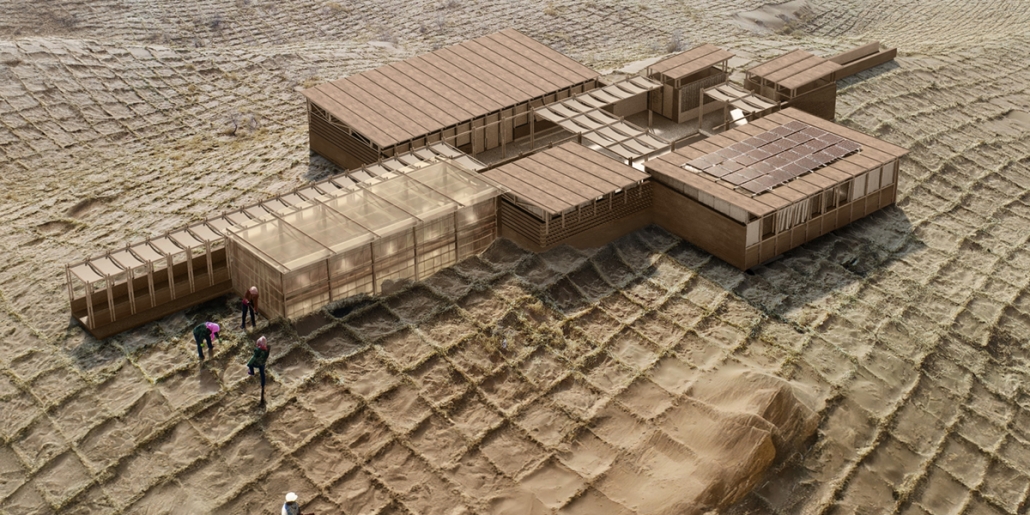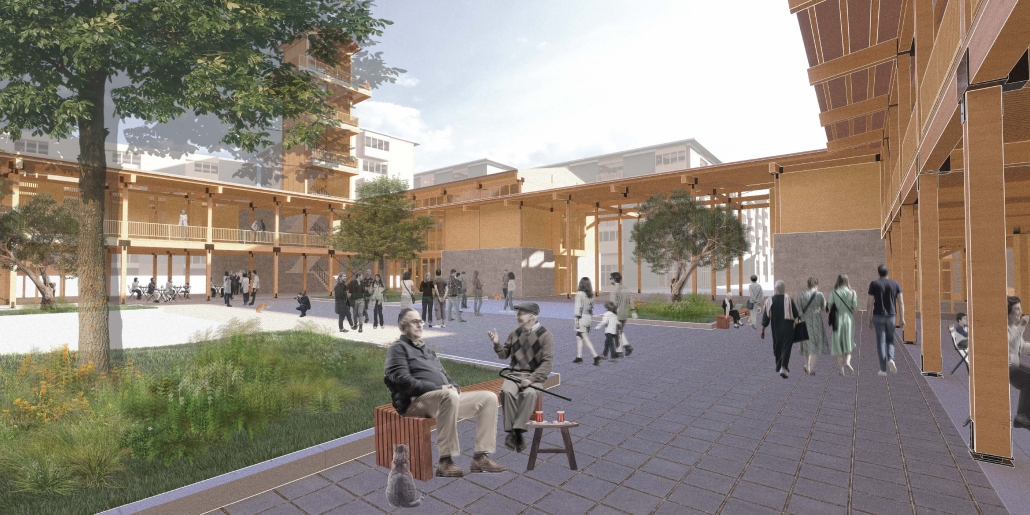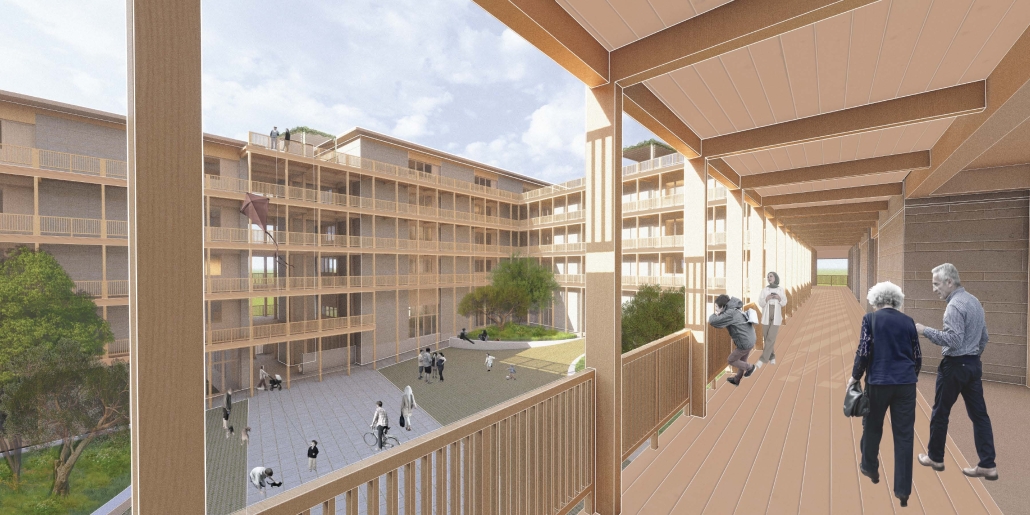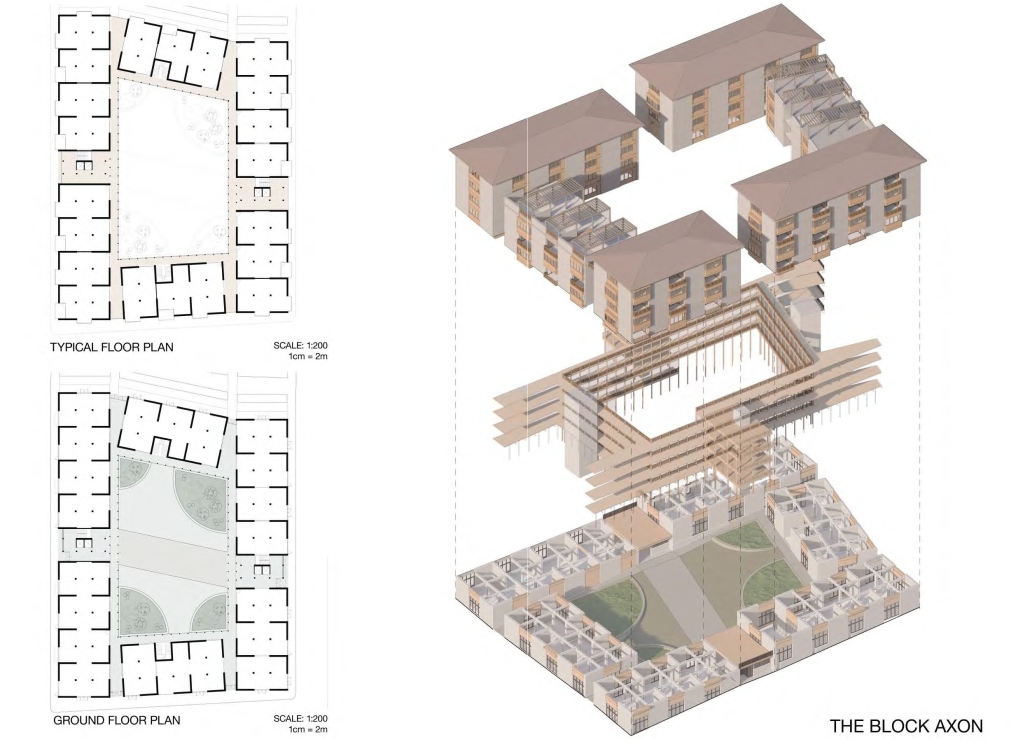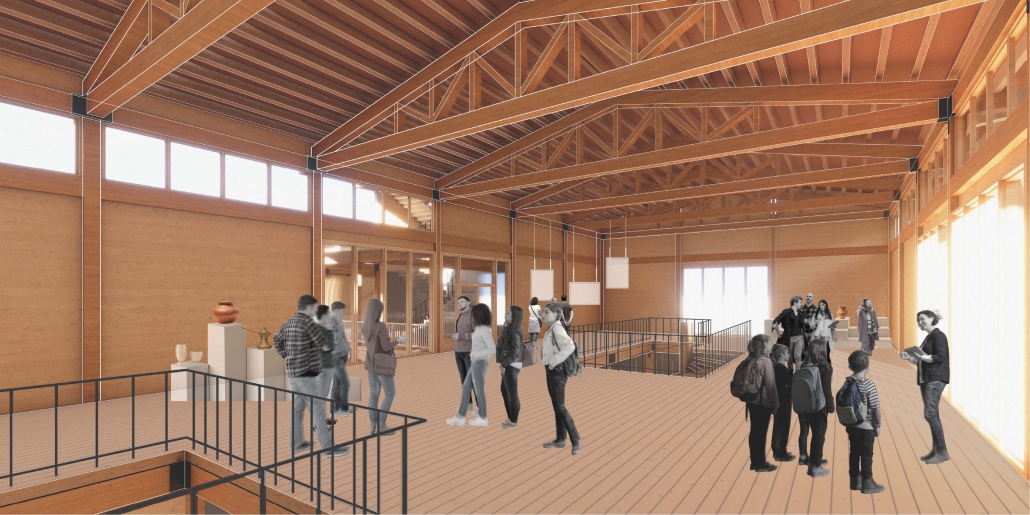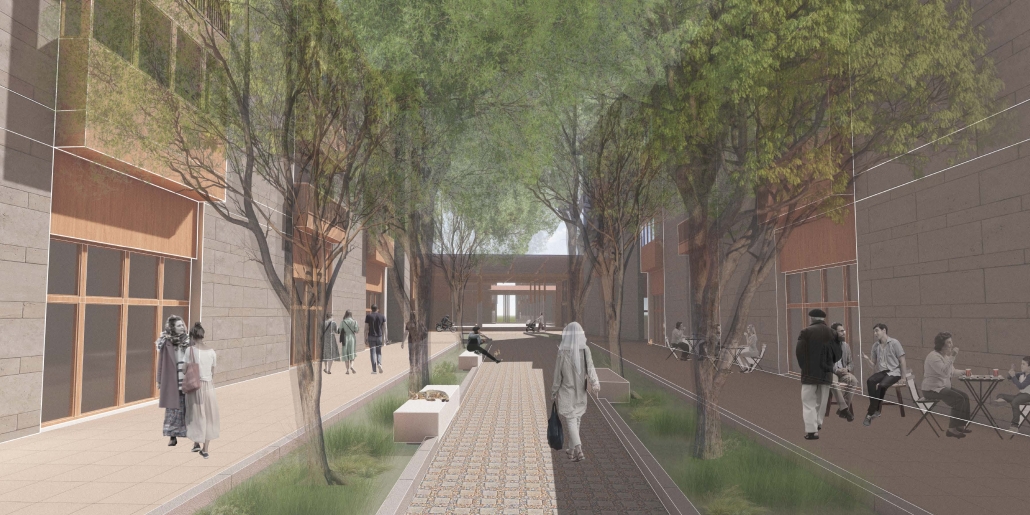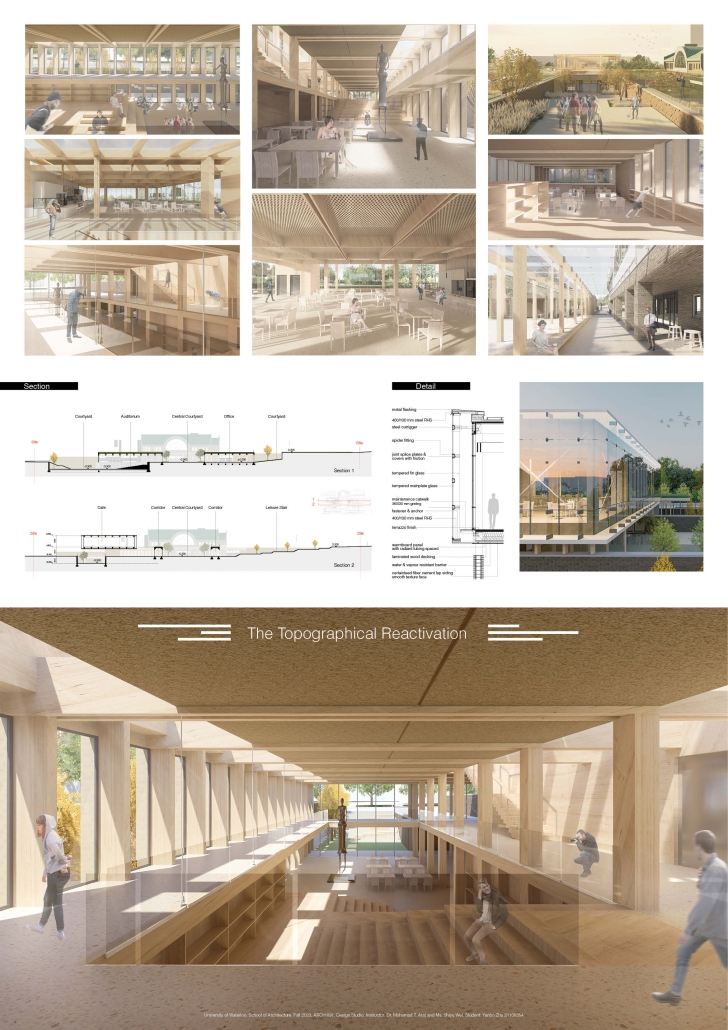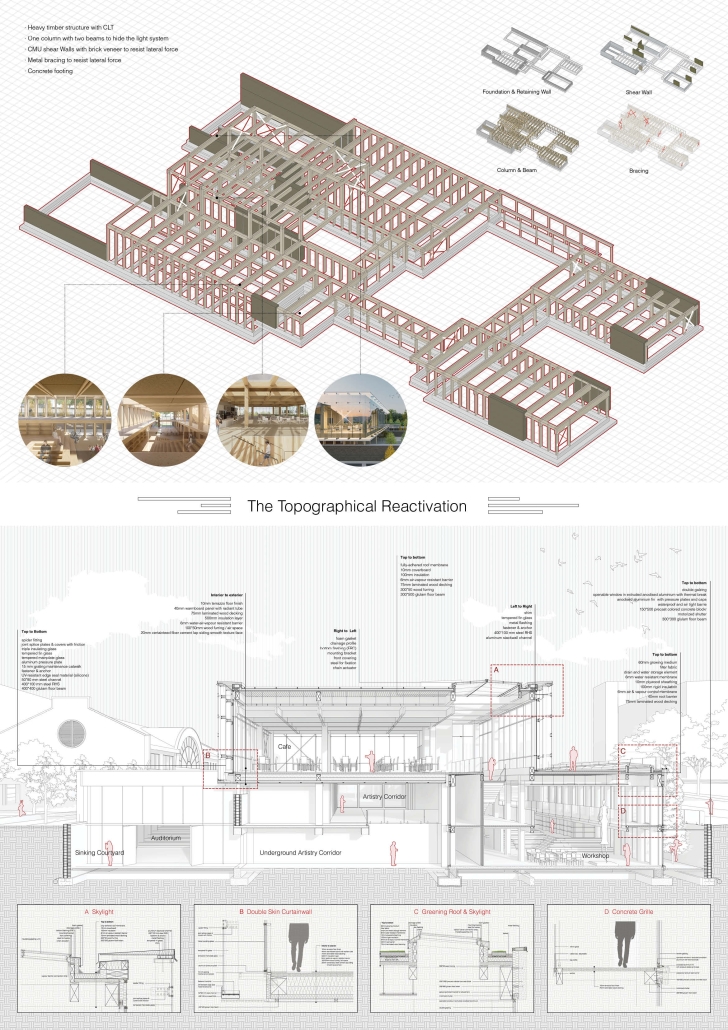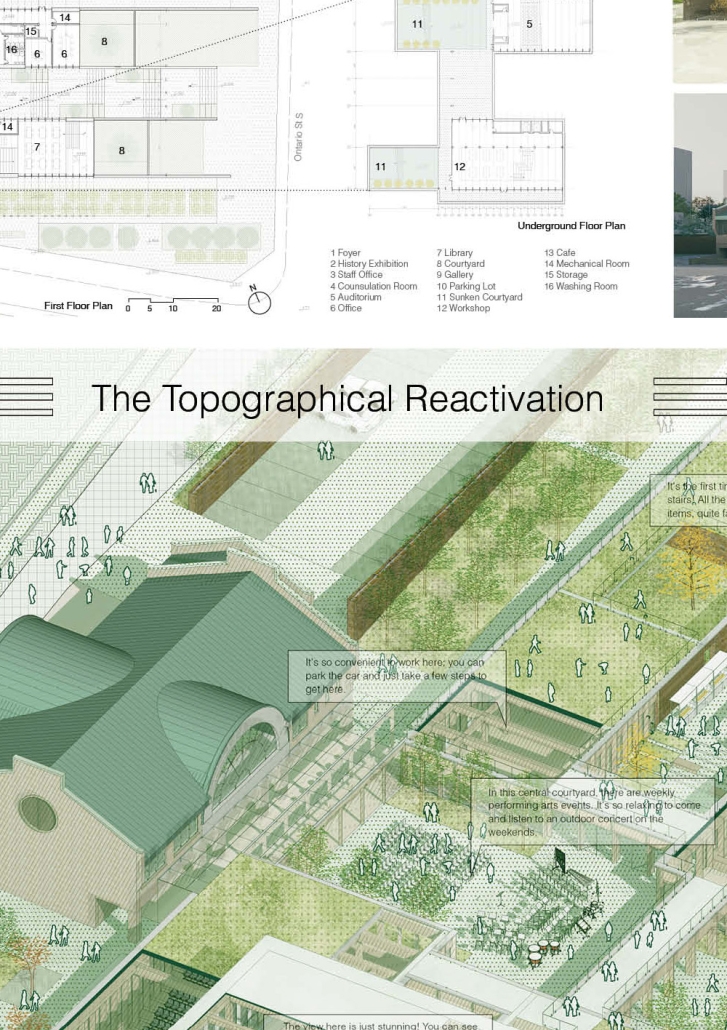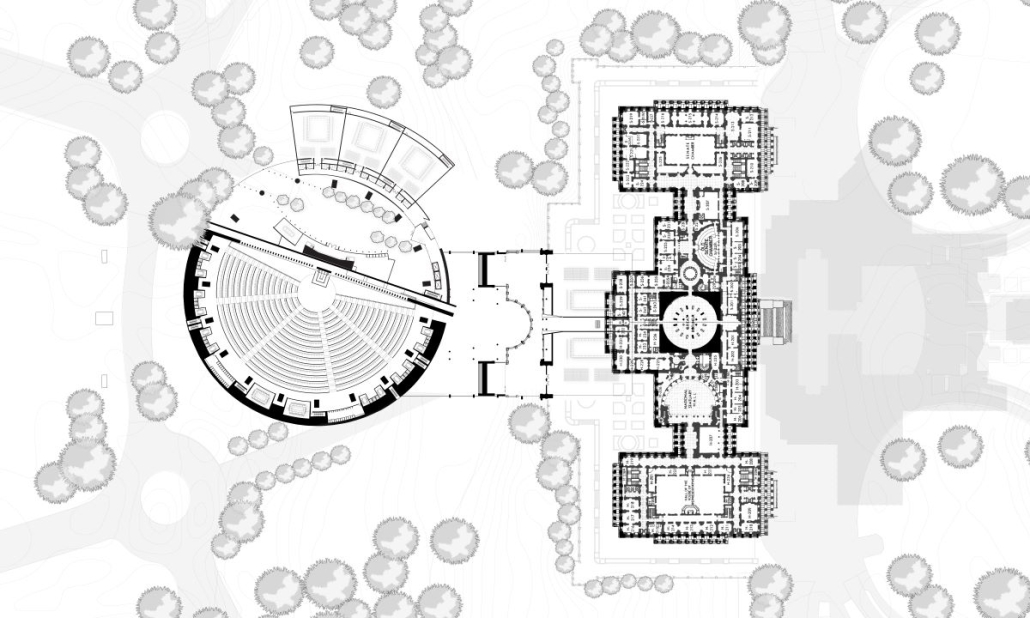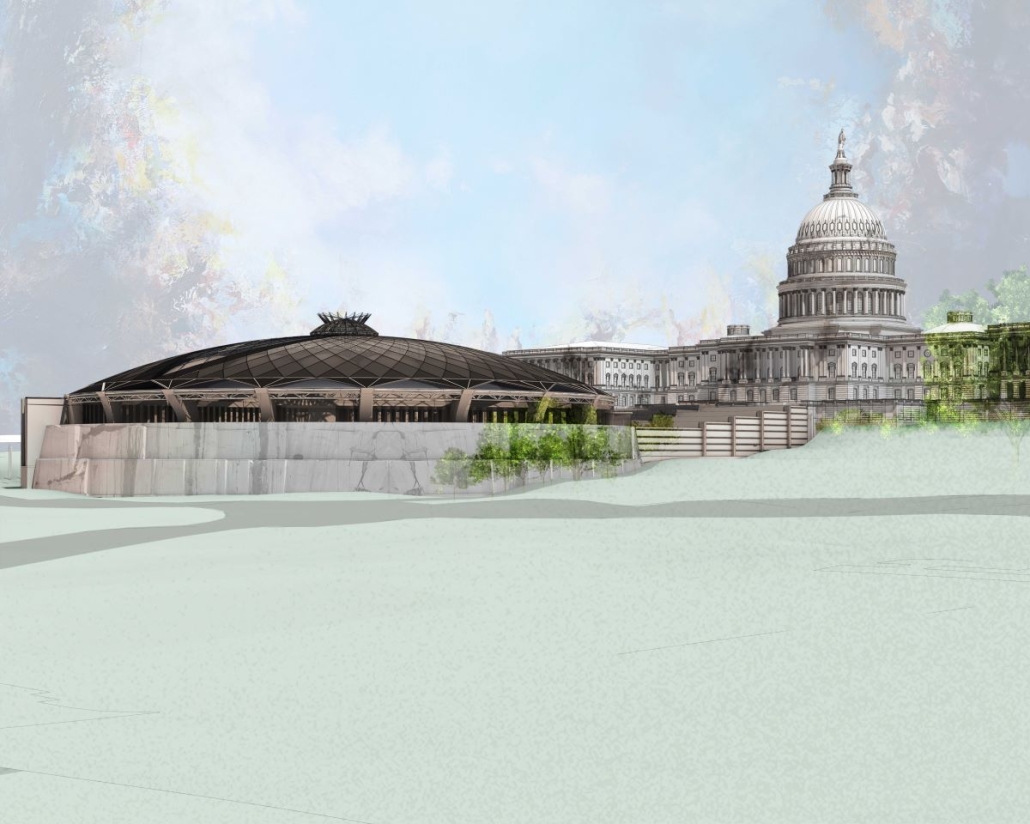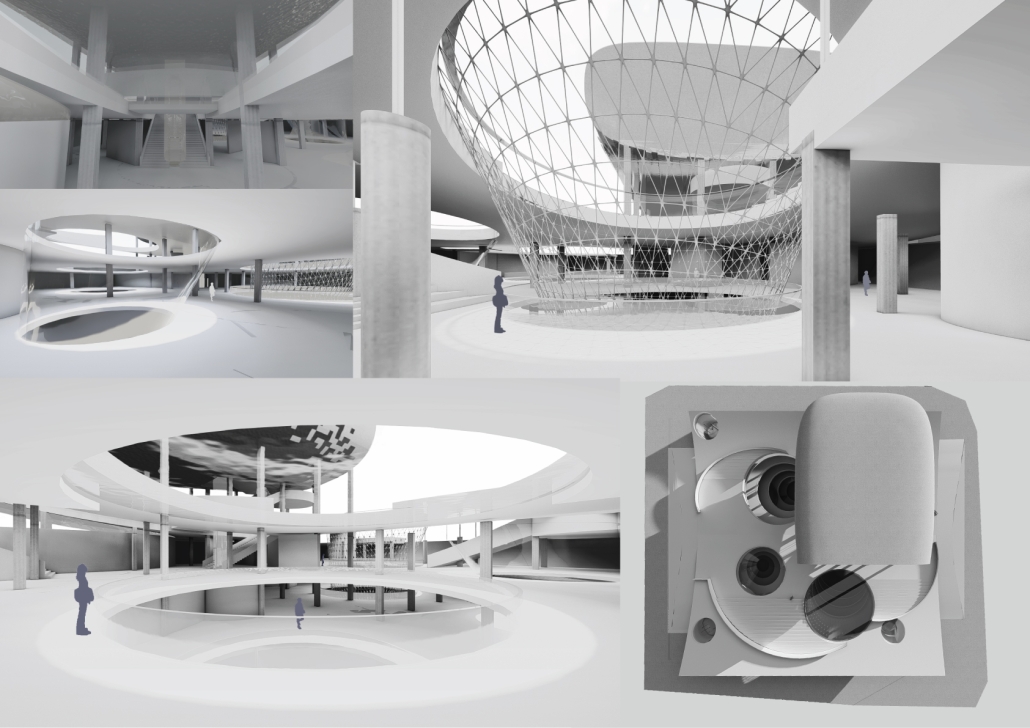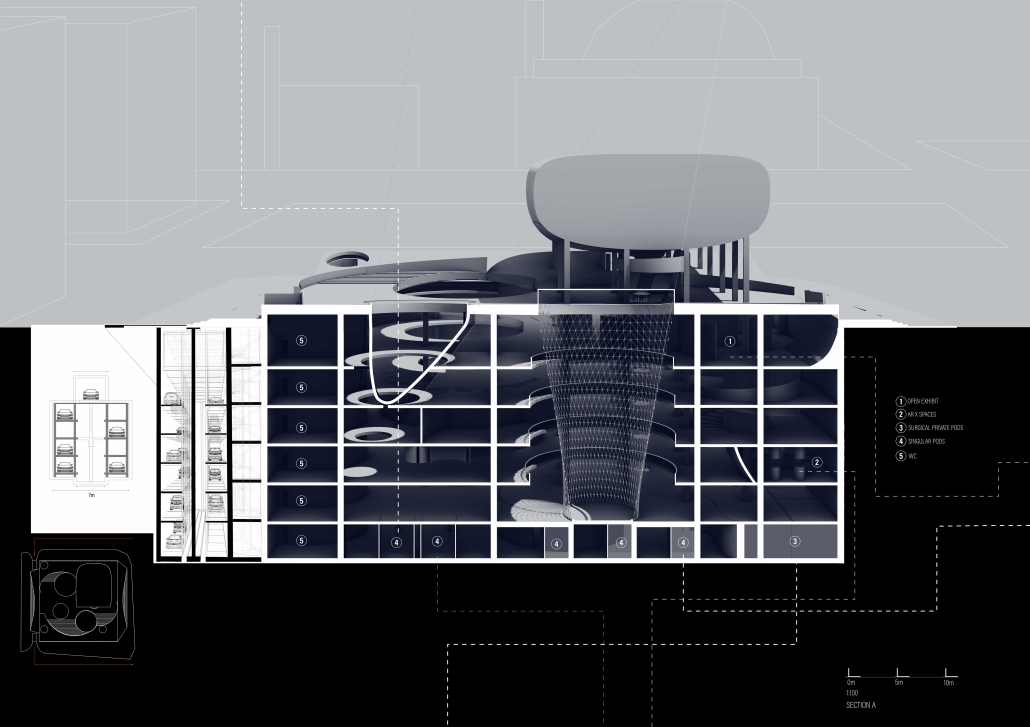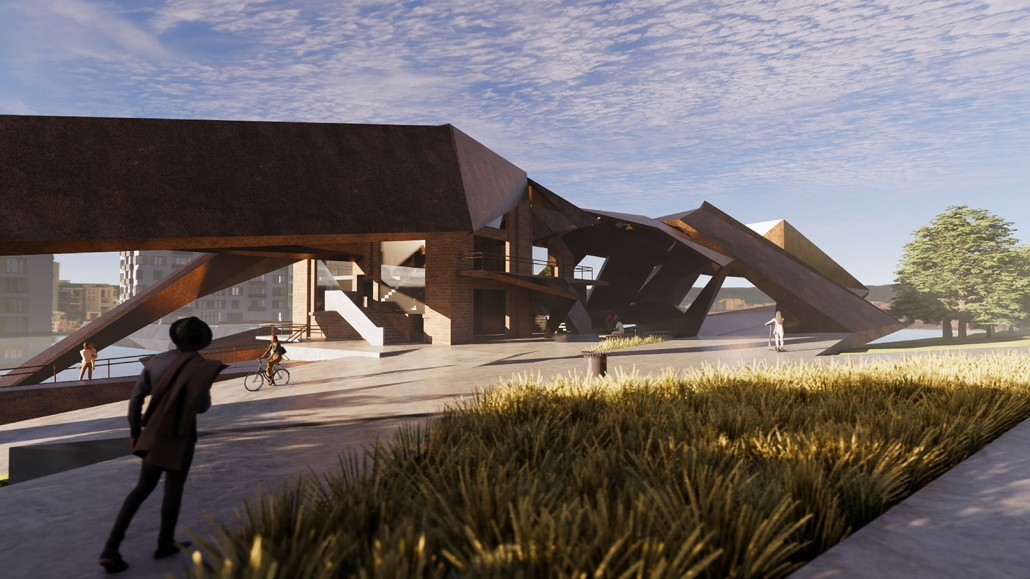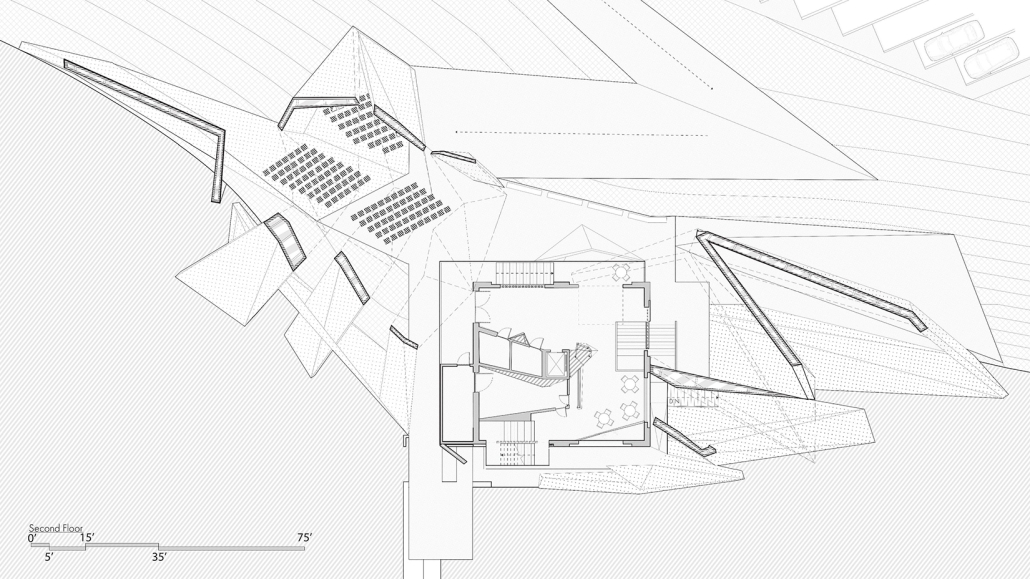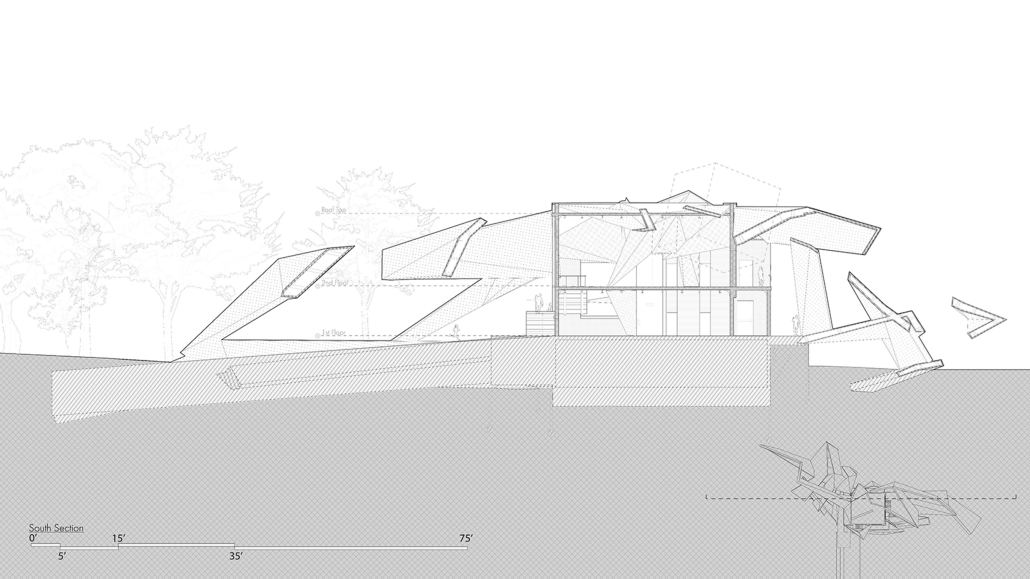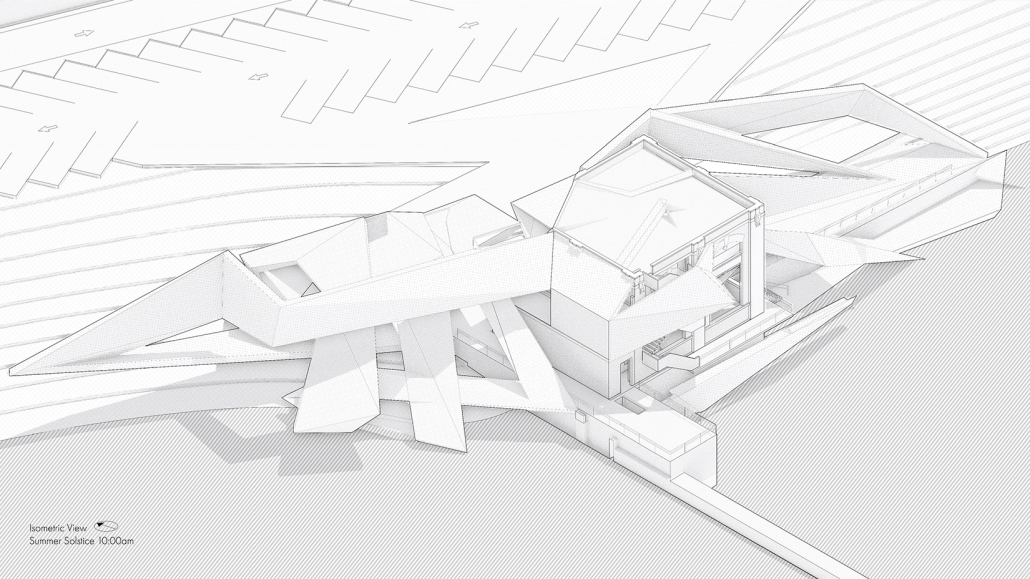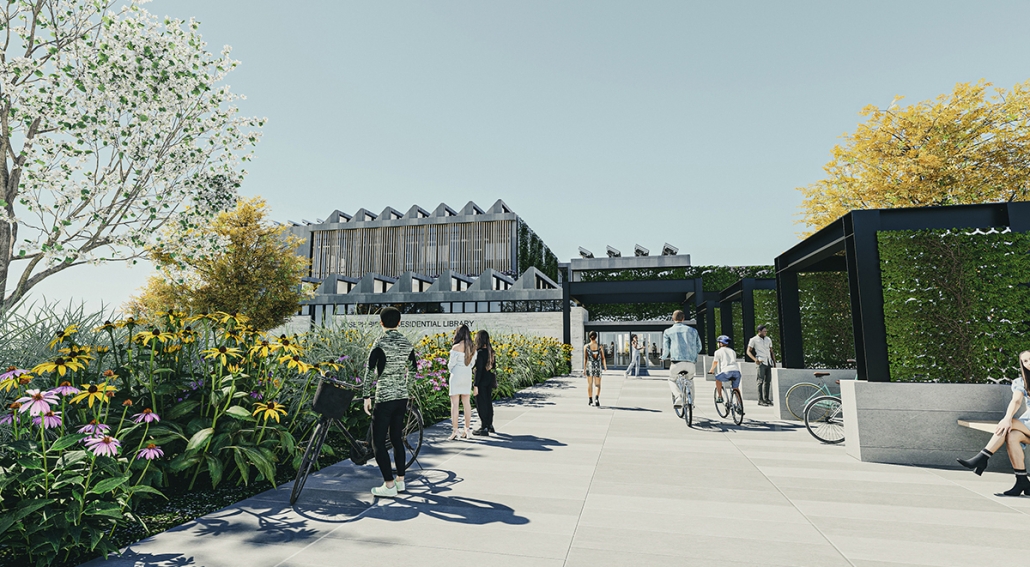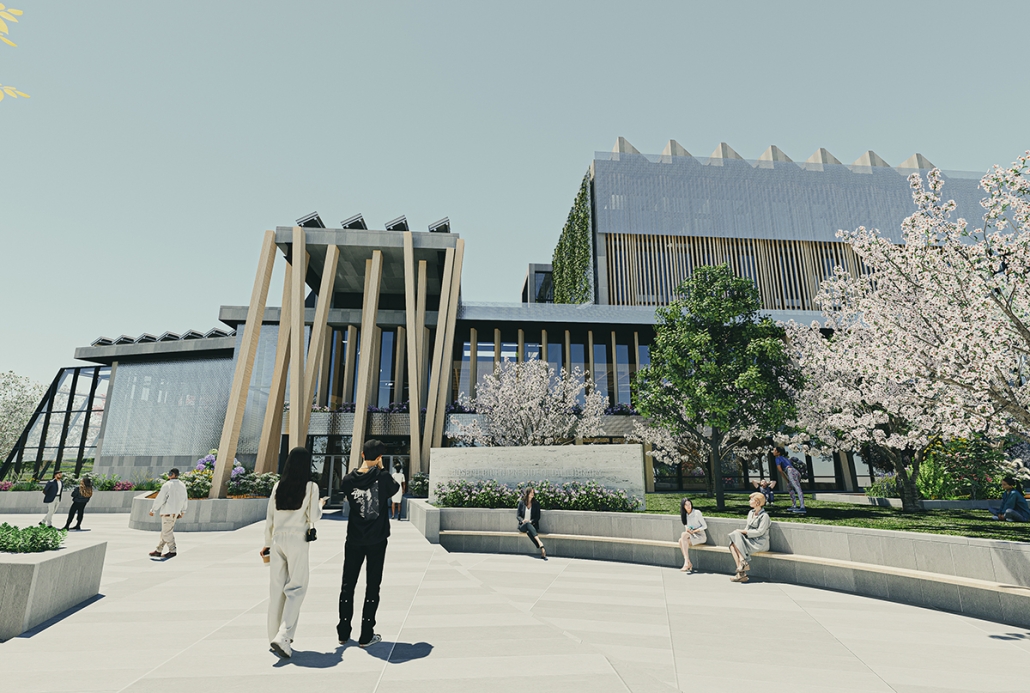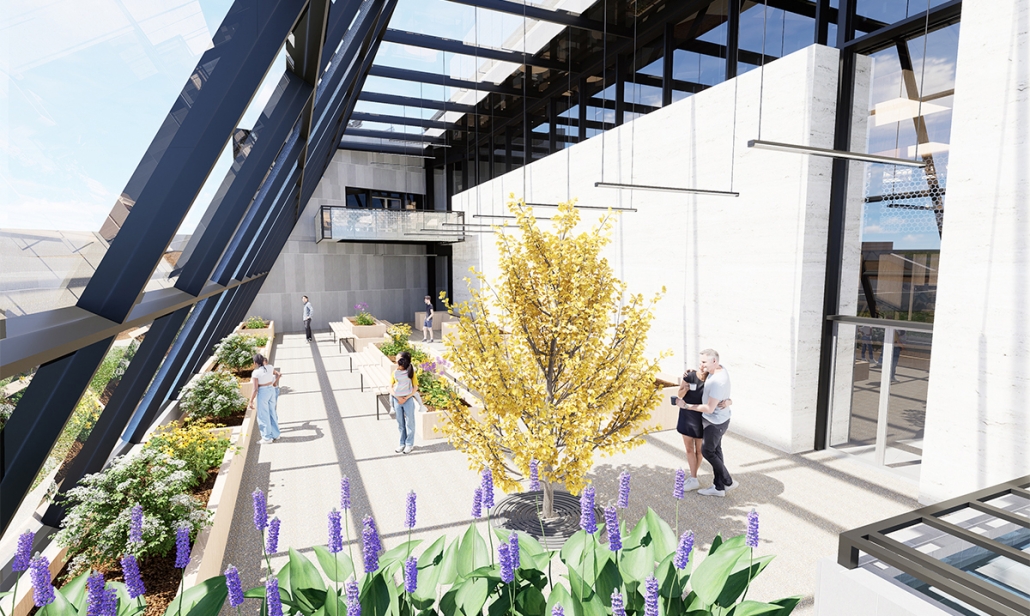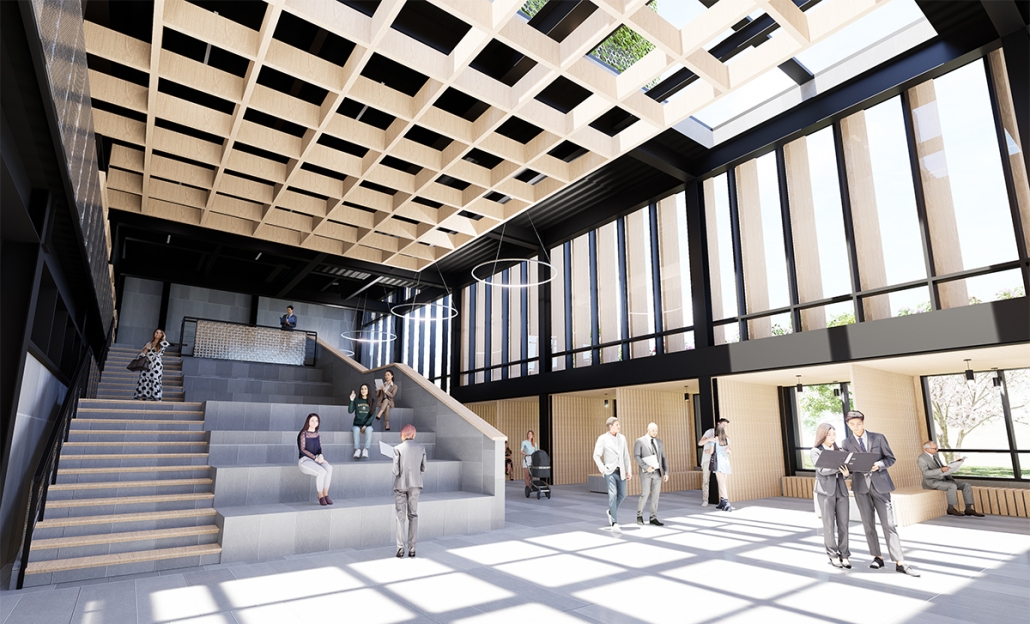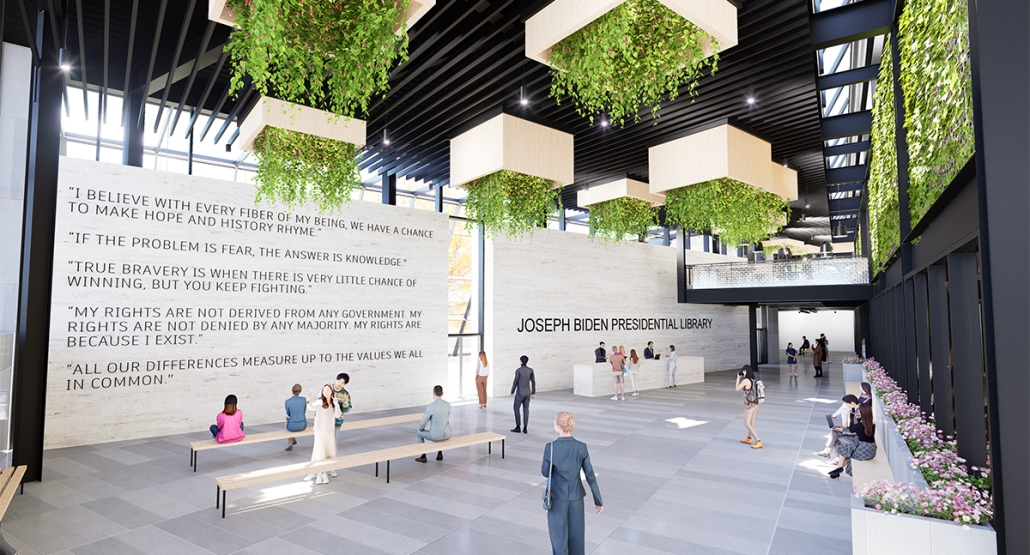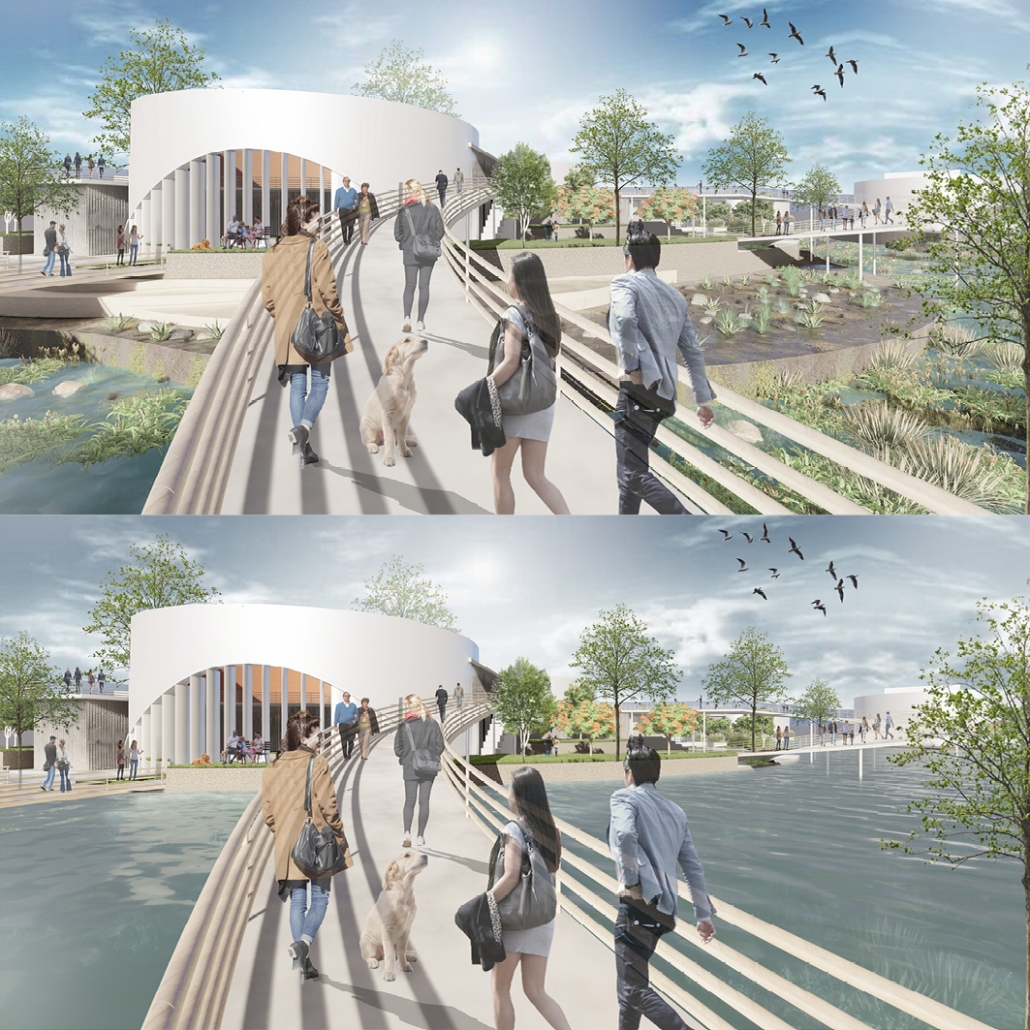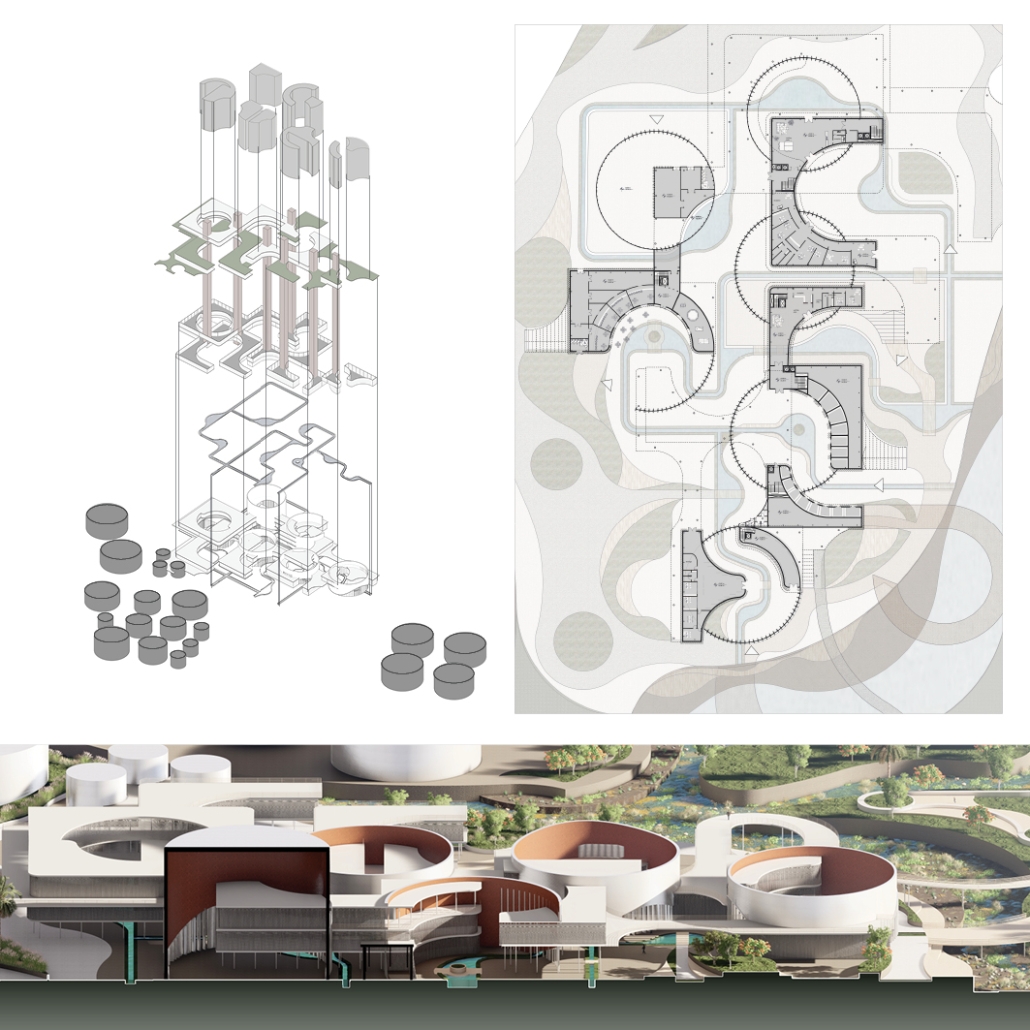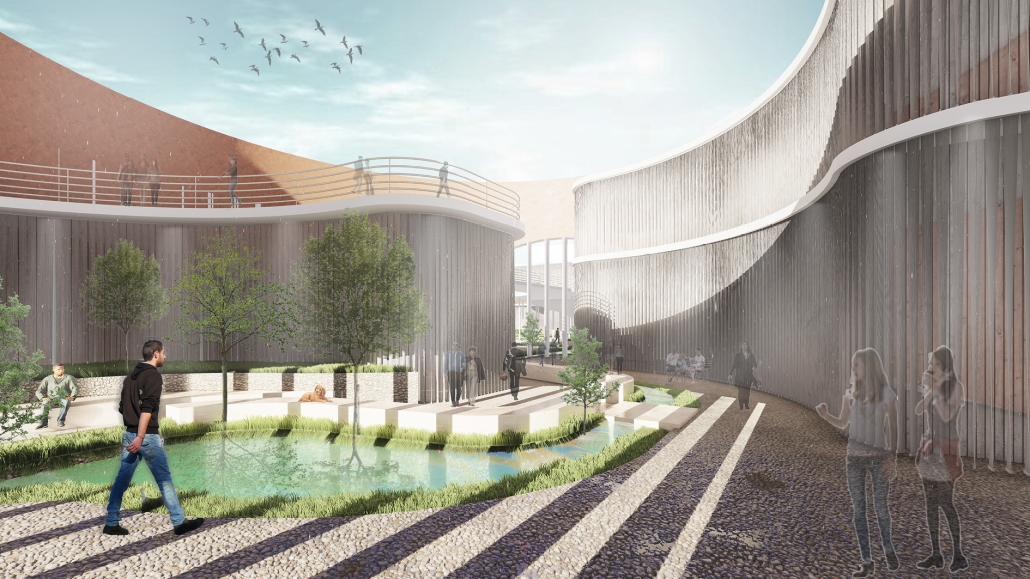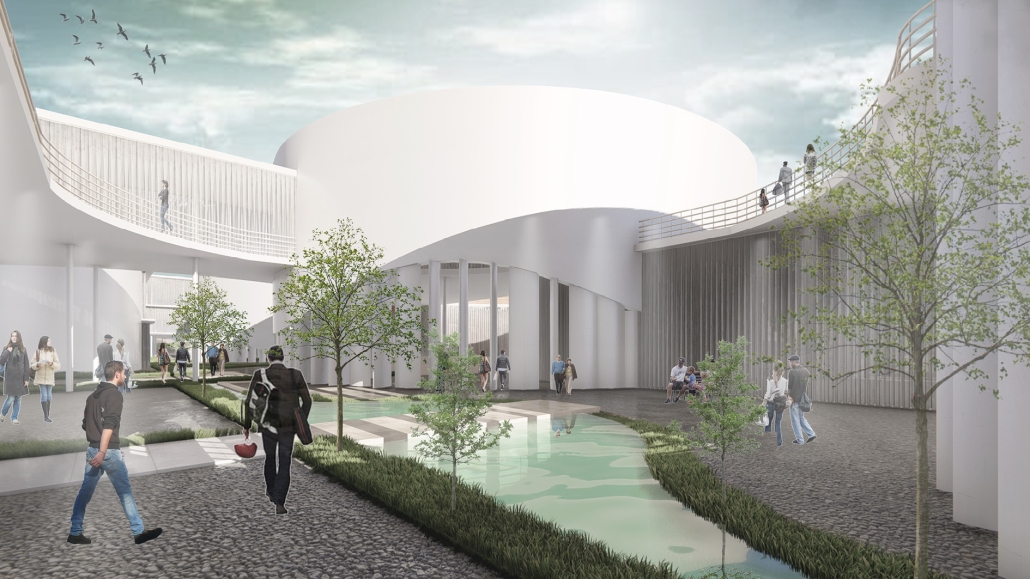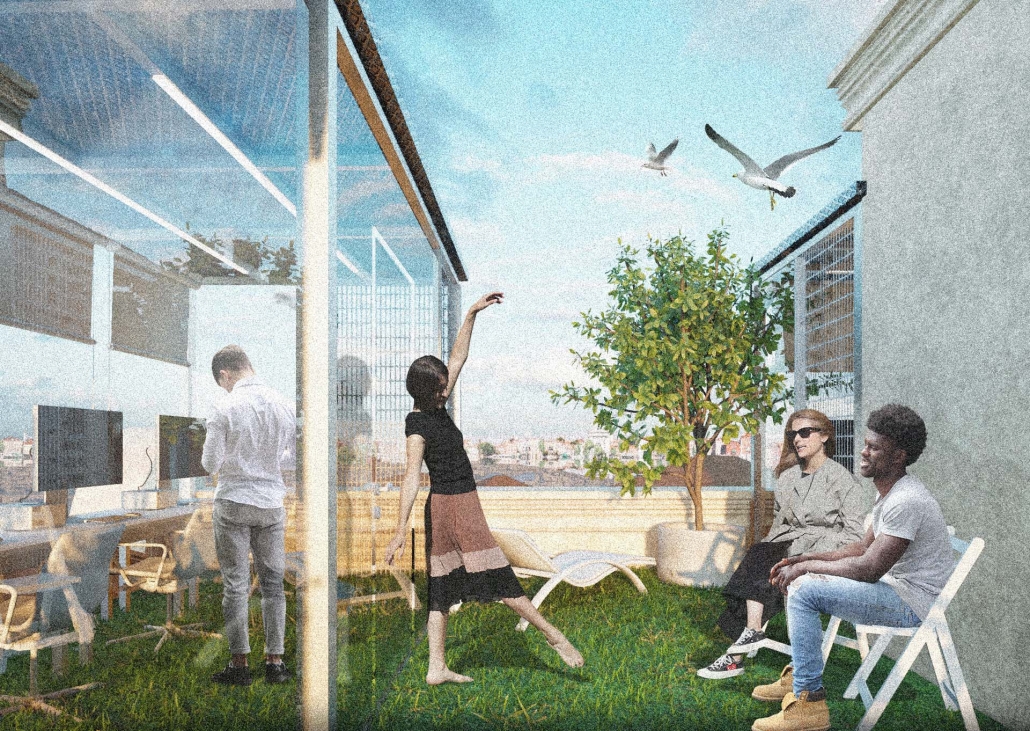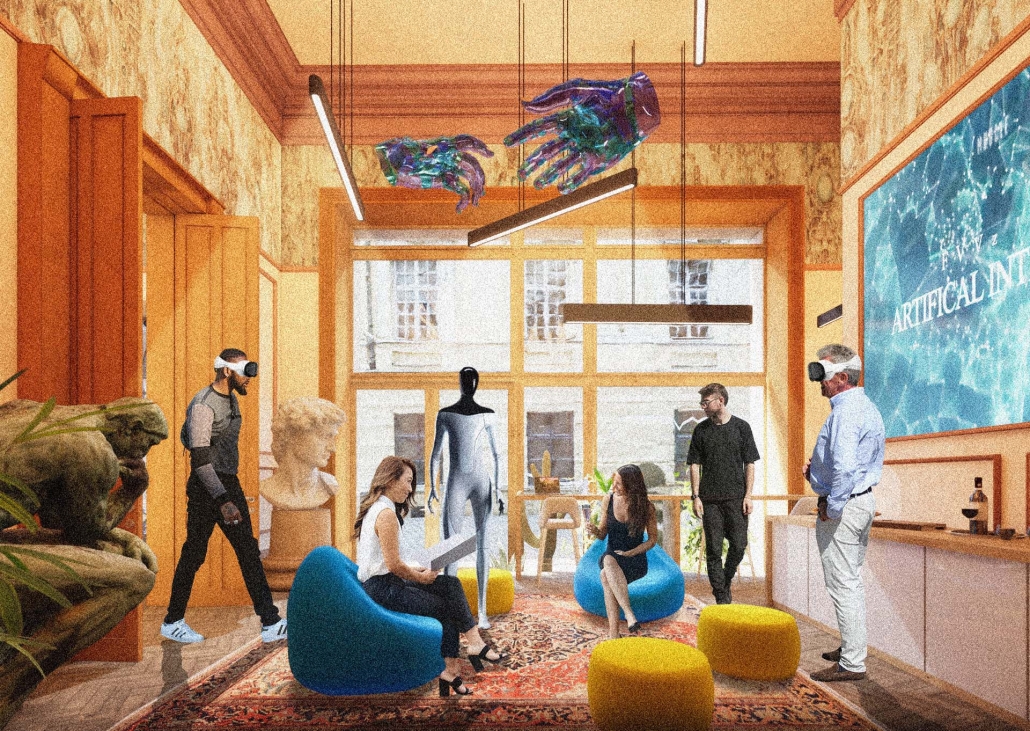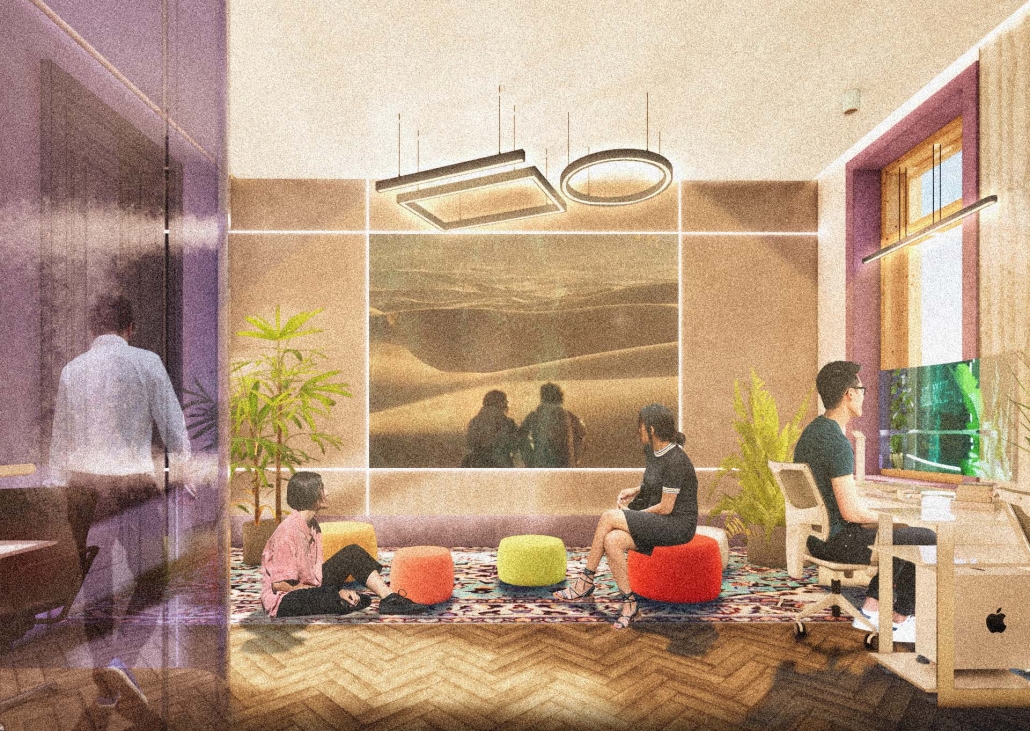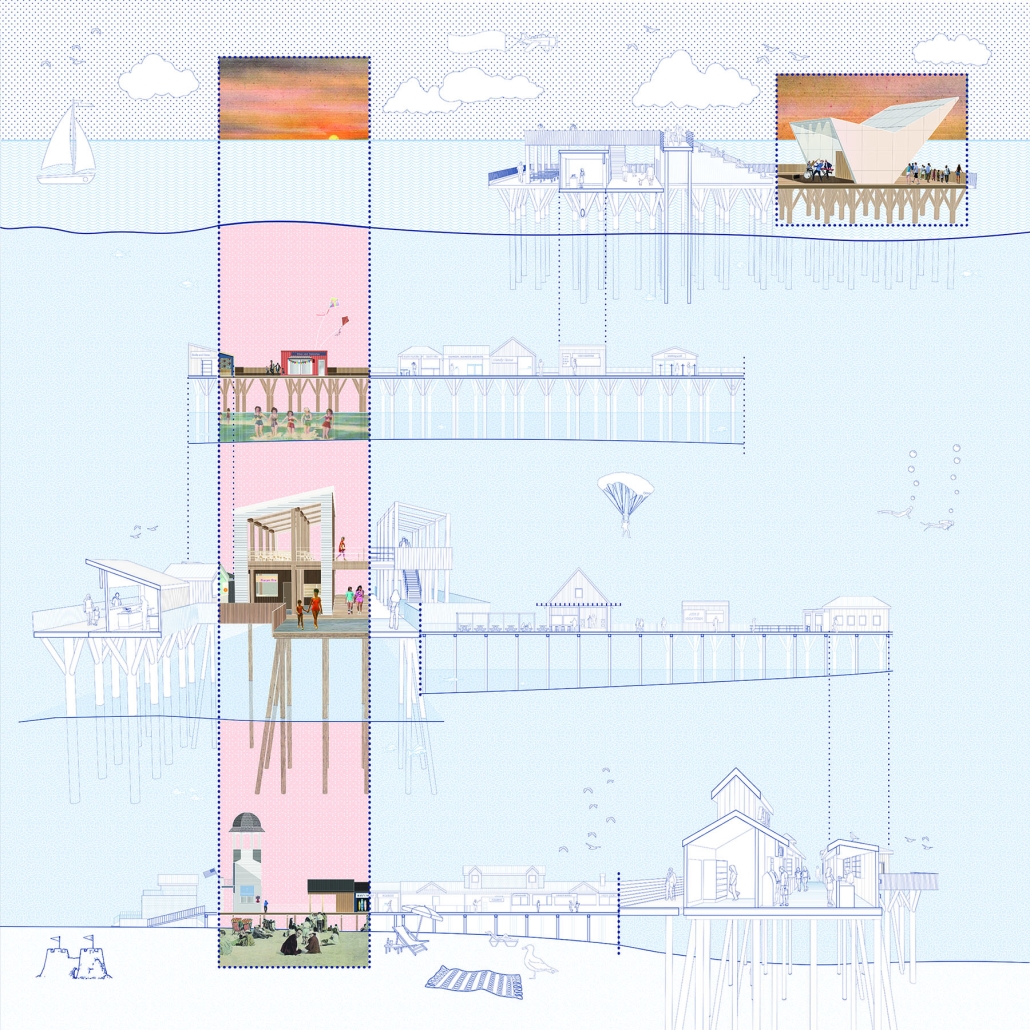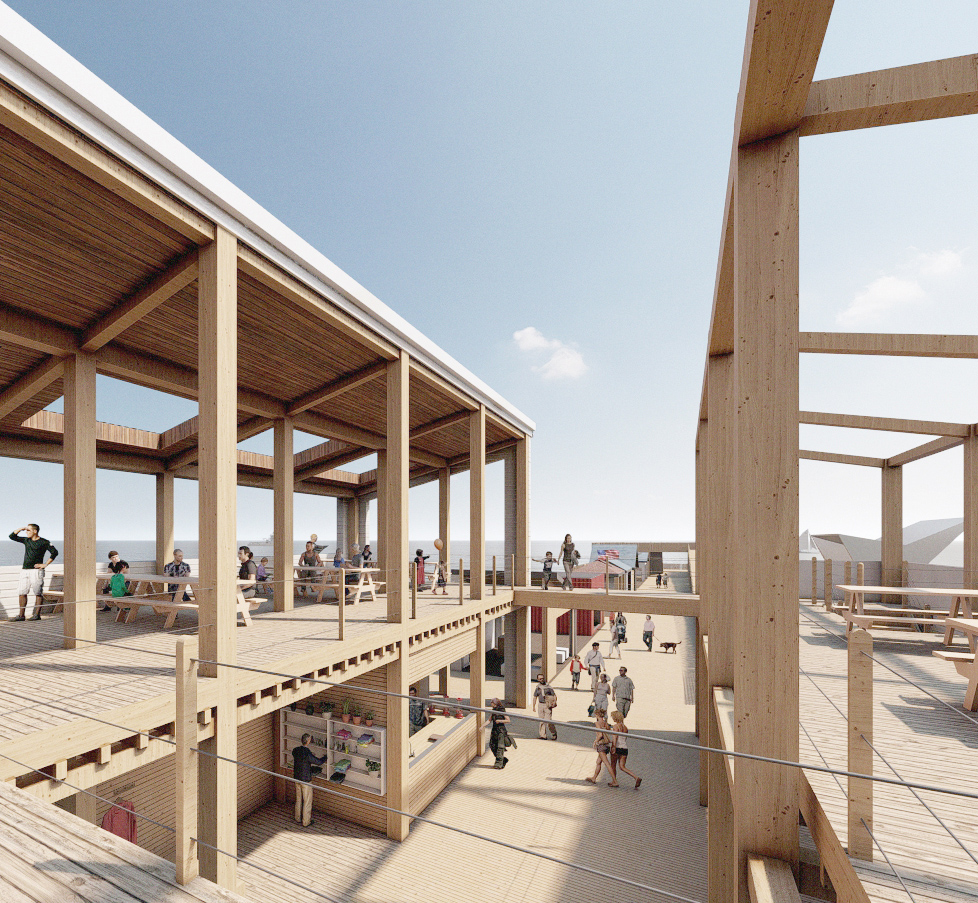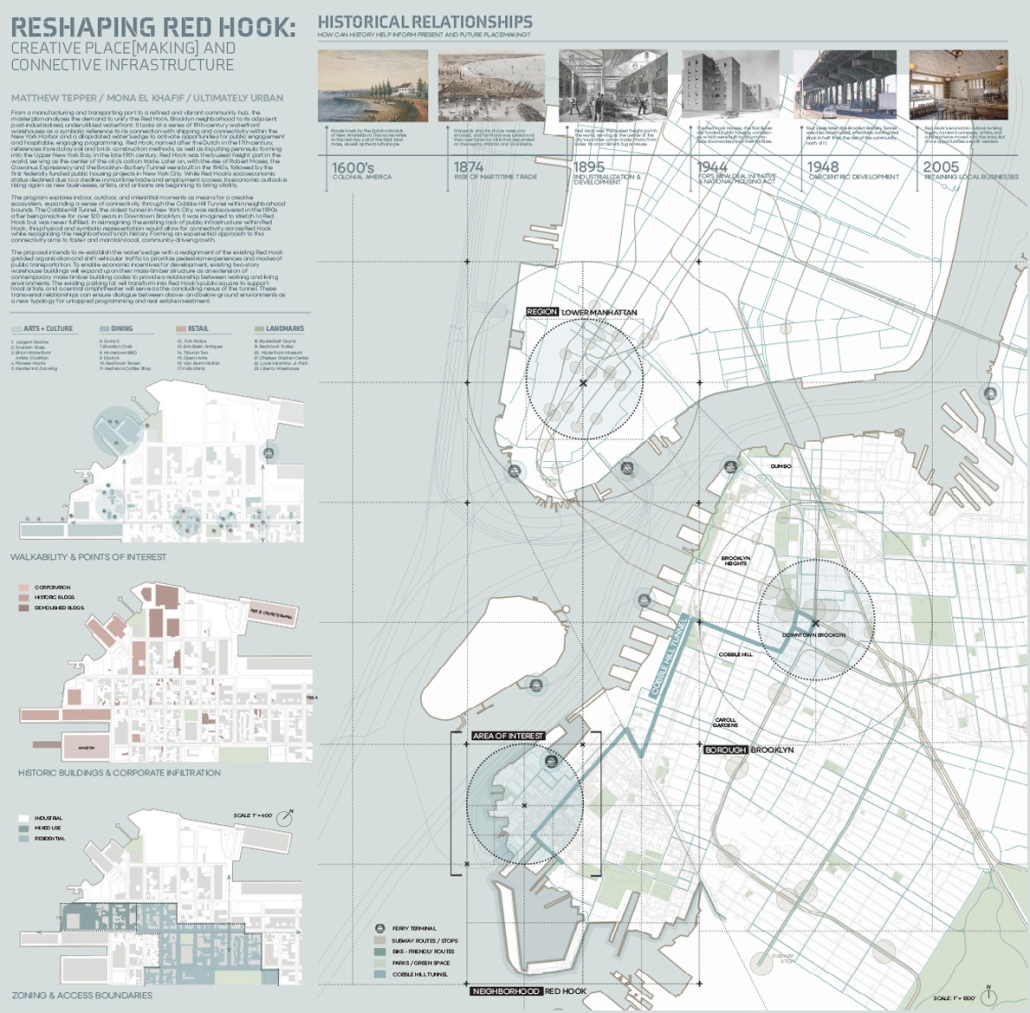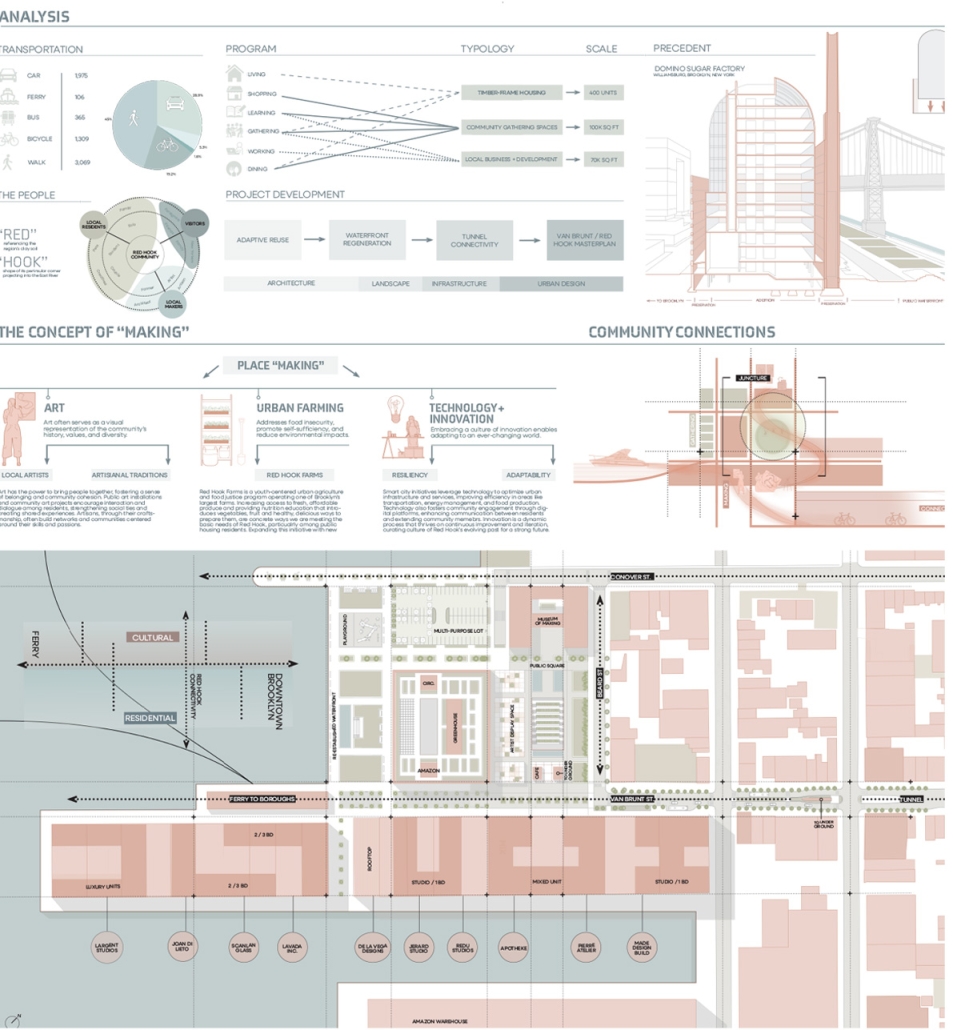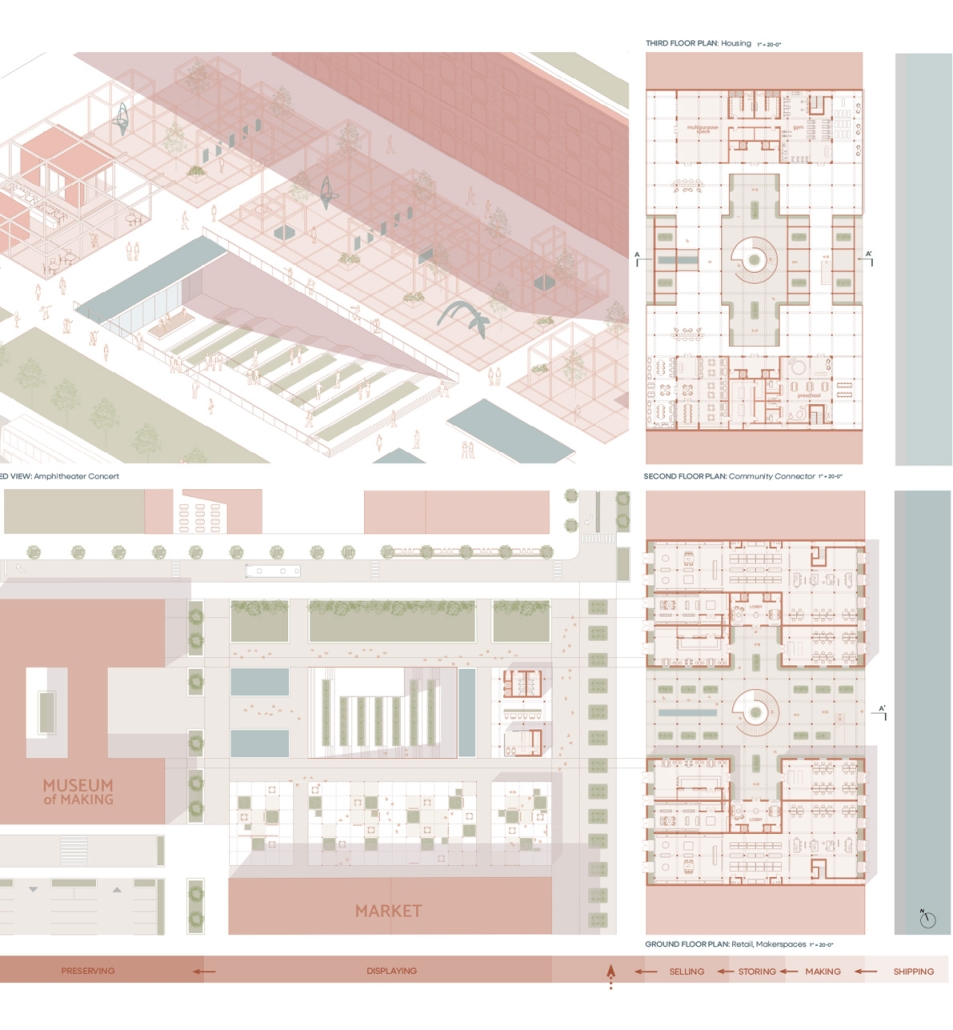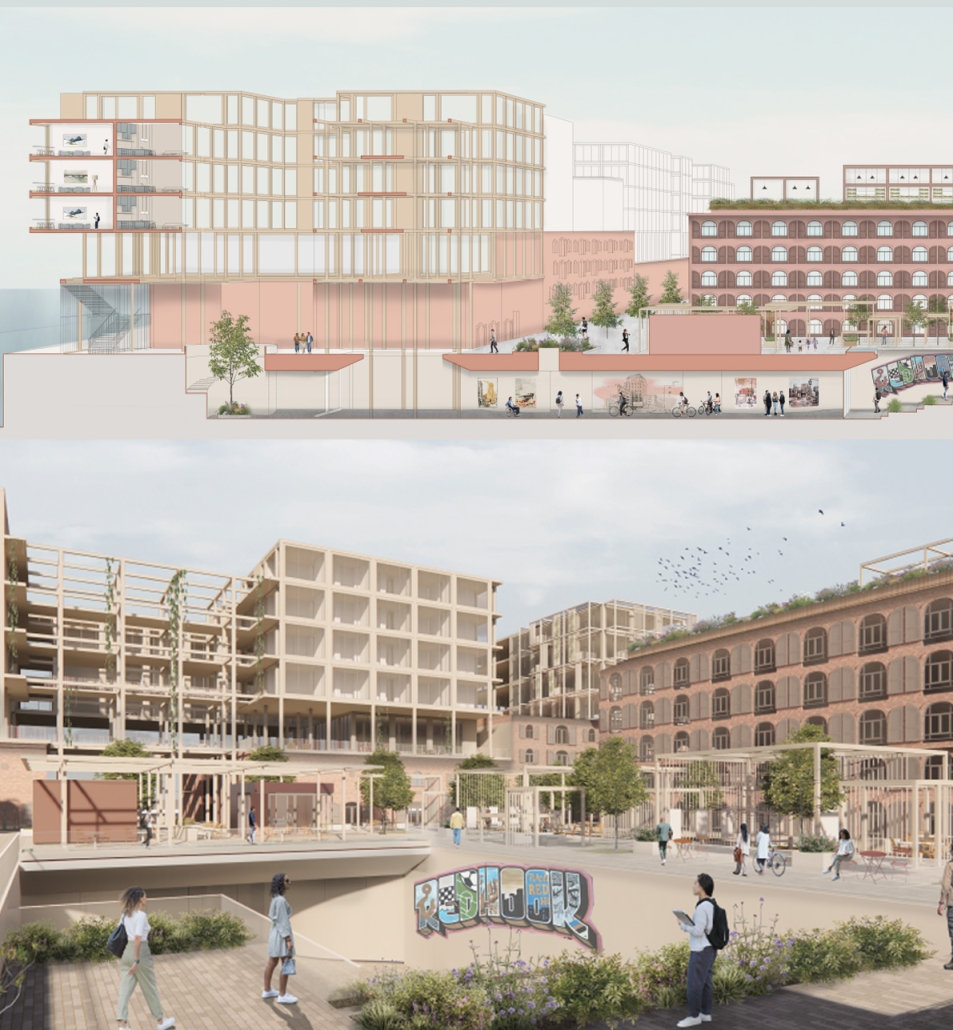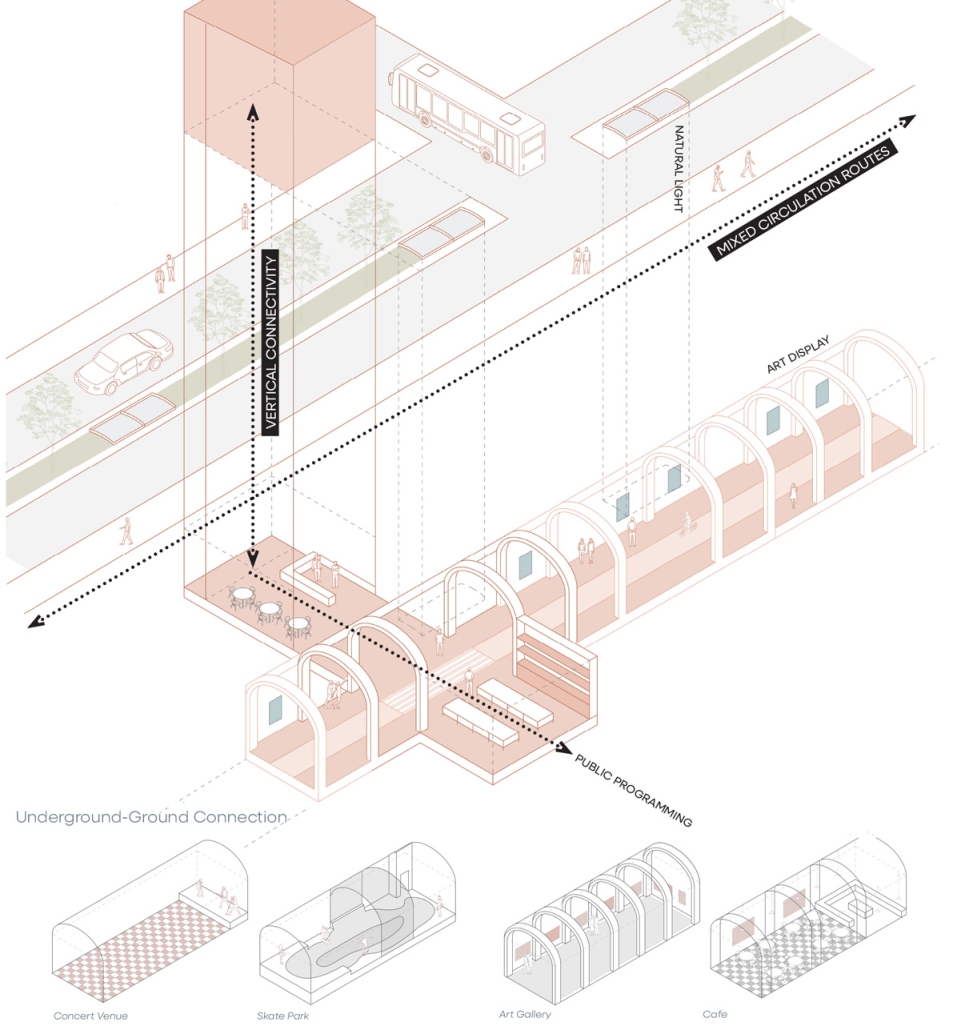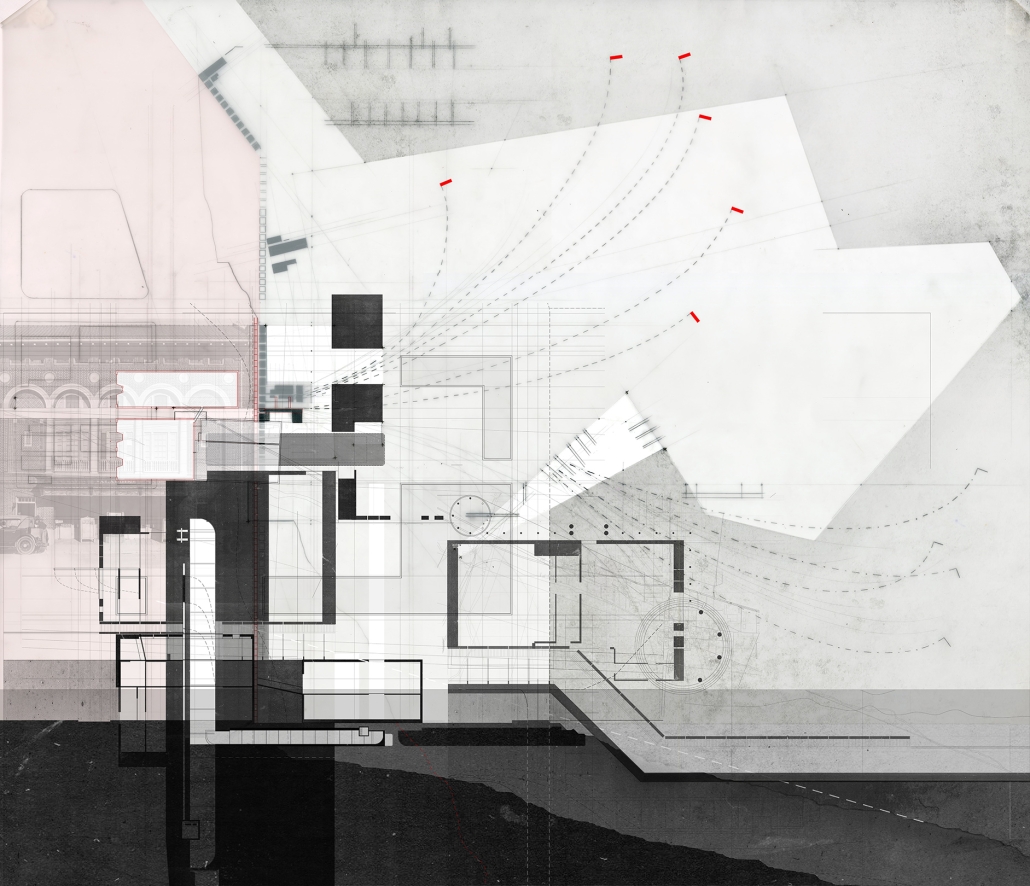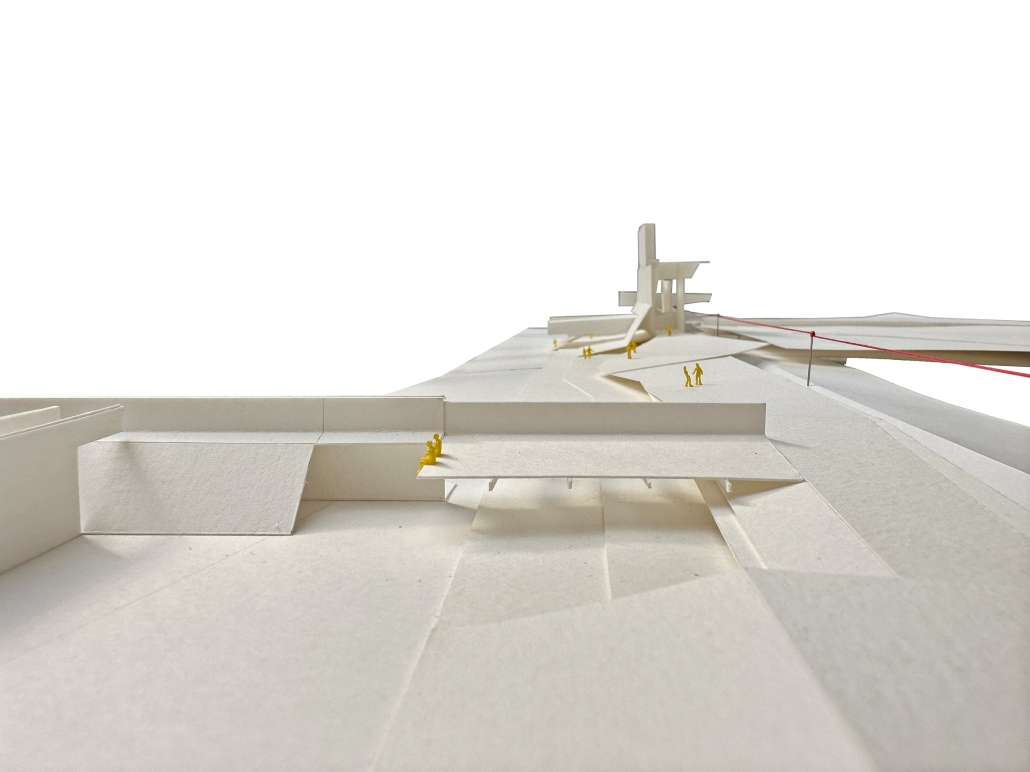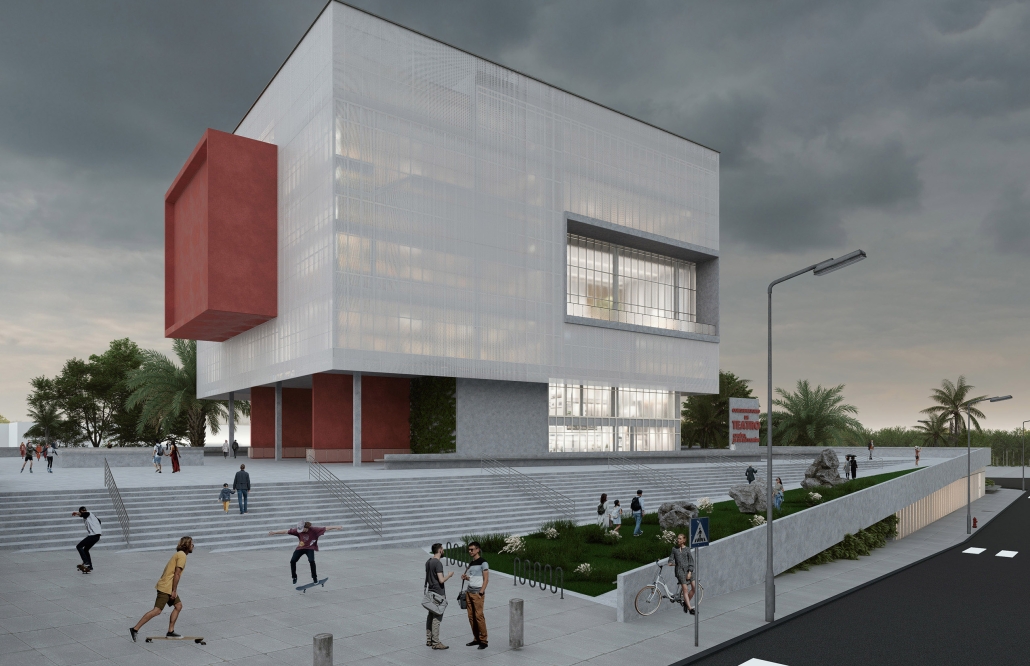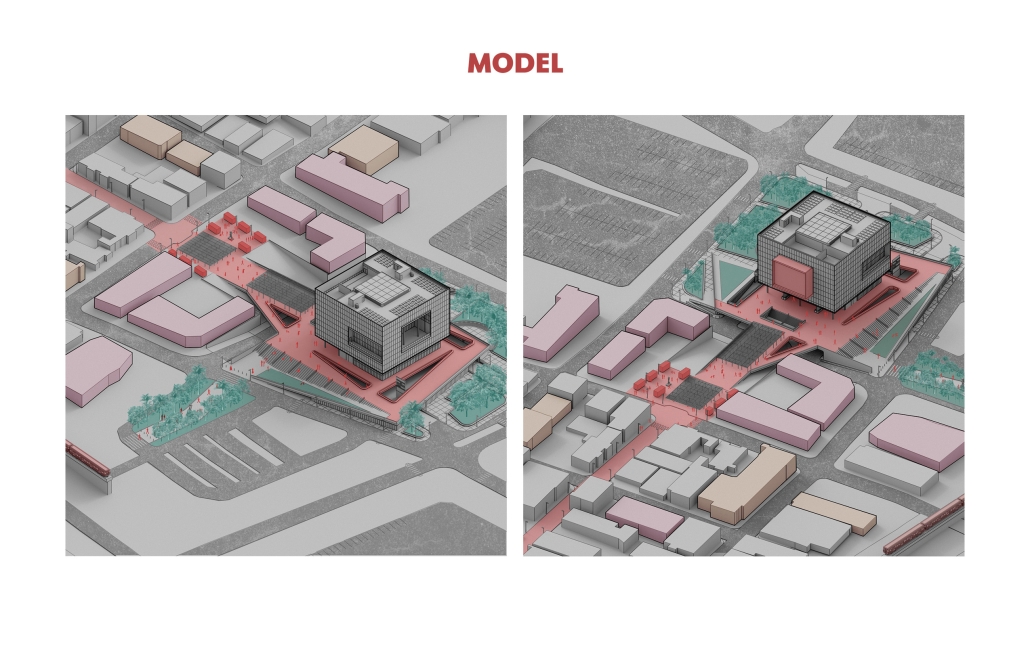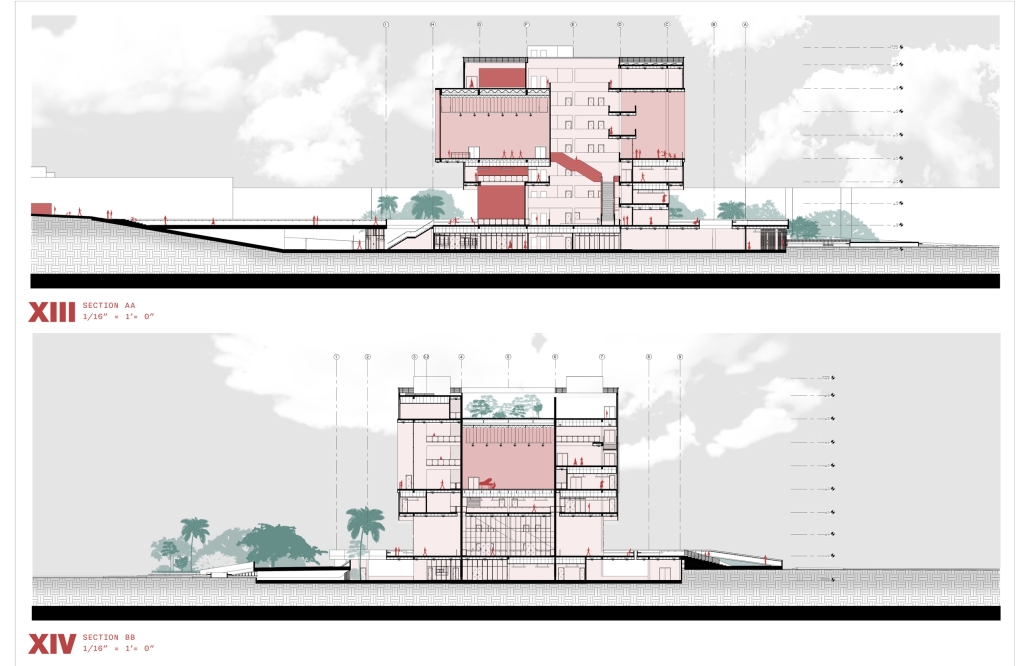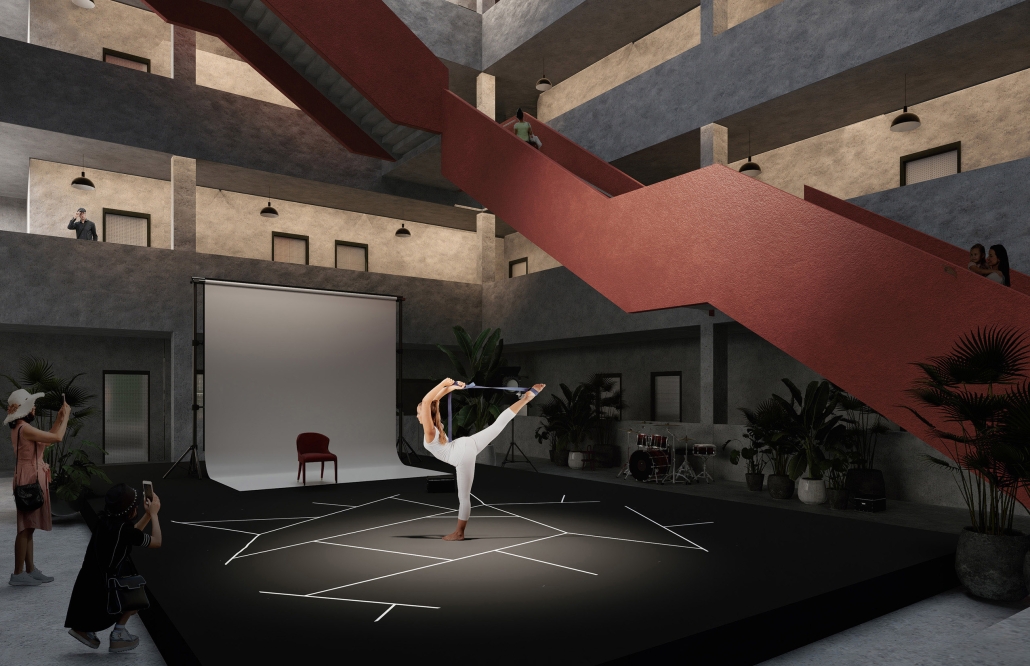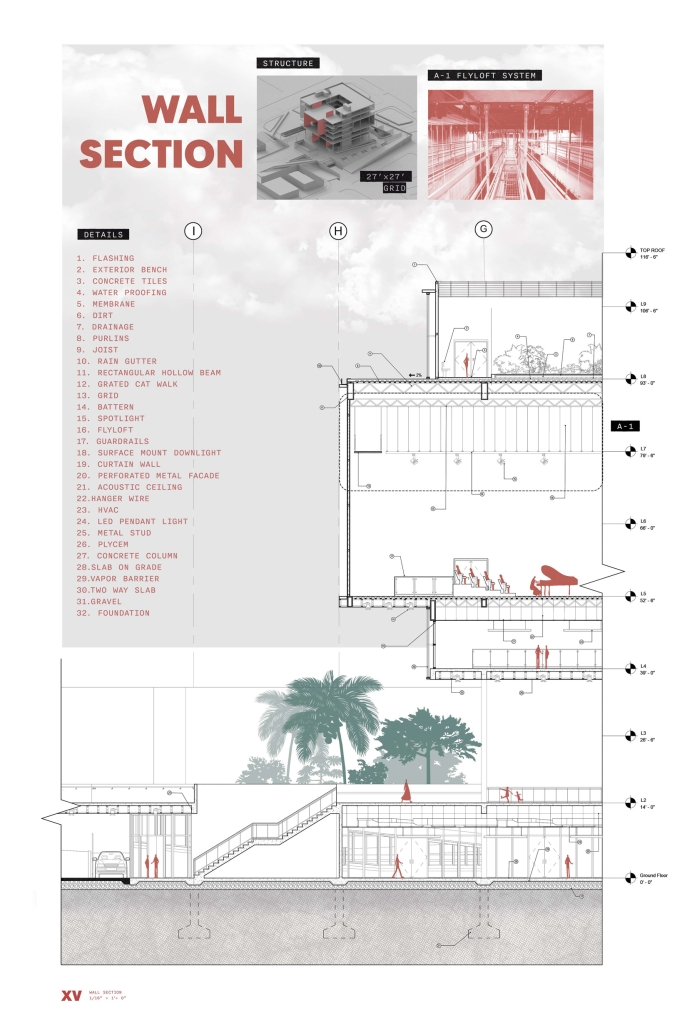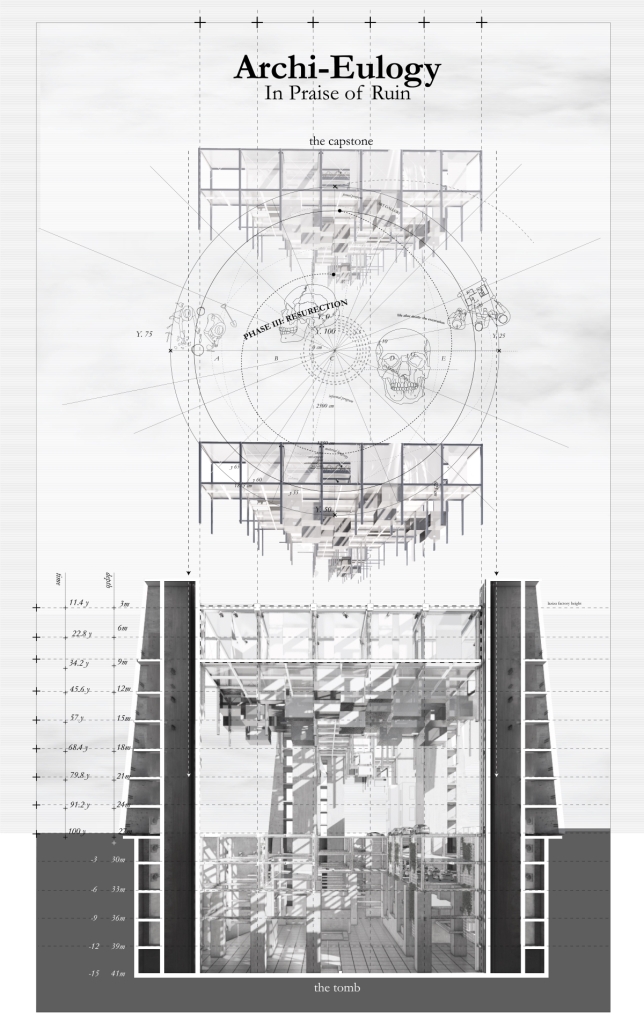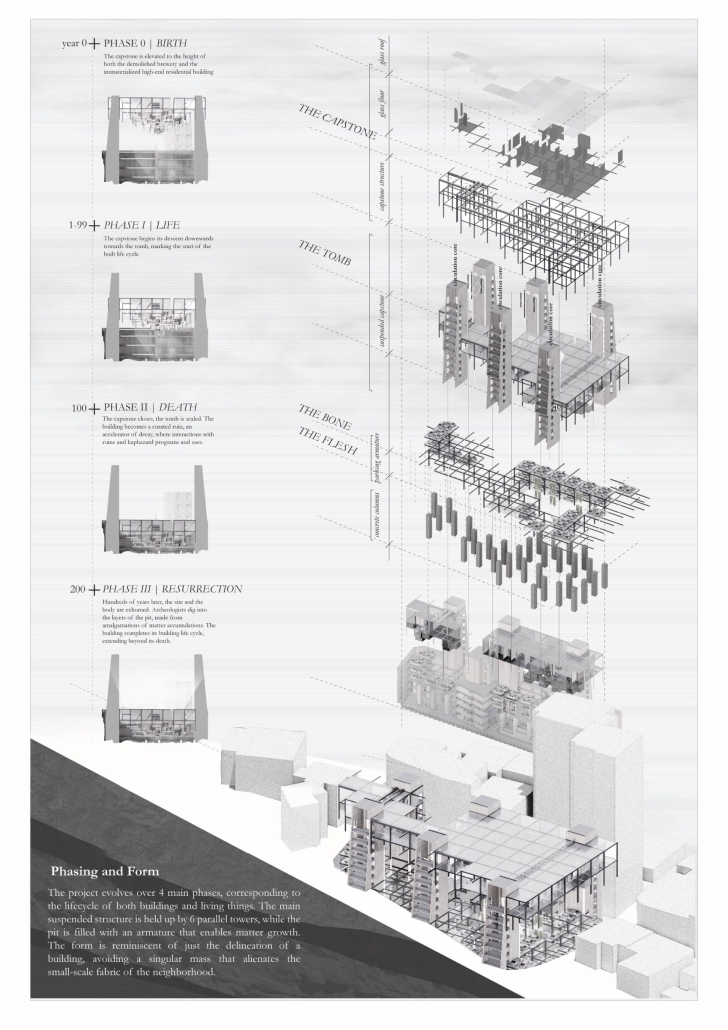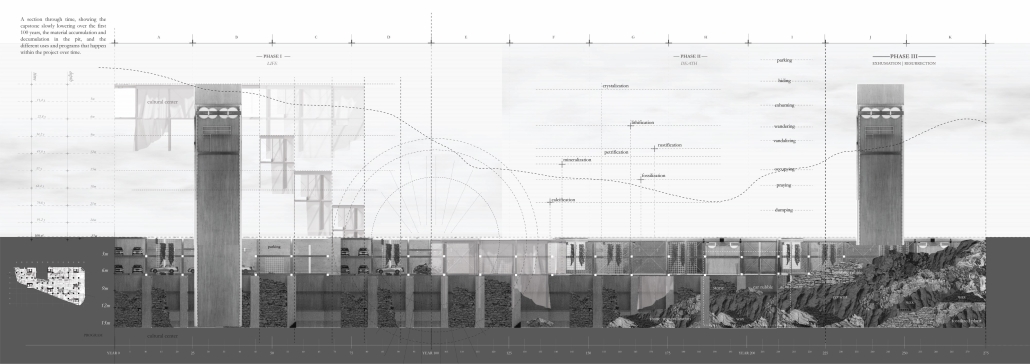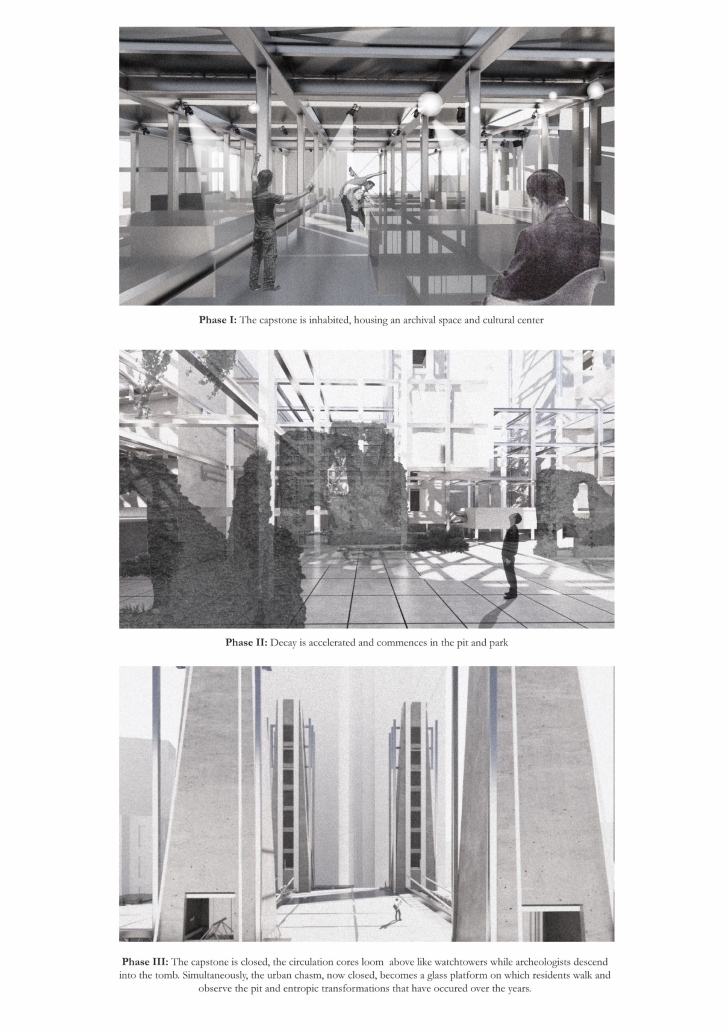What Is The Biggest Lesson You Learned In Architecture School?
In our last article, “What’s One Thing You Wish You Knew Before Architecture School?”, 25 architecture students shared the advice they wish someone had given them before they started their programs. They gave honest insights about expectations, challenges, and surprises. But what about the lessons that come after you’ve begun the journey?
In this follow-up, we asked the same group of students: “What’s the biggest lesson you’ve learned from architecture school?” Their reflections go beyond drafting and deadlines, as they speak to personal growth, resilience, creative confidence, and the evolving ways students think about design and themselves. Across the 26 responses, eight core lessons emerged—shared themes that reflect the challenges, growth, and transformation students experience throughout architecture school. Whether you’re just starting out or already deep in your journey, these lessons offer a look at the learning that happens when you step into (and stick with) architecture school.
Note: Responses have been slightly modified for clarity and length.
Some of the skills mentioned that our respondents learned in architecture school are unique to the field. However, their intensity and integration into the design process make them especially transferable. These lessons don’t just shape you as a future architect; they prepare you for almost any path you take and equip you with tools that are just as valuable in life as they are in practice. This is mostly due to the fact that:
1. Architecture is not a solitary discipline, it’s shared, social, and deeply interconnected.
[Architecture school’s] value goes far beyond architecture itself. It doesn’t just prepare you for one specific role—it gives you a way of thinking, a vision you can apply across many professions. If you’ve developed the capacity to collaborate and stay open to working with others, the skills and mindset you gain in architecture school can carry over into a wide range of fields.
—Sam Sabzevari, Toronto Metropolitan University, Class of 2024
Architecture isn’t just about designing pretty buildings; it’s about telling stories, reflecting culture, and shaping people’s lives. I realized that architecture is much more than just form and aesthetics, every design decision carries meaning and responsibility. That shift in perspective made me more thoughtful and intentional in my work knowing the social impact it can have.
—Sara Suliman, American University of Sharjah, Class of 2024
The importance of designing critically and creatively simultaneously. Architectural projects are not solely about making things look beautiful; it’s about solving complex problems with intention, empathy, and adaptability. I also learned the value of iteration; great ideas rarely arrive fully formed, and it is often part of the process of talking with your professors, friends, and peers that leads to innovation.
—Matthew Tepper, University of Virginia, Class of 2024.
Architecture is expansive, interdisciplinary, and all-encompassing. I entered school thinking that architecture is just about buildings and a way to connect the arts and STEM, and I left school knowing that architecture touches all aspects of our lives. Architecture is political and personal; we are implicated within it from the homes we live in to the cities and structures that make up our world. It is poetic and philosophical; it is our bridge between the past and the future, and it helps us understand our relationship with the world and how we continually engage with the environments we are embedded in. It is culture and creativity, narrative power, and most importantly, architecture is activism. It has the capacity to harm or heal, to repair and reconstruct a better world. In the current climatic condition and political state, we are at the crossroads of a future of uncertainty and possibility, and architecture is our tool for change and will have a vital part in moving us towards a future worth fighting for.
Since graduating and starting to work in the profession, I keep finding myself returning to this quote by Dr. Caroline Leaf: “Your purpose is not the thing you do. It is the thing that happens to others when you do what you do.” Our purpose and responsibility as architects goes beyond the designs we make; we have a crucial role in ensuring the health, equity, and well-being of our world and are tasked with building the structures necessary to uphold and sustain these values of good, for each other and for the future that will come after we are gone.
—Catherine Chattergoon, Pratt Institute, Class of 2024
Because architecture is not a solitary discipline, collaboration isn’t just encouraged—it’s essential. As you can see, many of our respondents agree that…
2. Architecture is a collaborative practice, built on relationships, dialogue, and shared vision.
The value of collaboration and feedback. Working with peers and receiving constructive criticism helped me develop my design skills and think critically about my work. I also learned to appreciate the importance of sustainability and social responsibility in architectural design.
—Yaimi L. Cartagena Santiago, Pontifical Catholic University of Puerto Rico, Class of 2024.
Honestly, it’s how essential it is to build relationships—with professors, visiting architects, and especially with your classmates. Some of my closest friendships were formed through long nights in studio, where we not only pushed each other creatively but also supported each other through the inevitable ups and downs. I’m incredibly grateful that, even now after graduating and working in different cities, we still find time to come together, catch up on life, and bond over the experiences we shared in school and the new ones we’re each creating in our professional and personal lives. Seeing how differently people think and approach design has been just as valuable as any technical skill I’ve learned. It’s a reminder that great design rarely happens in isolation; it grows from conversations, collaboration, and a genuine curiosity about how others see the world.
—Dillon Patel, North Carolina State University, Class of 2024
A good design takes time, and is rarely a solo effort. I used to spend hours just thinking about my design, visualizing how I wanted it to look, and how I could accomplish it. The most important step, and the biggest lesson that I have learned to remain consistent even in architecture firms, is that once I’ve built my vision/design, I always take it to someone else to review, whether it be my professor, boss, coworker, colleague, family member, classmates, friends, etc. [They]will be able to see a project through a different lens and point out any flaws where it could be better. Being able to listen to critiques and understanding others’ feedback is, in my opinion, what makes a great architect.
—Mason Ramsey, Marywood University, Class of 2024.
Talent alone will not take you to the endzone. Architecture is about much more. You need to be able to network and become comfortable with being uncomfortable. You need to sharpen your social skills and get over your fear of public speaking. I would say it’s not important, but necessary if you want to get anywhere with this career path.
—Jesus Guillermo Macias Franco, California College of the Arts, Class of 2023
How to work with people.
I understand that many students who are passionate about architecture and design often carry a beautiful, ideal world in their minds. Everyone has brilliant ideas and unique design visions. But once I entered architecture school, I realized that design is never a solitary act—especially in architecture.
From studio critiques and team projects to future collaborations in the professional world, architecture is built upon communication and teamwork. You can’t avoid dialogue or resist collaboration. Design is a language—and without strong communication skills and a willingness to engage with others, even the best ideas remain incomplete.
This is what architecture school taught me most:
Talk to people—because only through communication can your design truly come to life.
—Kai Chen, University of Pennsylvania, Class 2025
Design is not for the designer. Sure, it’s easy to get wrapped up in your own ideas and preferences when designing theoretical studio projects, but it’s important to remember that designers are almost always designing for someone else. We should never lose sight of how our designs impact those who use them —no matter the scale.
—Luke Murray, Mississippi State University, Class of 2024.
And with all that collaboration comes critique. In architecture school, feedback is constant—sometimes encouraging, sometimes tough, but always part of the process. So the best advice to grow (and stay sane) is…
3. Learn to embrace critique, but remain confident and trust yourself along the way.
Critique is where you grow, not where you shrink. In such a beautiful major where each one turns their own ideas into a unique project of their own, opinions arise. And this is where it is important, as architecture students, to learn to accept the critique and take it as an opportunity to question how other architects and peers perceive things. It expands your ideas and therefore your creativity. Architecture has certainly strengthened my personality and turned me into someone confident who is apt to defend their ideas and the value behind them.
—Angela Hanna, Holy Spirit University of Kaslik, Class of 2024
Listening to yourself is just as important as being open to feedback. If you believe in your idea and know it’s strong, stick with it, but stay open. If you receive challenging criticism, it doesn’t mean the project is dead. In fact, sometimes a lot of critique is a good sign. It means your ideas are worth talking about, or there’s a lot of potential. Ask yourself why the feedback landed that way, and refine your work through that lens.
At the same time, don’t hold on too tightly. Some of your best ideas will grow from the pieces of earlier ones you were willing to let go. Trust your gut, make the project make sense, and the rest will follow.
Also: don’t lose sleep over renderings.
—Steven Fallon, Boston Architectural College, Class of 2024 (M.Arch)
Embracing constructive criticism will take you SO far. The more experience you have receiving constructive criticism, the more you will be better able to filter out what is helpful and productive, and what is better applied to other projects. Moreover, the feedback you receive for one project should be applied to all of your projects; that is how you best grow in your practice of architecture.
—Elyssa Hines, Washington University in St. Louis, Class of 2027.
People will have opinions on your work (both good and bad). What one professor hates, another may love. Be confident in your designs regardless of what others think.
—Bailey Berdan, Lawrence Technological University, Class of 2022
The importance of confidence. If you don’t believe in your own idea or design, no one else will. Confidence allows you to present your work with clarity and conviction, and it helps you communicate your design to a wider audience. It’s not just about what you design, but how you stand behind it.
—Anushka Naik, NYIT, MS.AUD Class of 2024.
Failure is part of the process—and often the most valuable part. Projects grow through trial and error, and feedback (even tough criticism) helps you improve. Also, surrounding yourself with motivated, supportive friends from day one makes the stressful moments manageable and the successes more rewarding.
—Louis Y. Sepúlveda-Homs, Pontifical Catholic University of Puerto Rico, Class of 2025.
To trust yourself and trust the process. College is a long process, and you won’t understand the big picture until you realize you’re graduating and well on your way to becoming an architect
—Nick Biser, Marywood University, Class of 2024.
Though I am sure you want to implement advice and grow from the critiques you are given, keep in mind that progress in architecture school doesn’t happen overnight…
4. Growth takes time, so stay patient and committed.
Adopting new skills requires patience and concentration. I knew how to draw before starting my graduate program. However, architecture school required a more advanced level of technicality in representation. I had to master new software, history, and theory by engaging in my course assignments with consistent effort. My hand drawing and digital drafting has improved dramatically because of the work that went into achieving that proficiency.
—Daniel Icaza-Milson, University of Texas, Austin, Master of Architecture 2025
Each level in architecture taught me to adapt, evolve, and shape a better version of myself—just like our designs, we’re constantly a work in progress.
—Rachana Charate, RV College of Architecture, Class of 2023 (M. Arch Urban Design)
You’ll grow faster if you remember to …
5. Stay curious! Ask questions and keep learning.
Ask why about all the decisions you make. This will truly help the design and thought process during the design.
—Henry Li, Savannah College of Art and Design, Class of 2024.
You are not finished learning after you graduate! You must be a student for life, and continue to absorb and respond to new information every day. Keep building on your knowledge and stay in touch with your inner student.
—Sabrina Innamorato, New York Institute of Technology, Class of 2024 (M.Arch)
Beyond personal development and the broader application of skills, you also learn about core values of the discipline, and that includes the fact that…
6. Architecture begins with empathy and introspection.
Architecture must be empathetic. You don’t design for yourself, but for the people who will inhabit those spaces. Every line, every decision, should respond to their needs, contexts, and aspirations. It’s not enough for a project to look good—it has to feel right, function well, and genuinely improve the lives of those who use it. Architecture transforms lives, and for that reason, it must be responsible, sensitive, and accessible.
—Sebastián André Colón López, Pontifical Catholic University of Puerto Rico, Class of 2024.
Architecture school doesn’t really teach you about architecture; it teaches you introspection. To think critically, to approach problems with care, and to find creative, thoughtful solutions.
It teaches you empathy—for the earth and the places we build on and extract from. It teaches you empathy for yourself, for your limits and mental health, and for others—your peers, who become your closest allies and lifelong friends.
It teaches you discipline—the ability to deliver on time, to hold yourself accountable, and to communicate your ideas with clarity and conviction.
To study architecture is to cultivate introspection, a quiet but essential skill that shapes not only the work you do, but also the architect you become.
—Daniel Wong, University of Toronto, Class of 2024
Lastly, but certainly not least, as a field that contains so many multitudes, it is essential to…
7. Appreciate the shades of gray.
Design is never about finding the “right” answer. It is all about the process of exploring, questioning, and constantly improving. You must maintain an open mind and be self-critical of your design, always asking yourself why you are making certain choices. I also learnt that just because a project has a deadline does not mean it is finished; there is always room to go back and improve it, but you also need to know when to let go. That kind of mindset changed the way I approach design and life in general.
—Razan Almajid, American University of Sharjah, Class of 2024
When it comes to things, especially design, there is no such thing as absolute “correct” or “wrong.” These judgments can only be made within a relative framework. At my school, about 60 students design projects [based] on the exact same site each semester in studio. Yet each student approaches the project with entirely different concepts and scales. By the end of the term, there are 60 completely different architectural proposals gathered on the same site.
The criteria for judging whether these designs are “correct” or “wrong” as architecture are nothing more than relative measures defined within the framework of the studio. What is considered correct within the context of the studio does not necessarily align with what is correct in the context of real-world architecture. In that sense, engaging in discussions about what is ‘right’ or ‘wrong’ within a relative framework turned out to be a valuable lesson.
—Shun Sasaki, Southern California Institute of Architecture, Graduated in 2024
Be precise. Not just in drawings or models, but in language and intent. It’s easy to hide behind complexity or visual tricks, but architecture school taught me that the hardest thing is to be direct—clear in what you’re saying, why you’re saying it, and how it’s being read. That kind of clarity is what actually gives the work weight.
—Anonymous
The journey through architecture school is clearly more than an exercise in mastering technical skills; it’s a profound period of personal and professional transformation. As the reflections from these 26 students reveal, the lessons learned extend far beyond drafting tables and deadlines, shaping not only future architects but also well-rounded individuals prepared for a diverse range of paths.
Ultimately, the skills and mindset gained are universally transferable, equipping graduates with tools that are as valuable in life as they are in practice. Whether it’s the ability to work effectively in teams, articulate complex ideas with precision, adapt to feedback, or approach challenges with a curious and empathetic lens, the education cultivates a unique readiness for an ever-evolving world. Architecture school, it turns out, is not just about building structures; it’s about building character, vision, and the capacity to contribute meaningfully to any endeavor.

